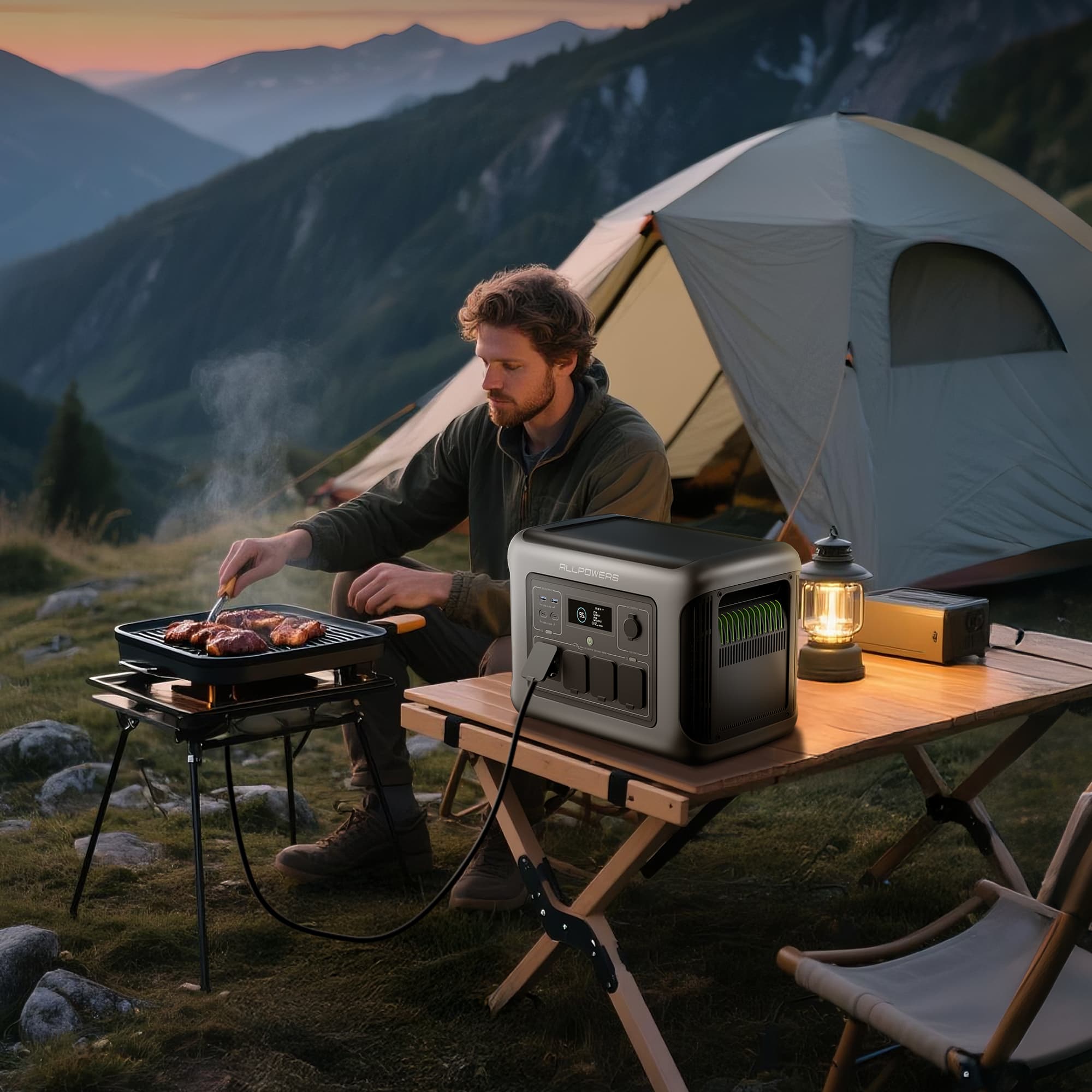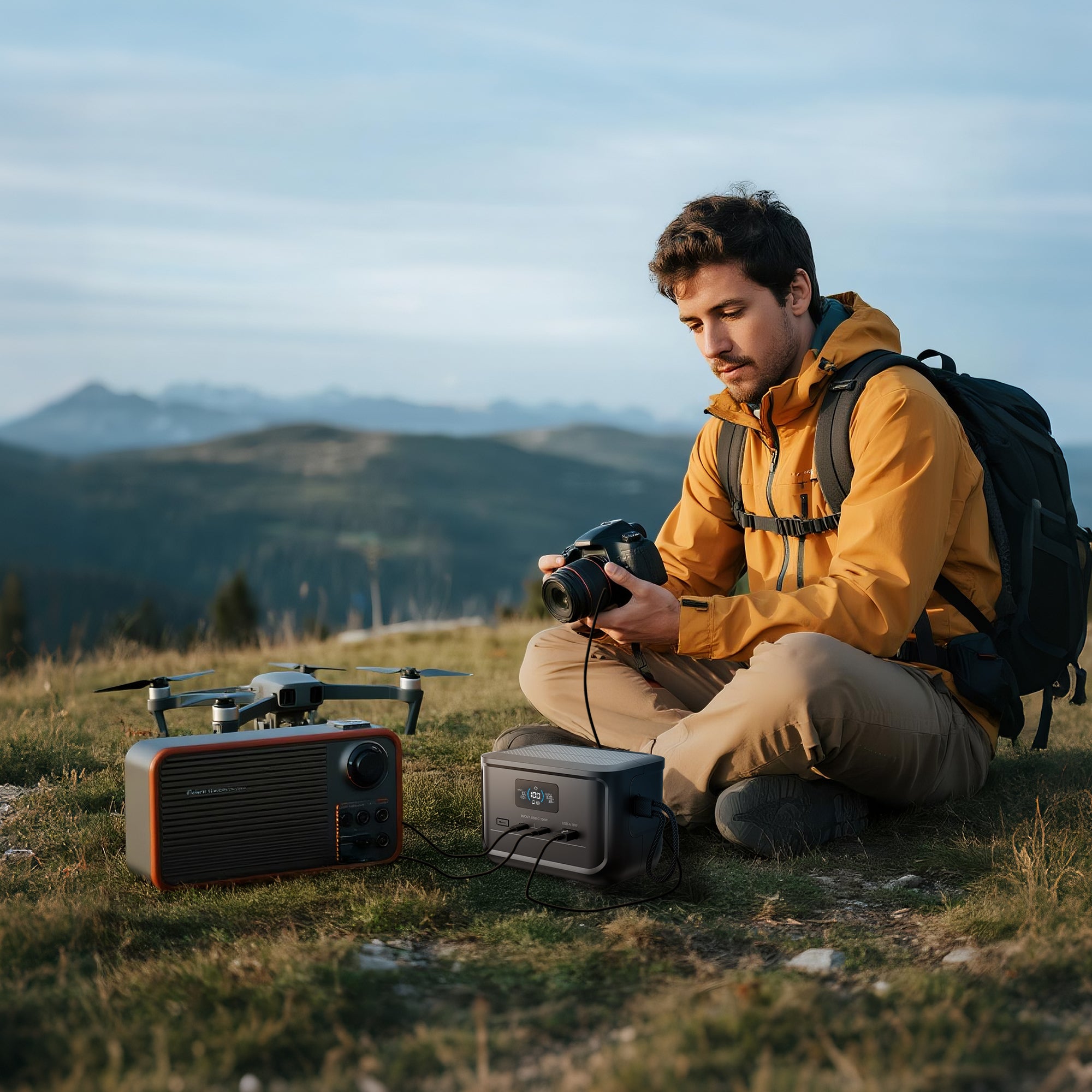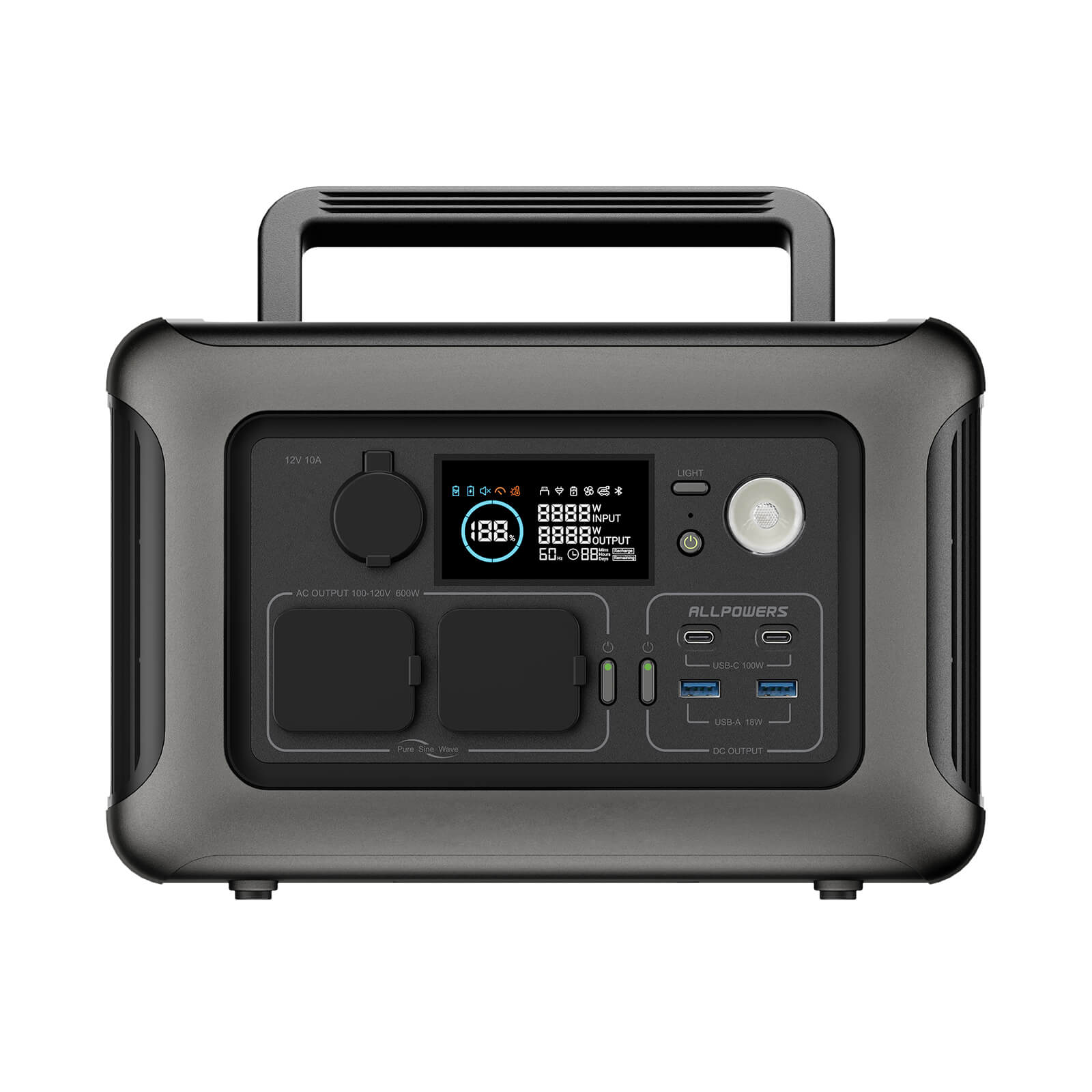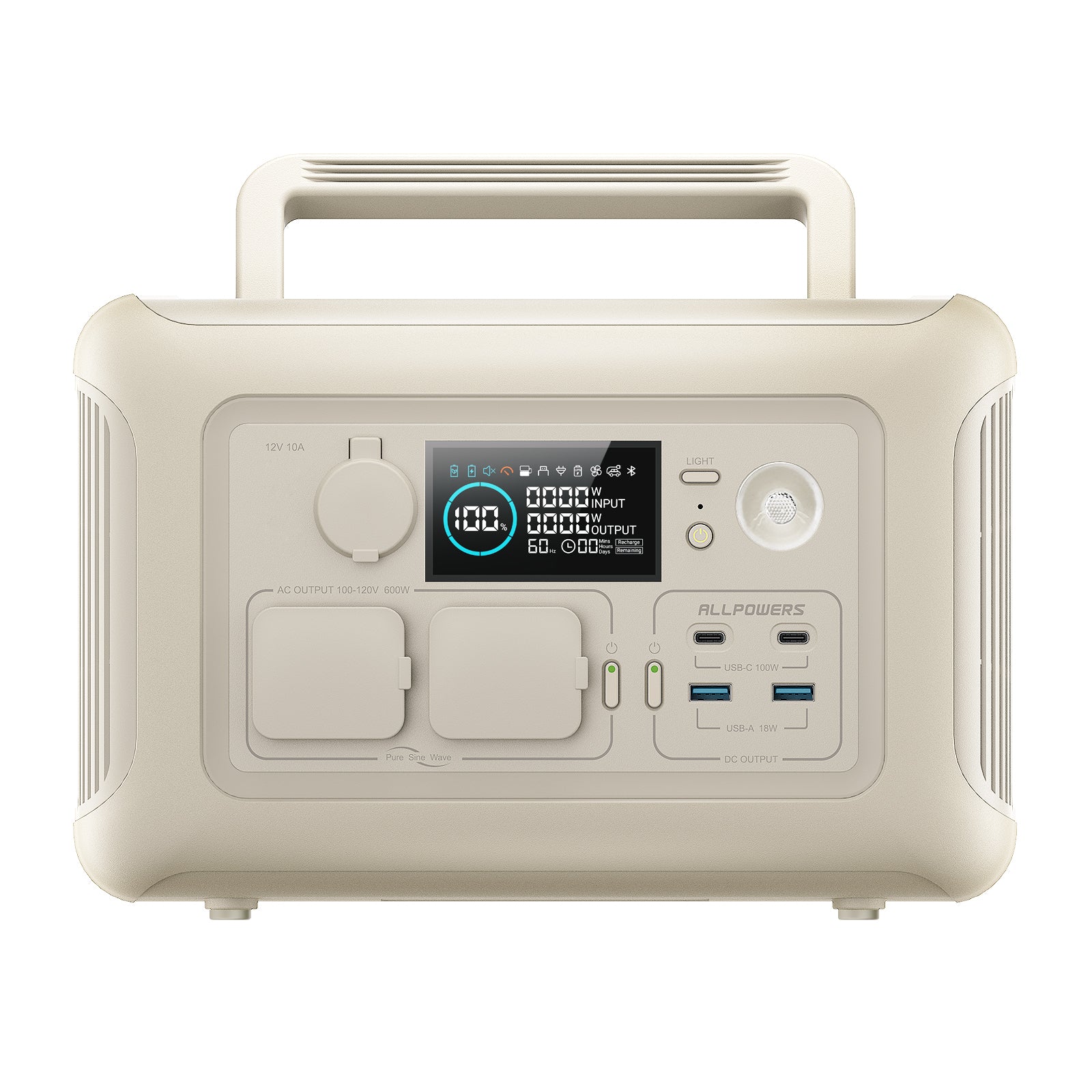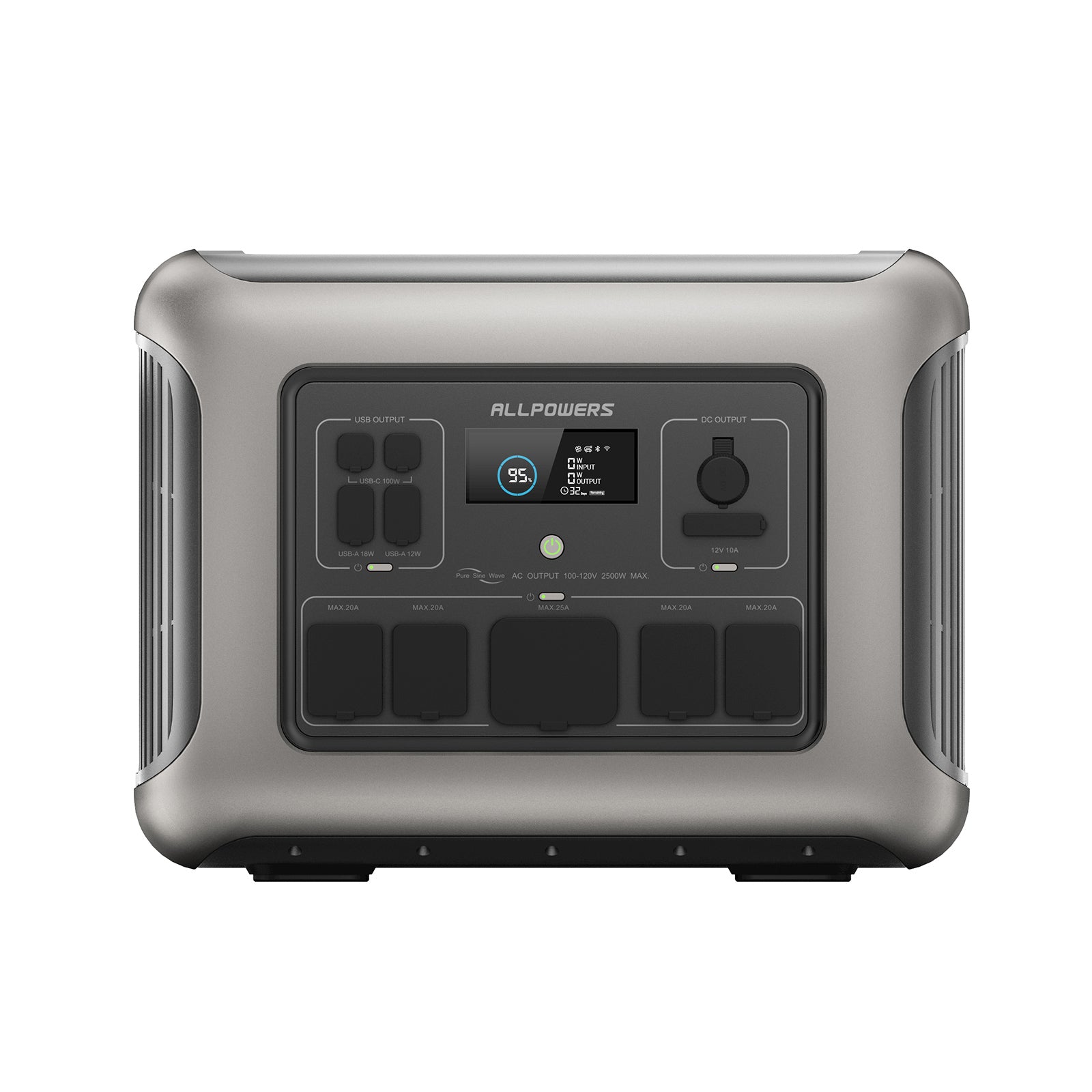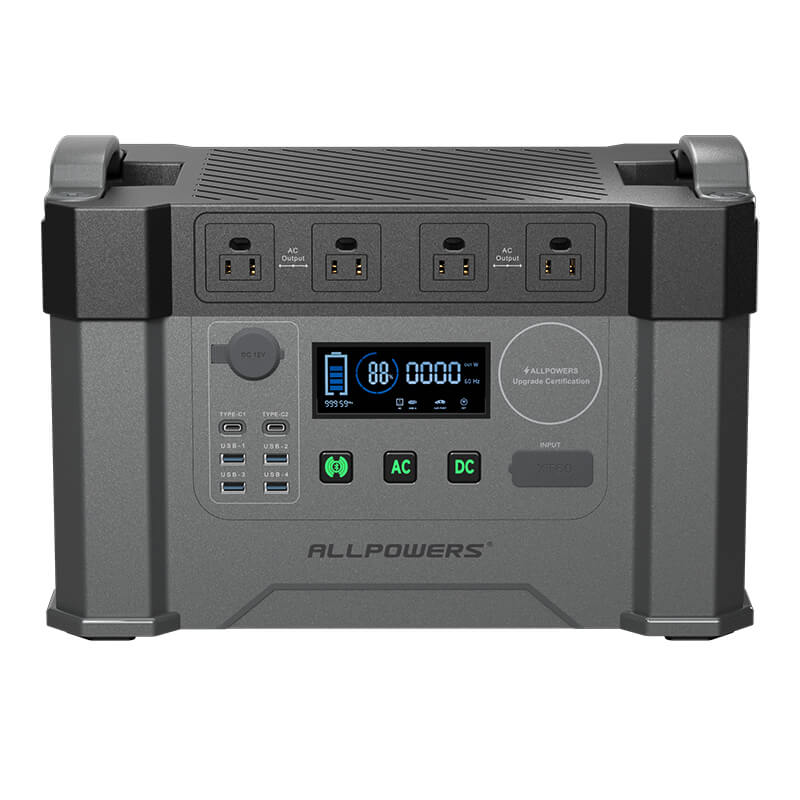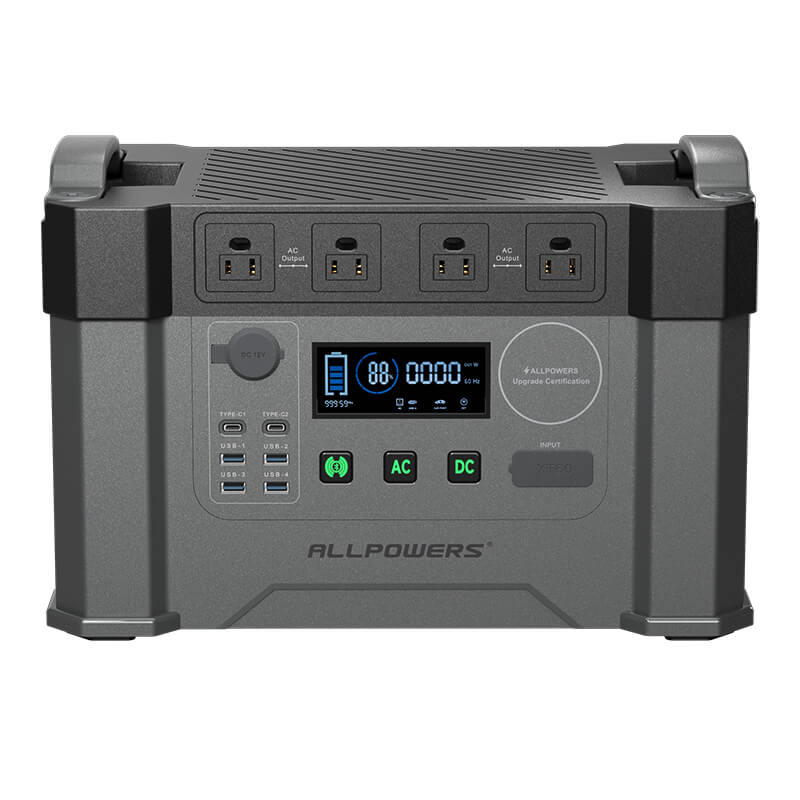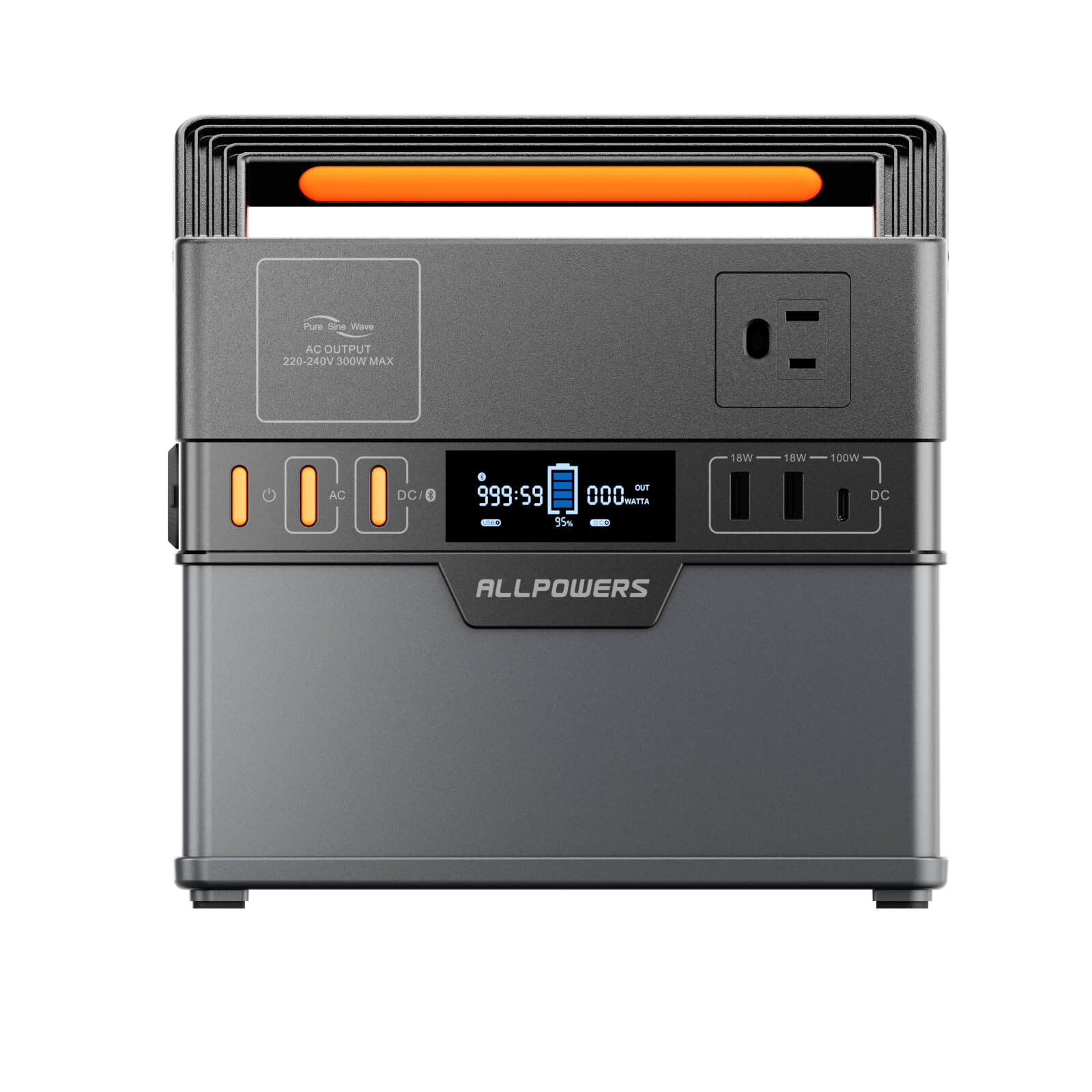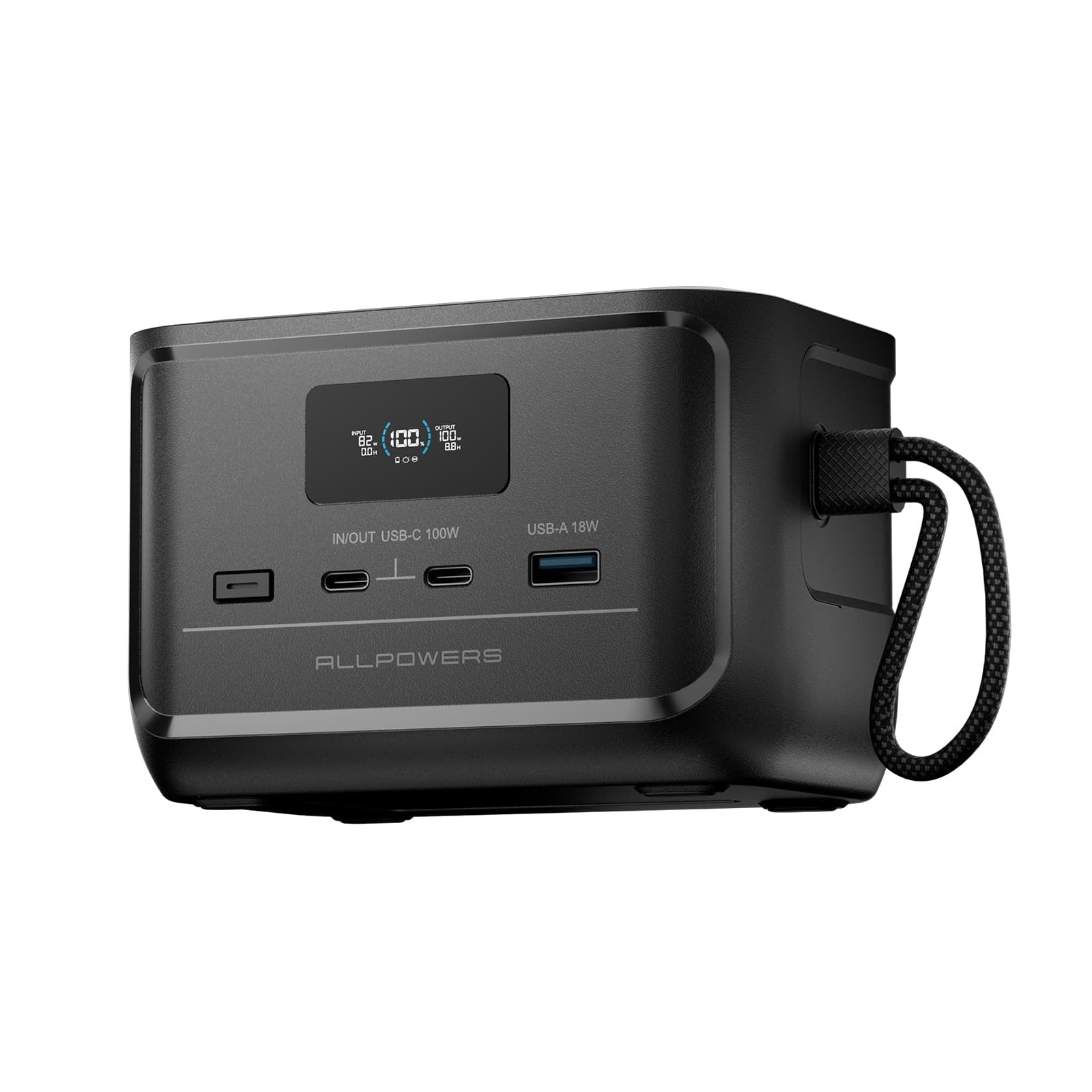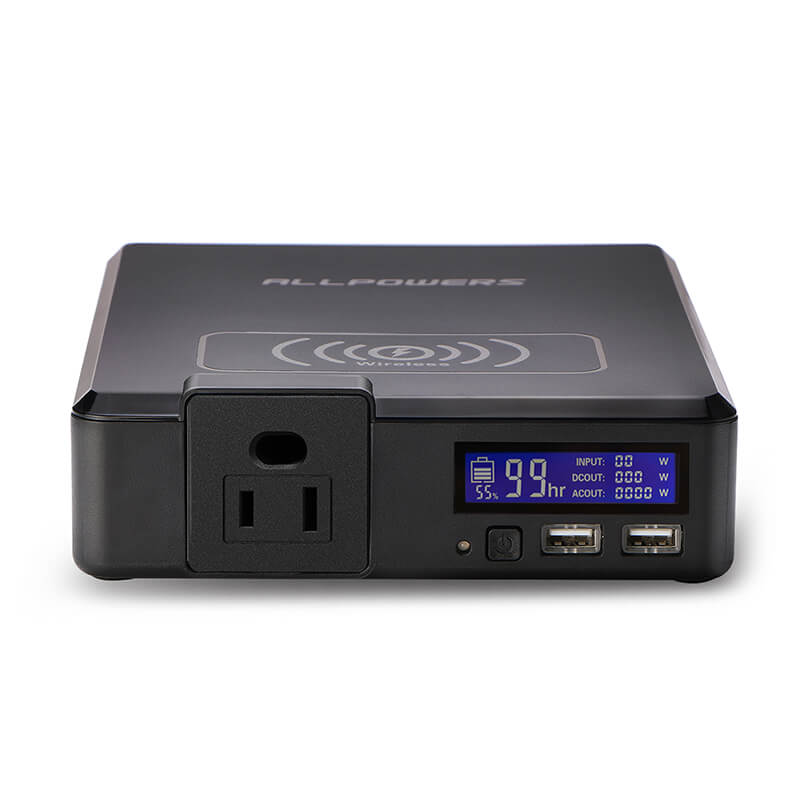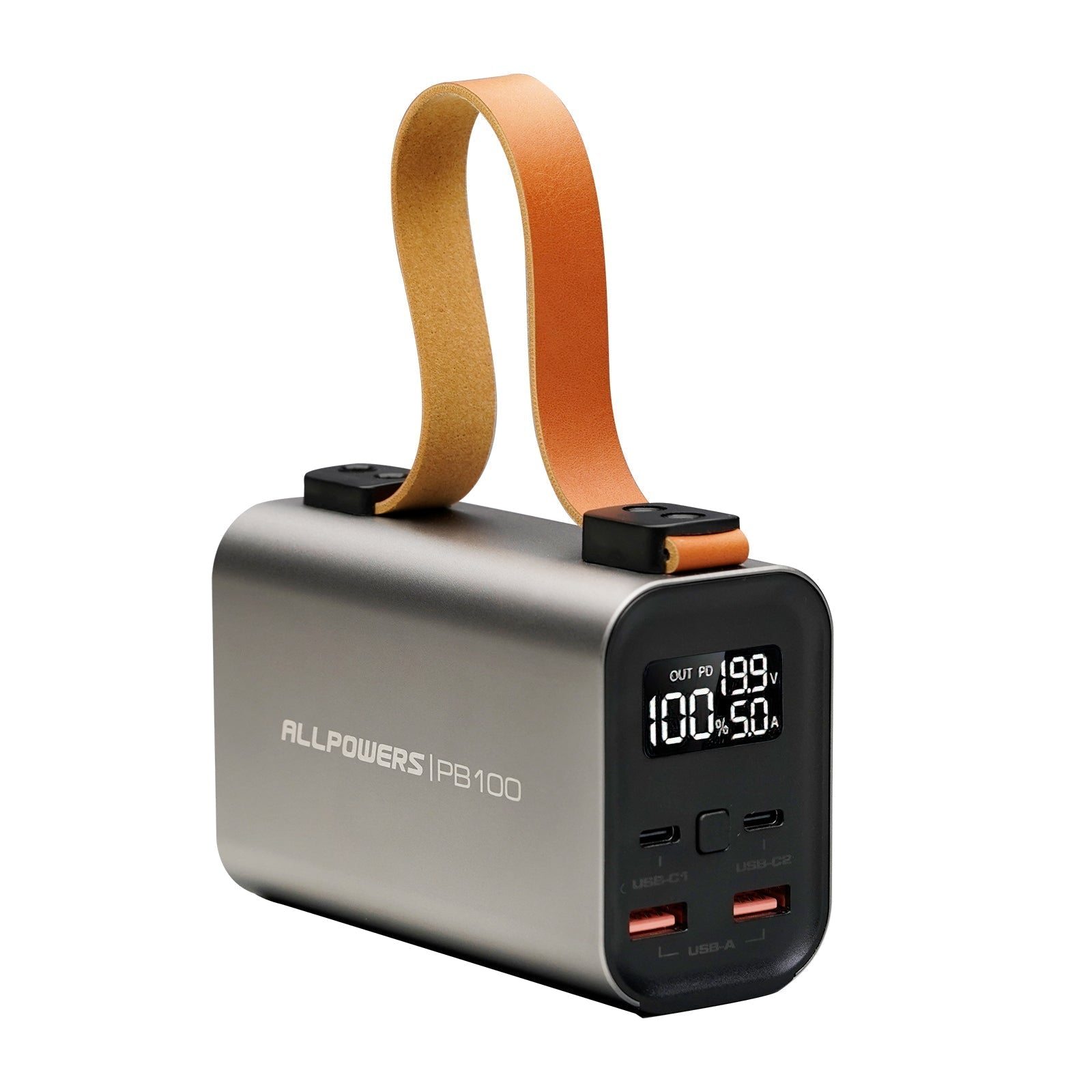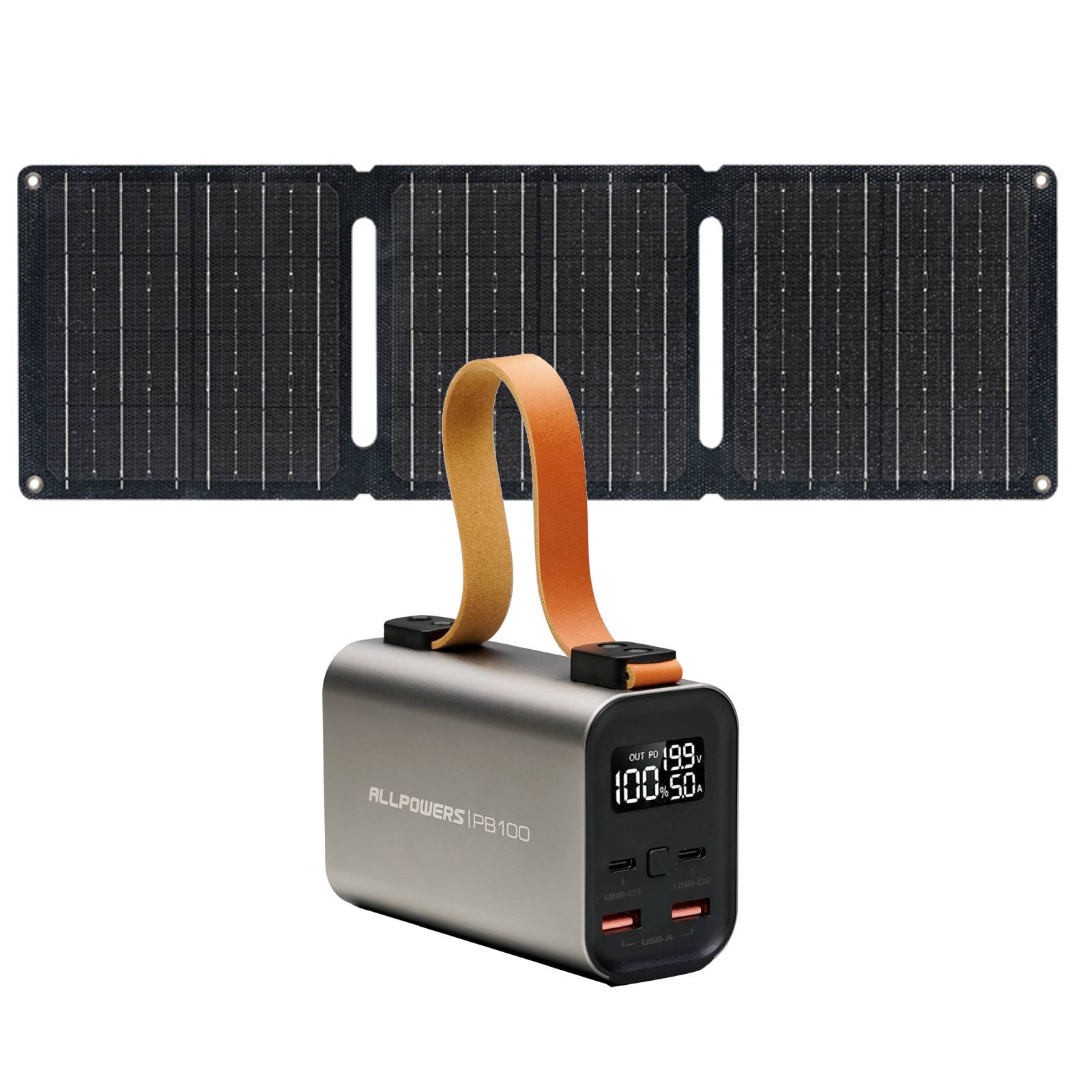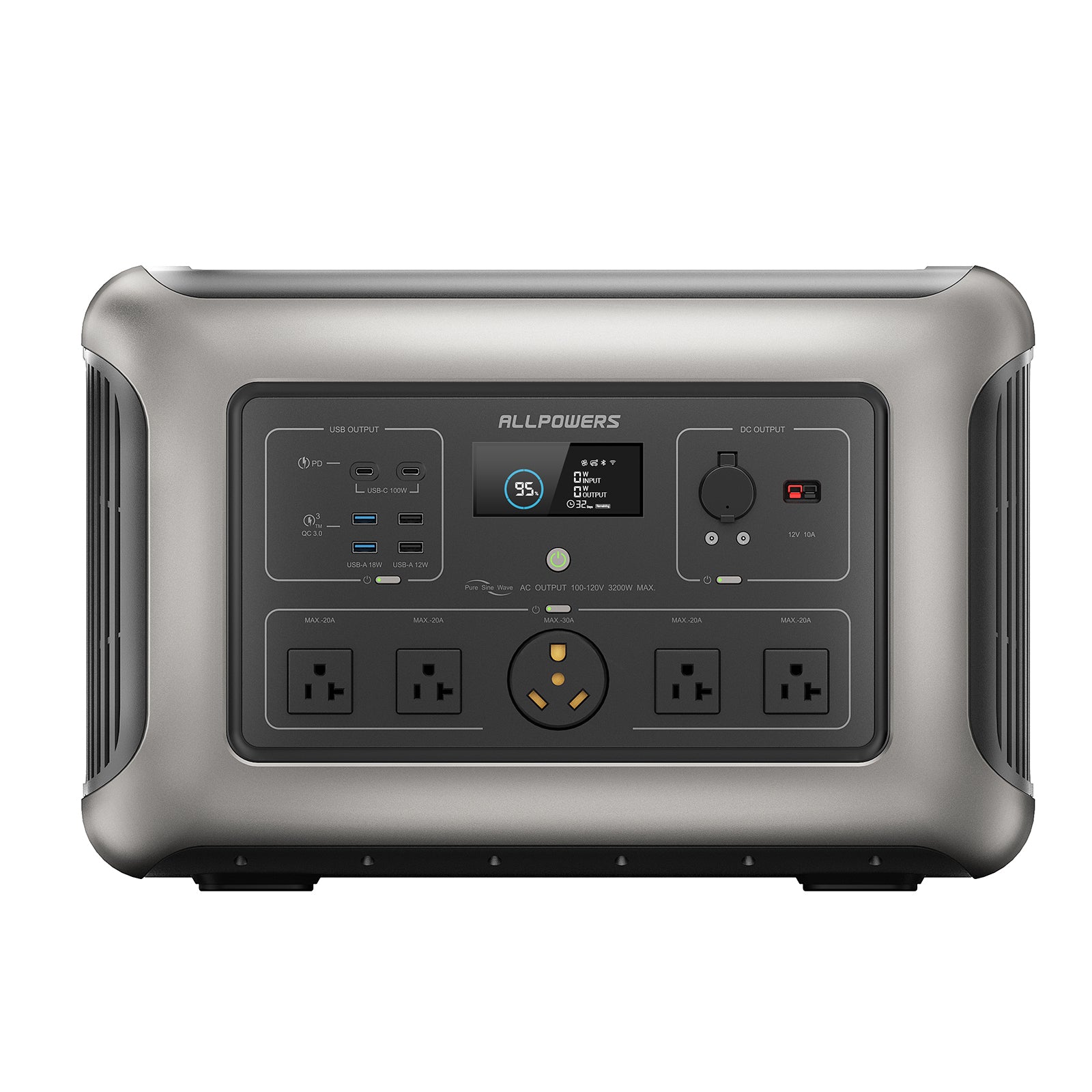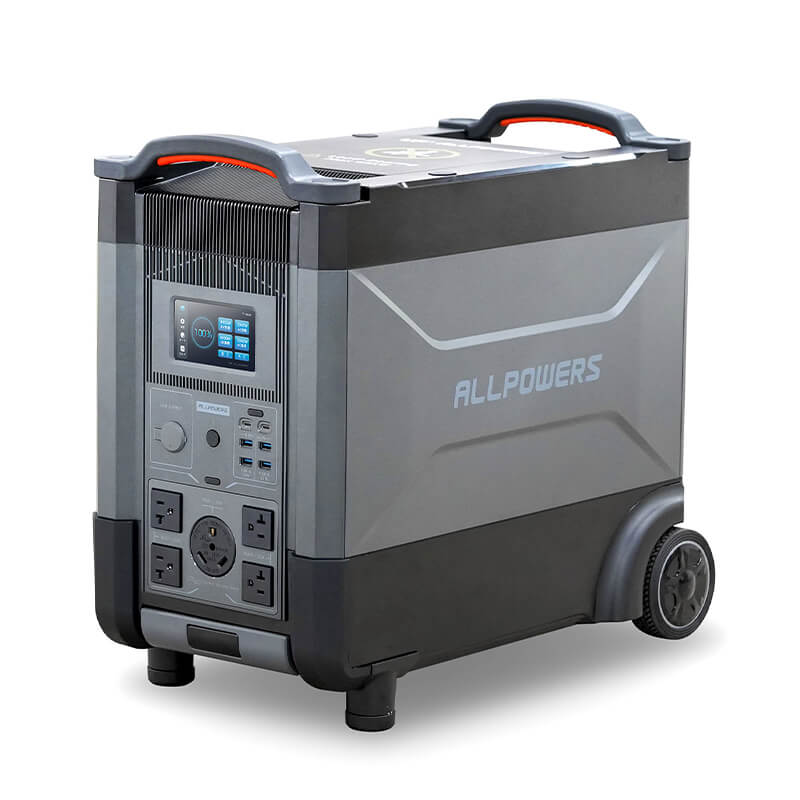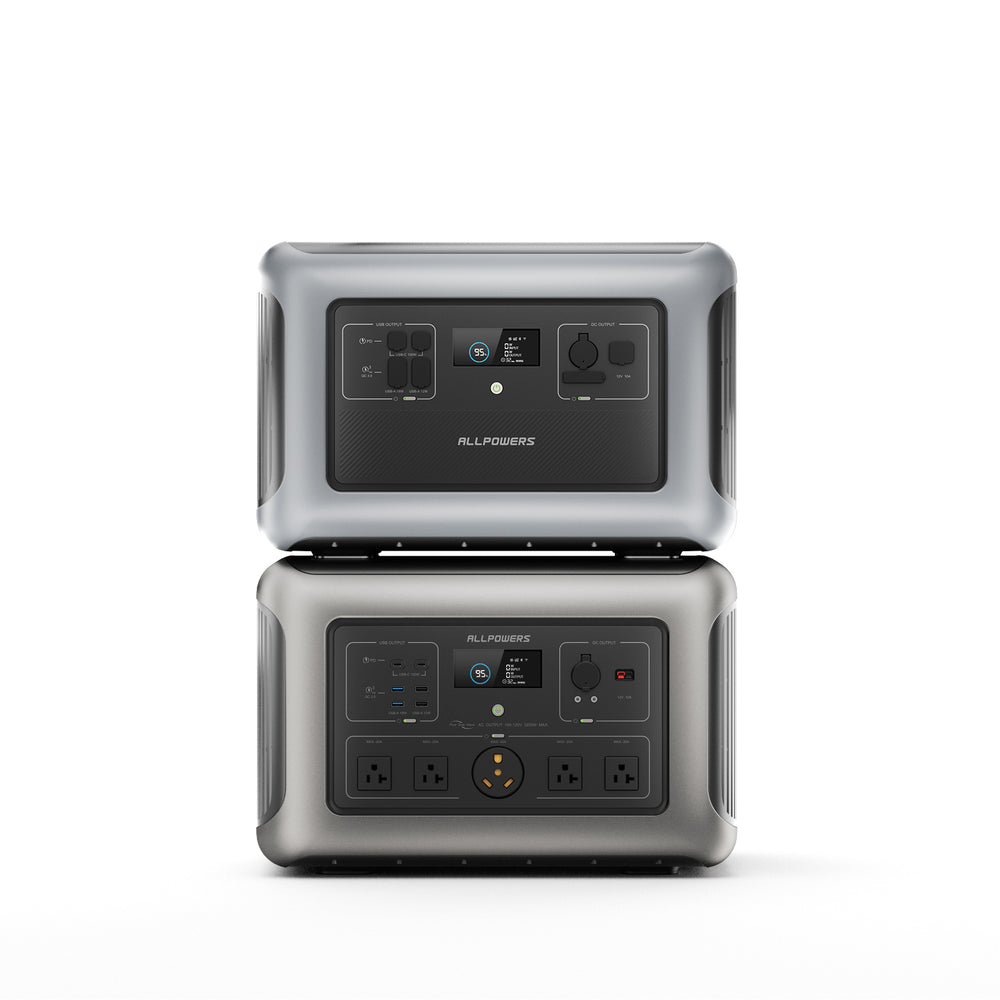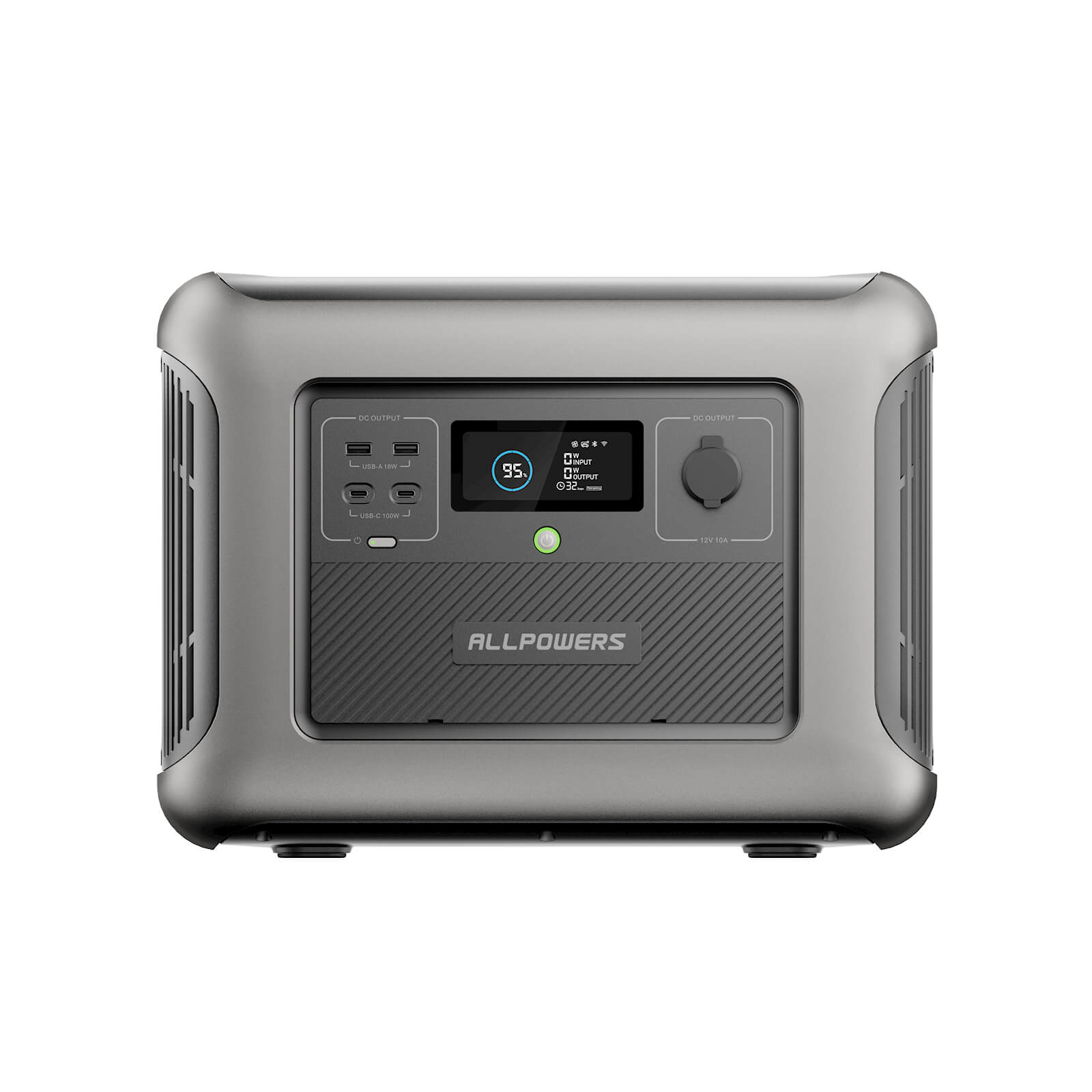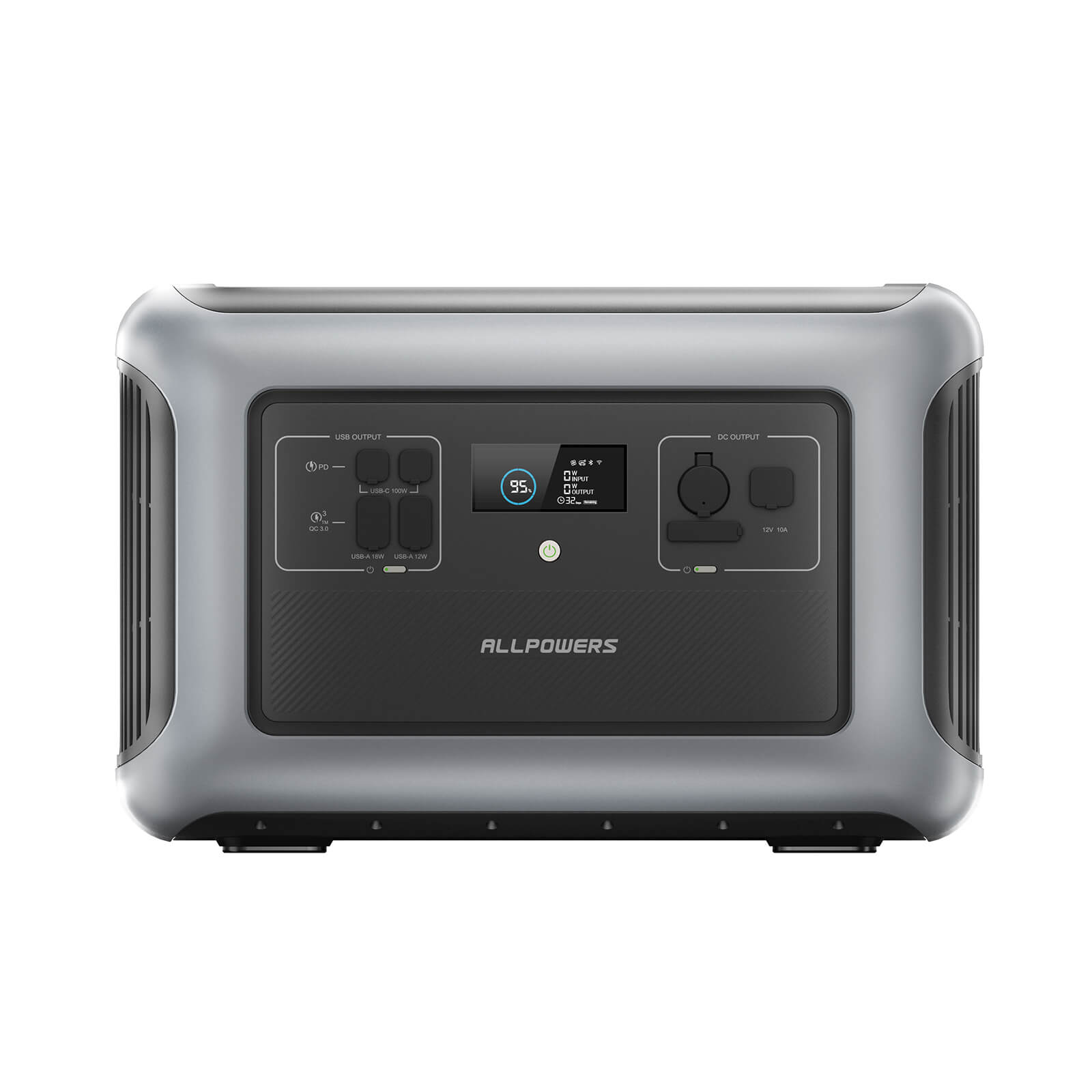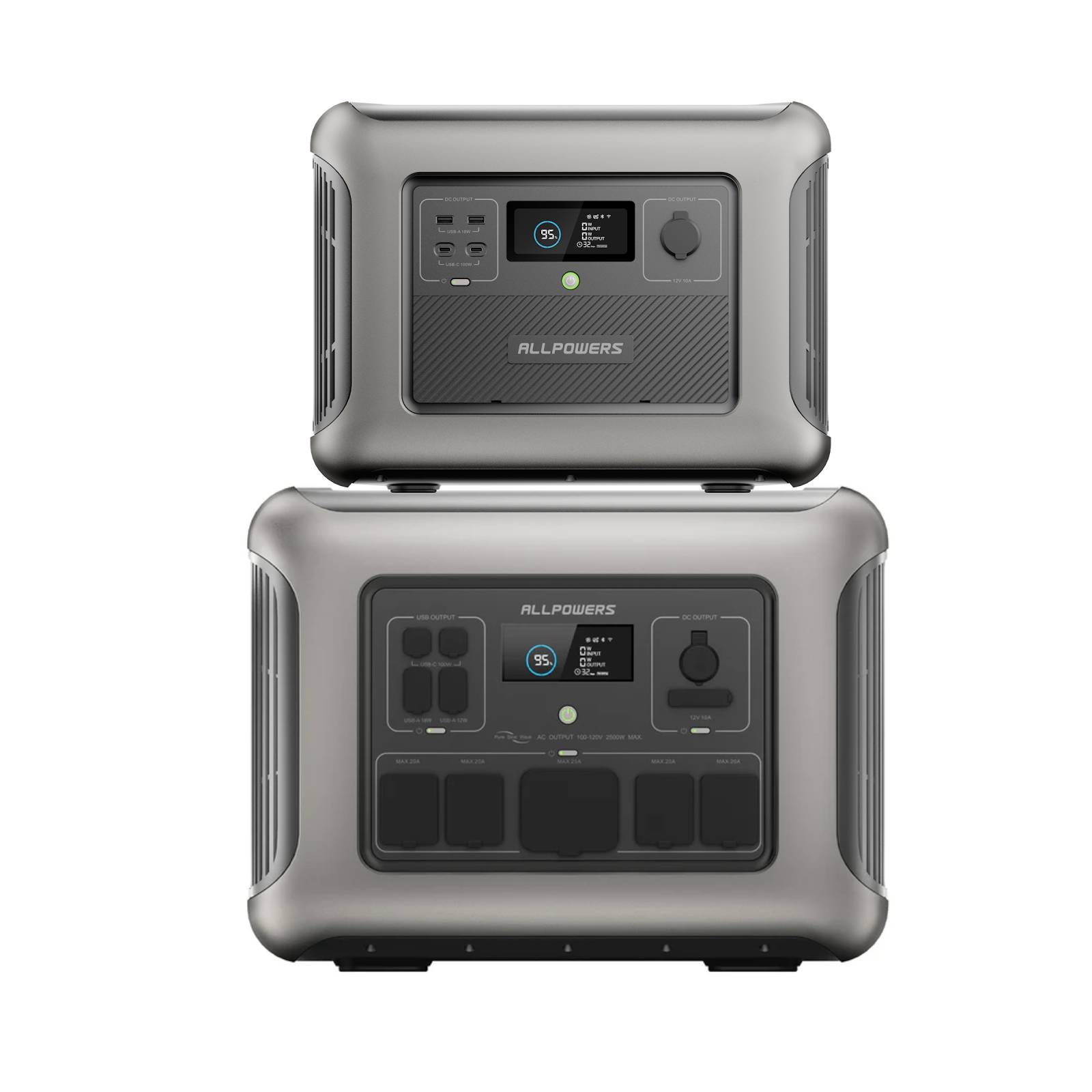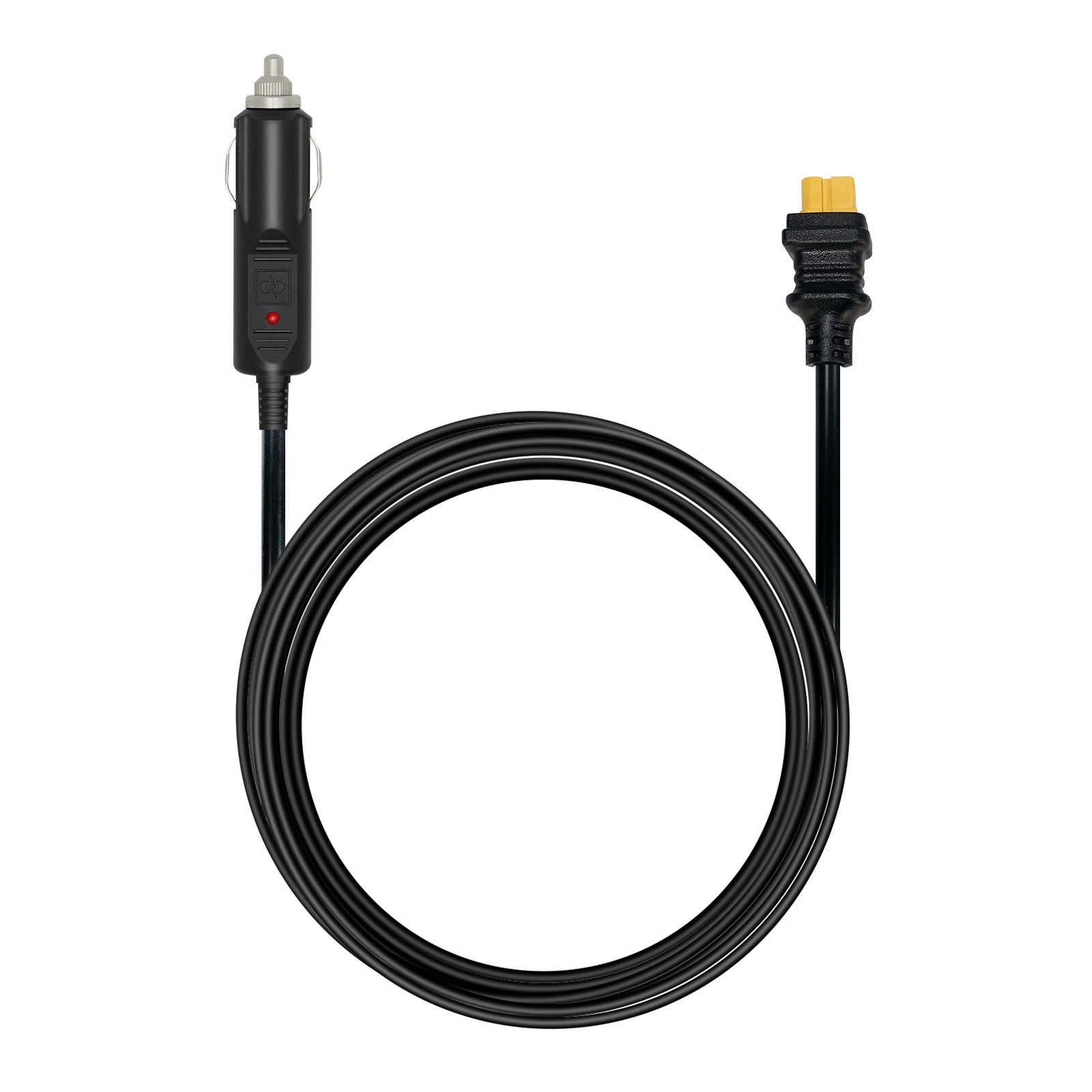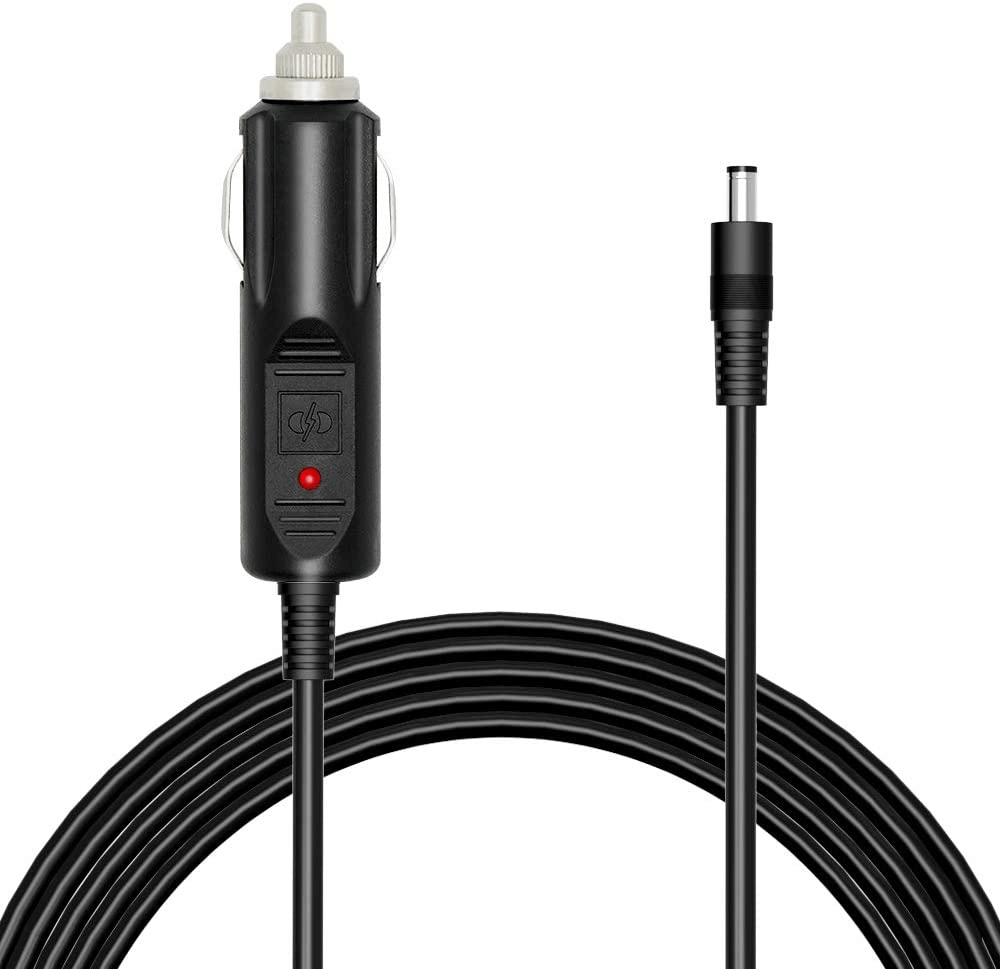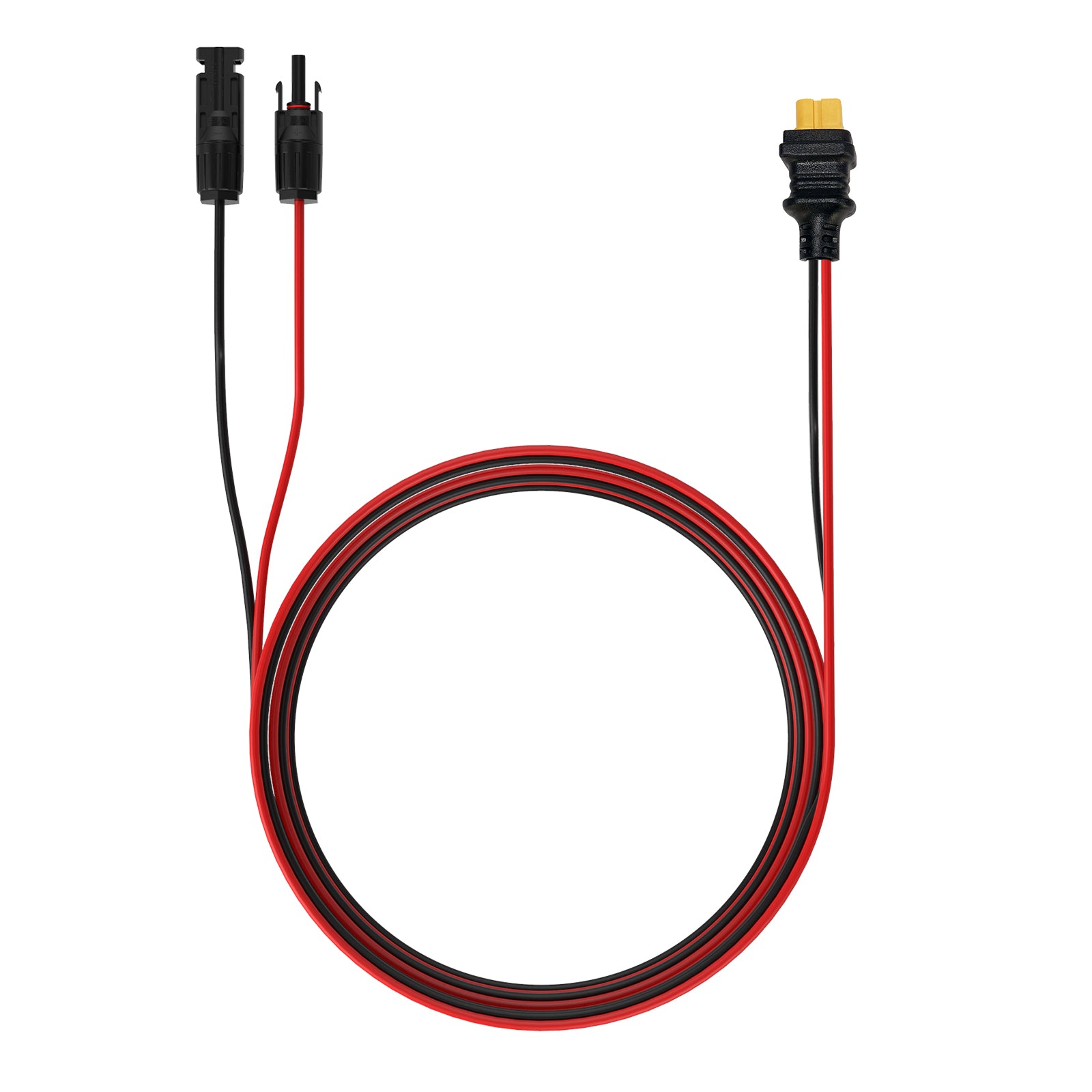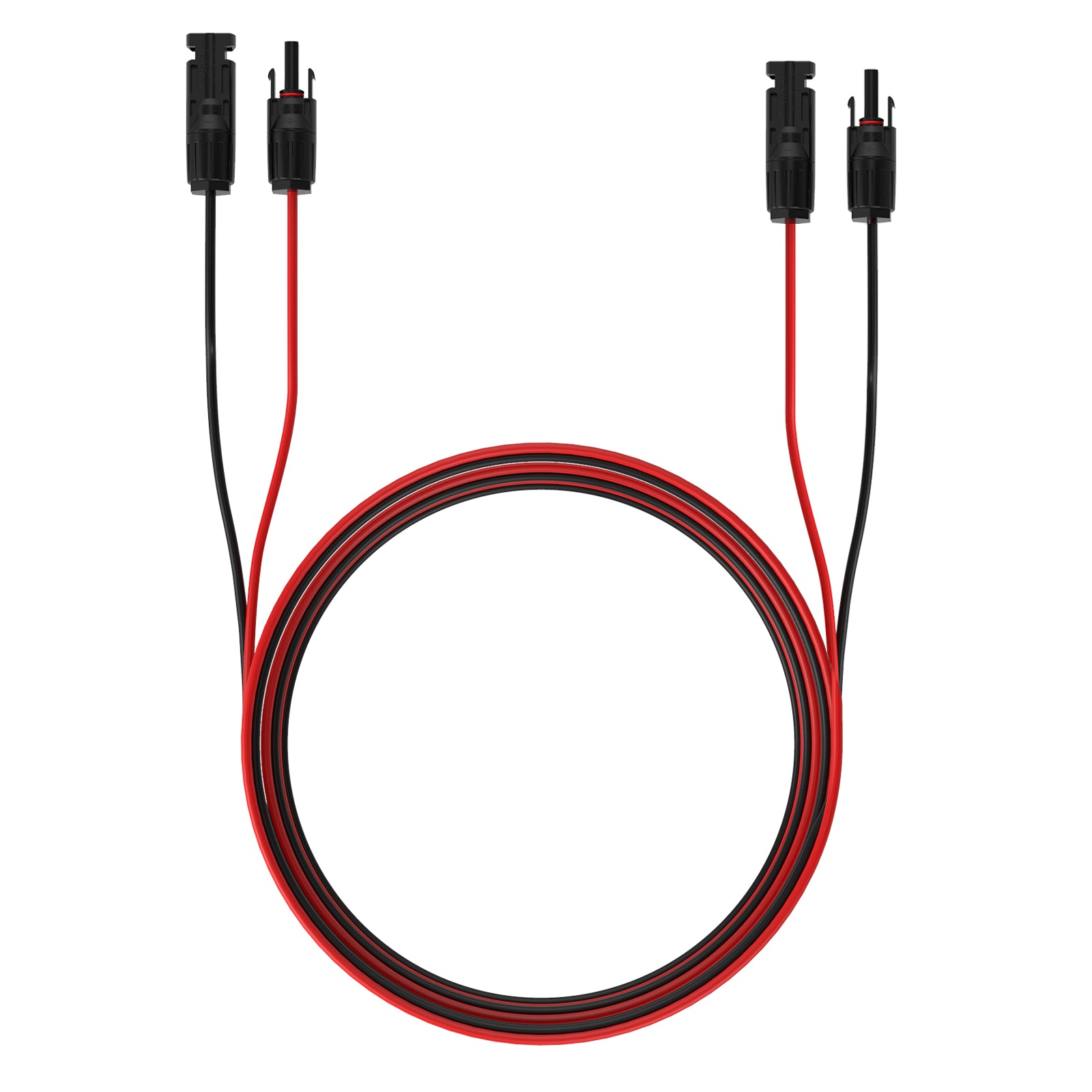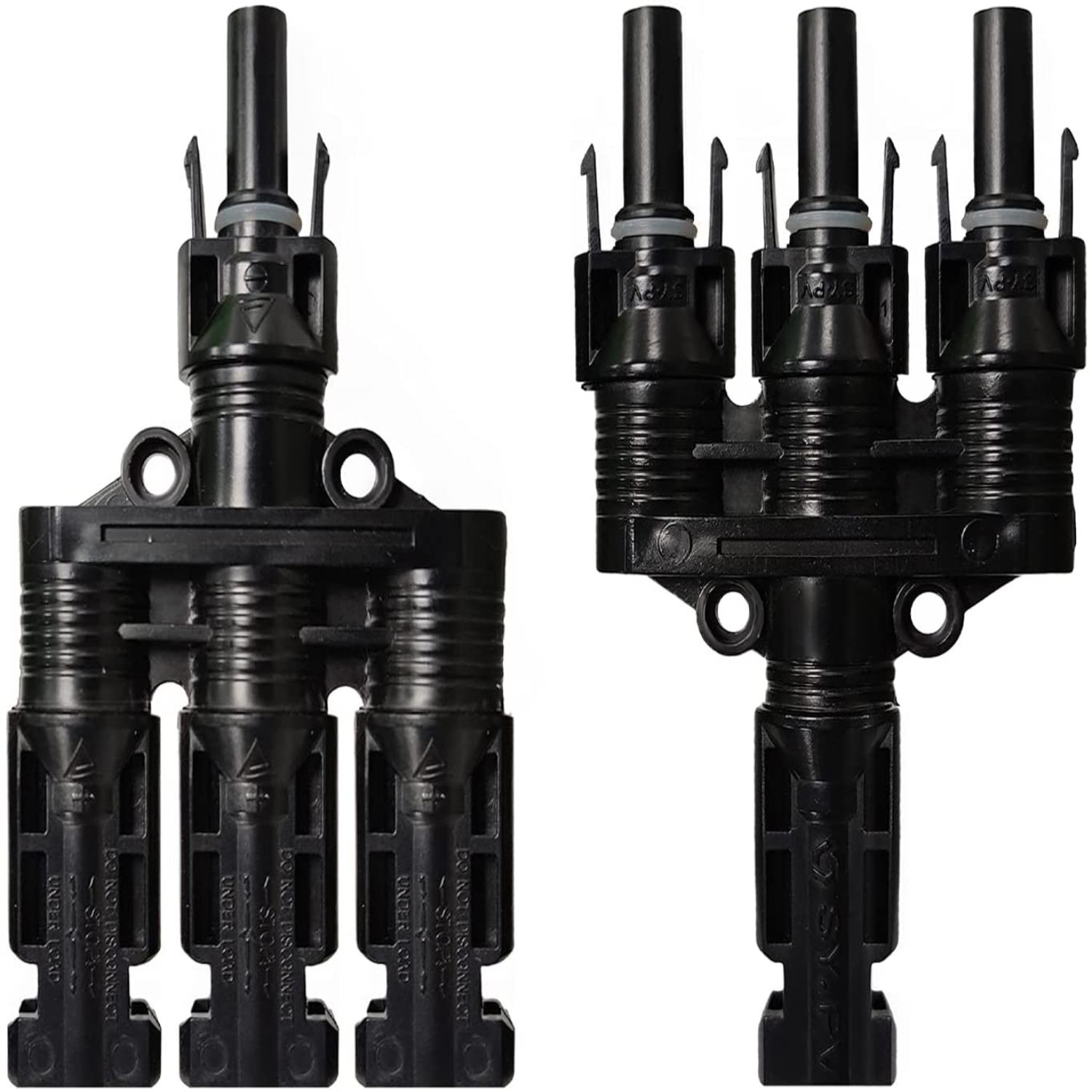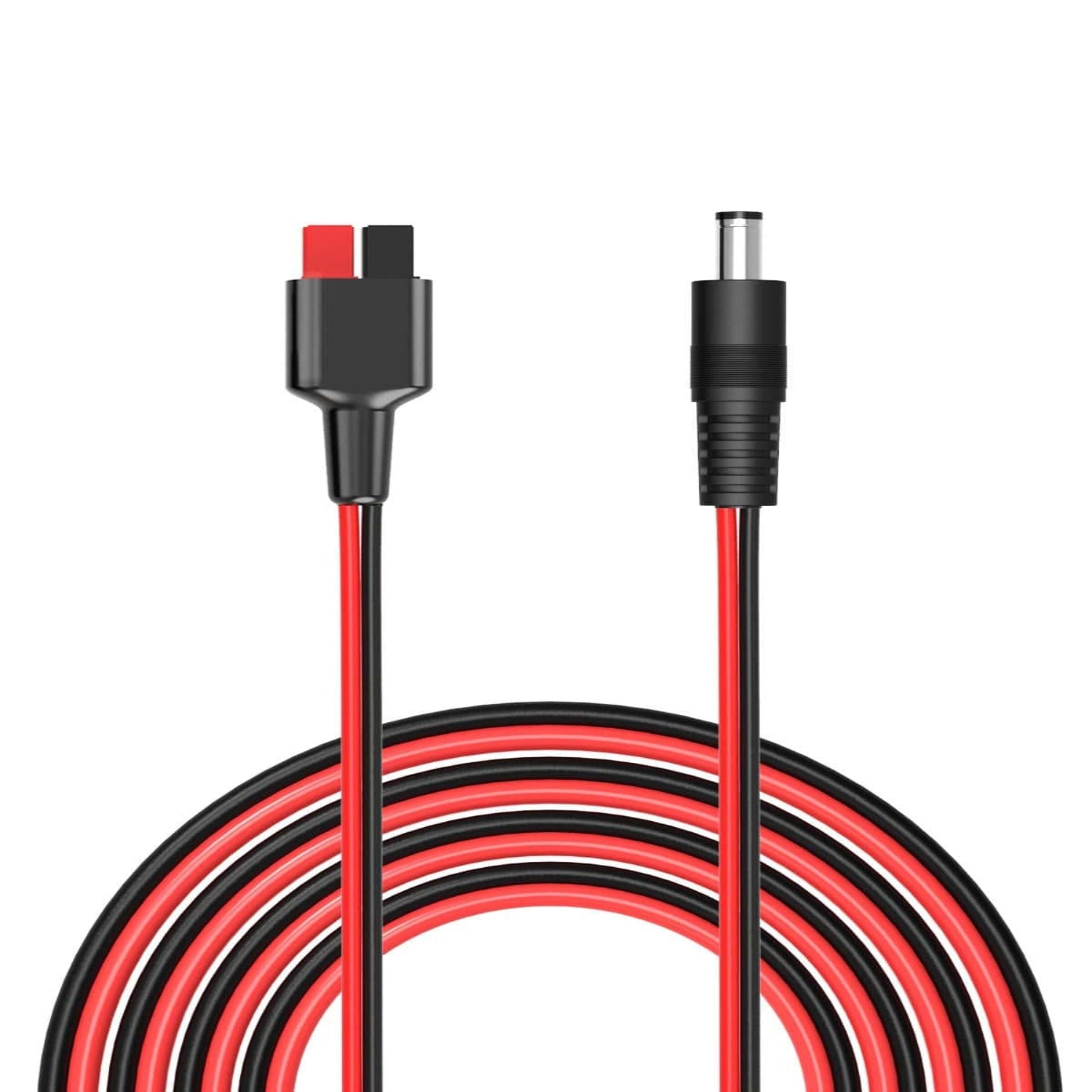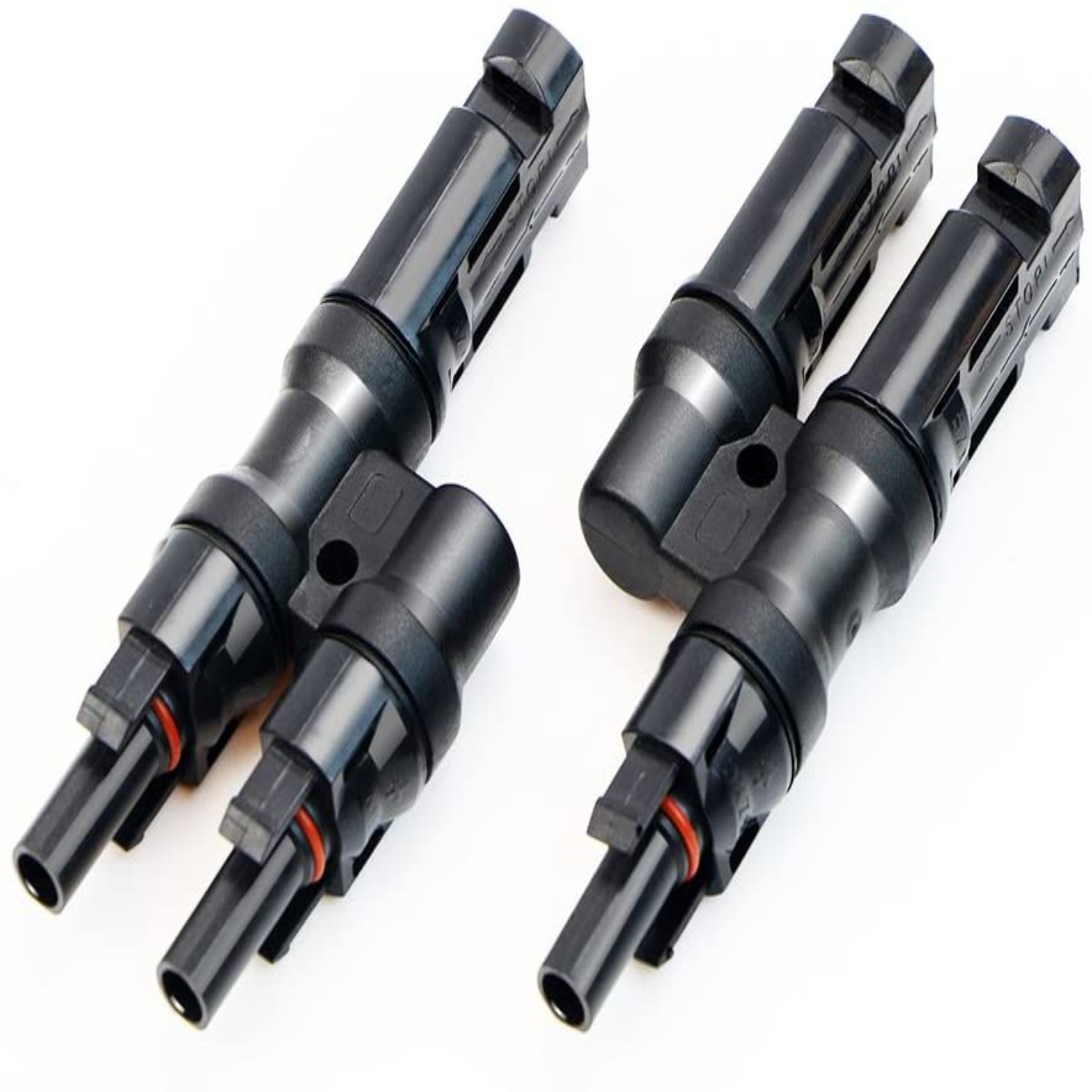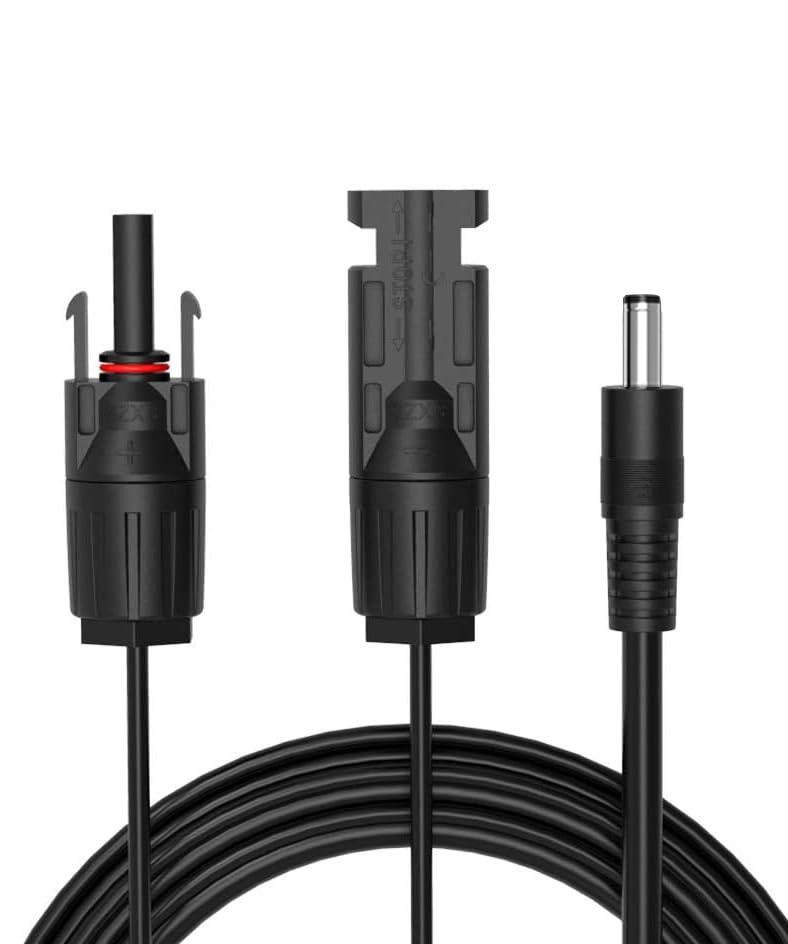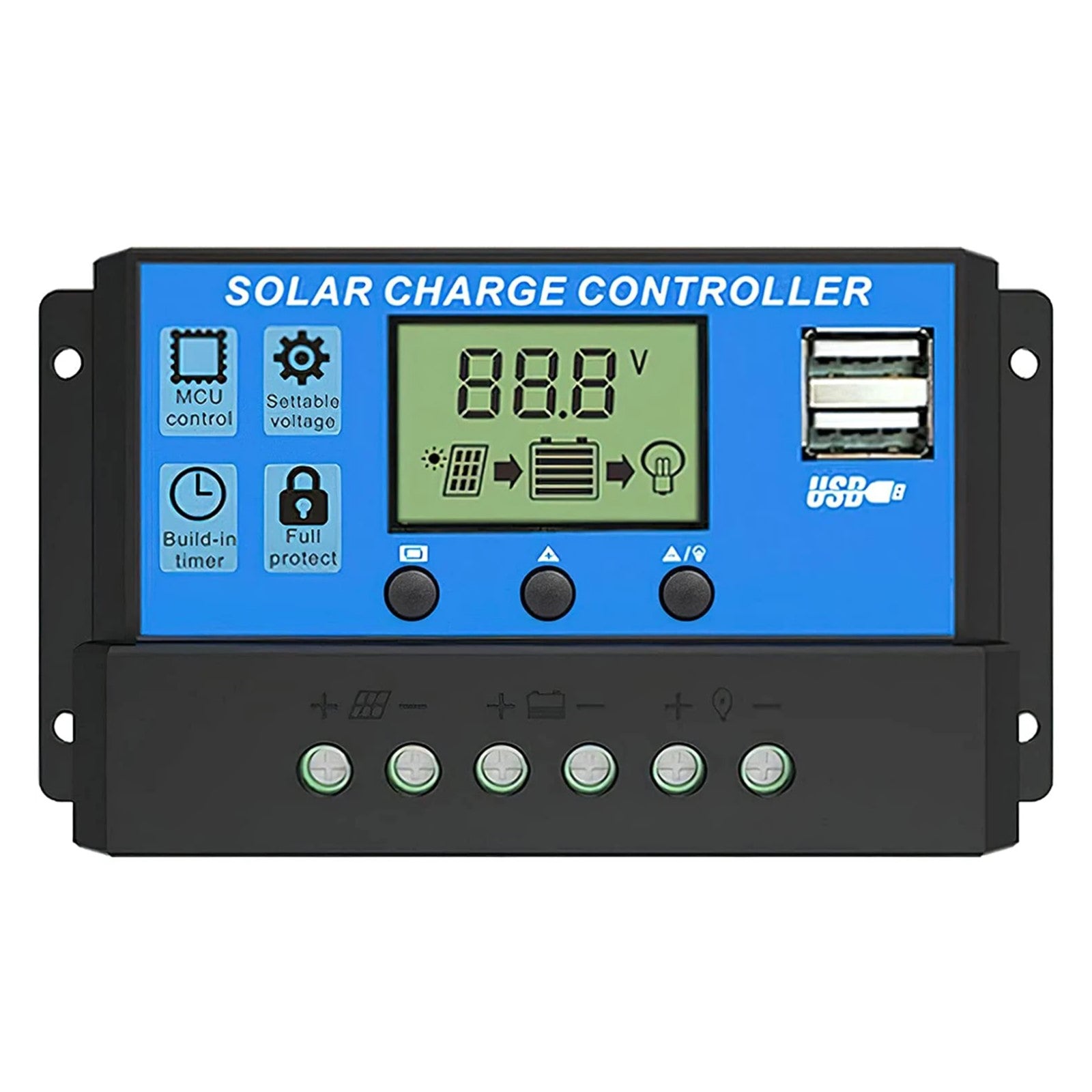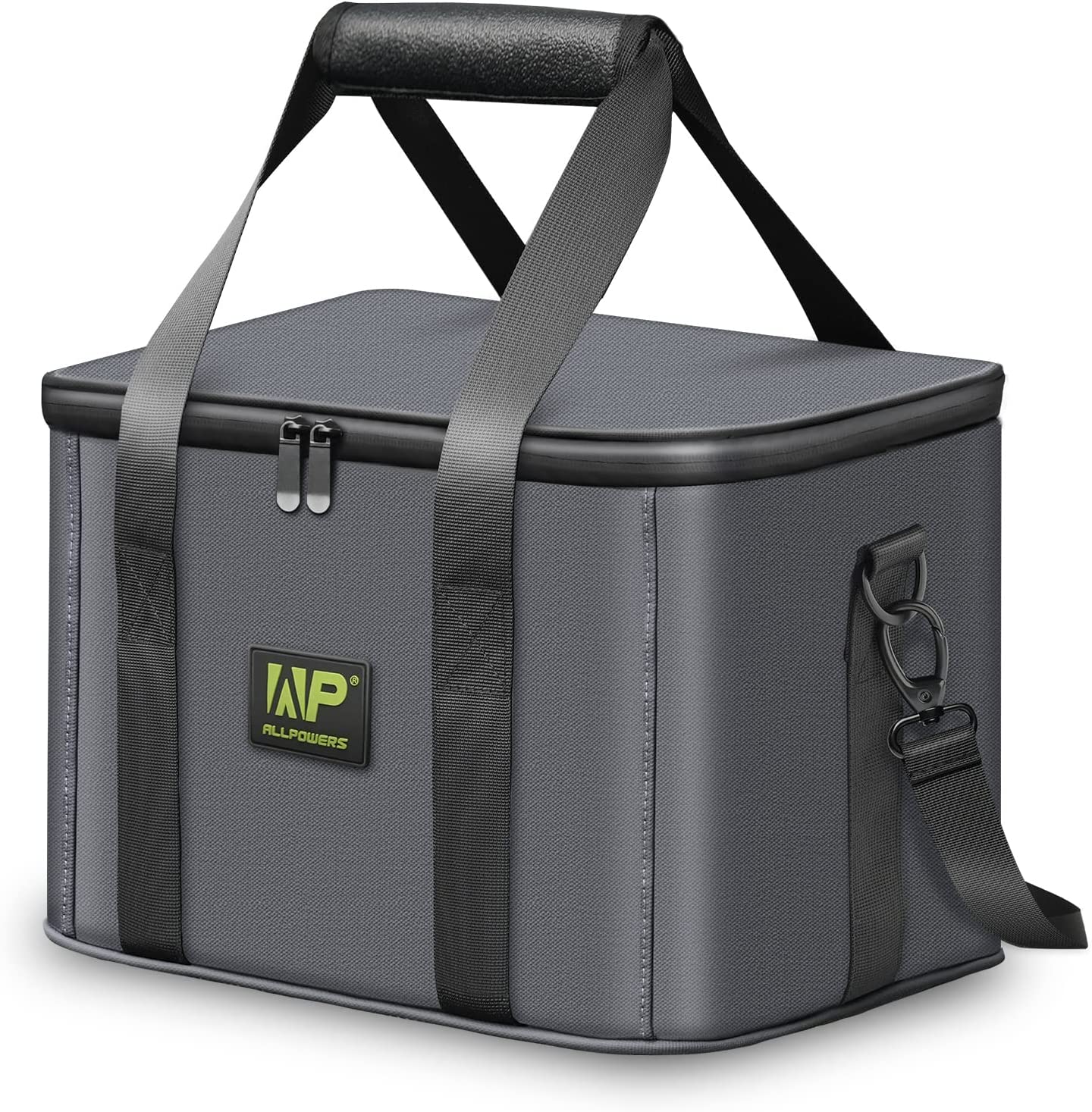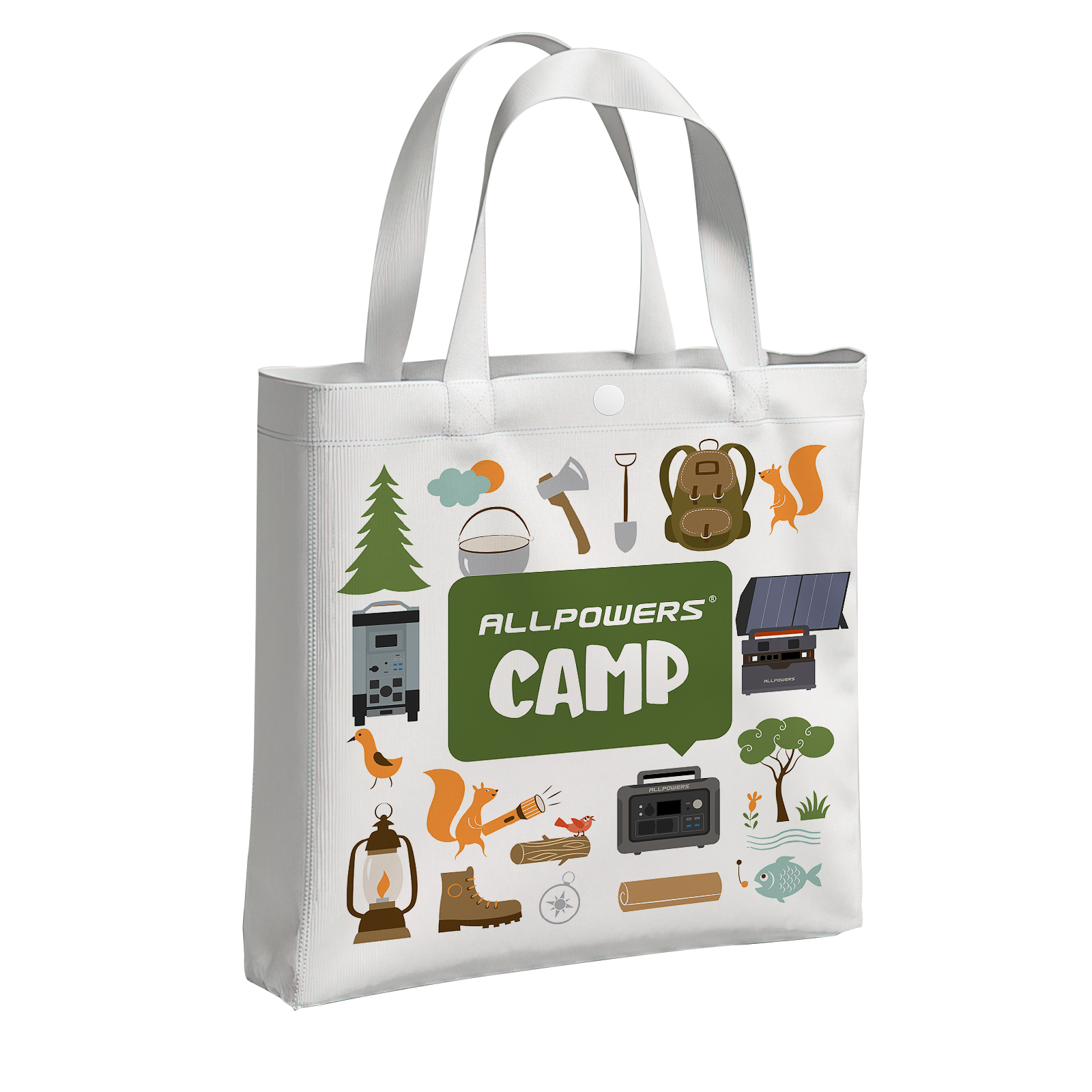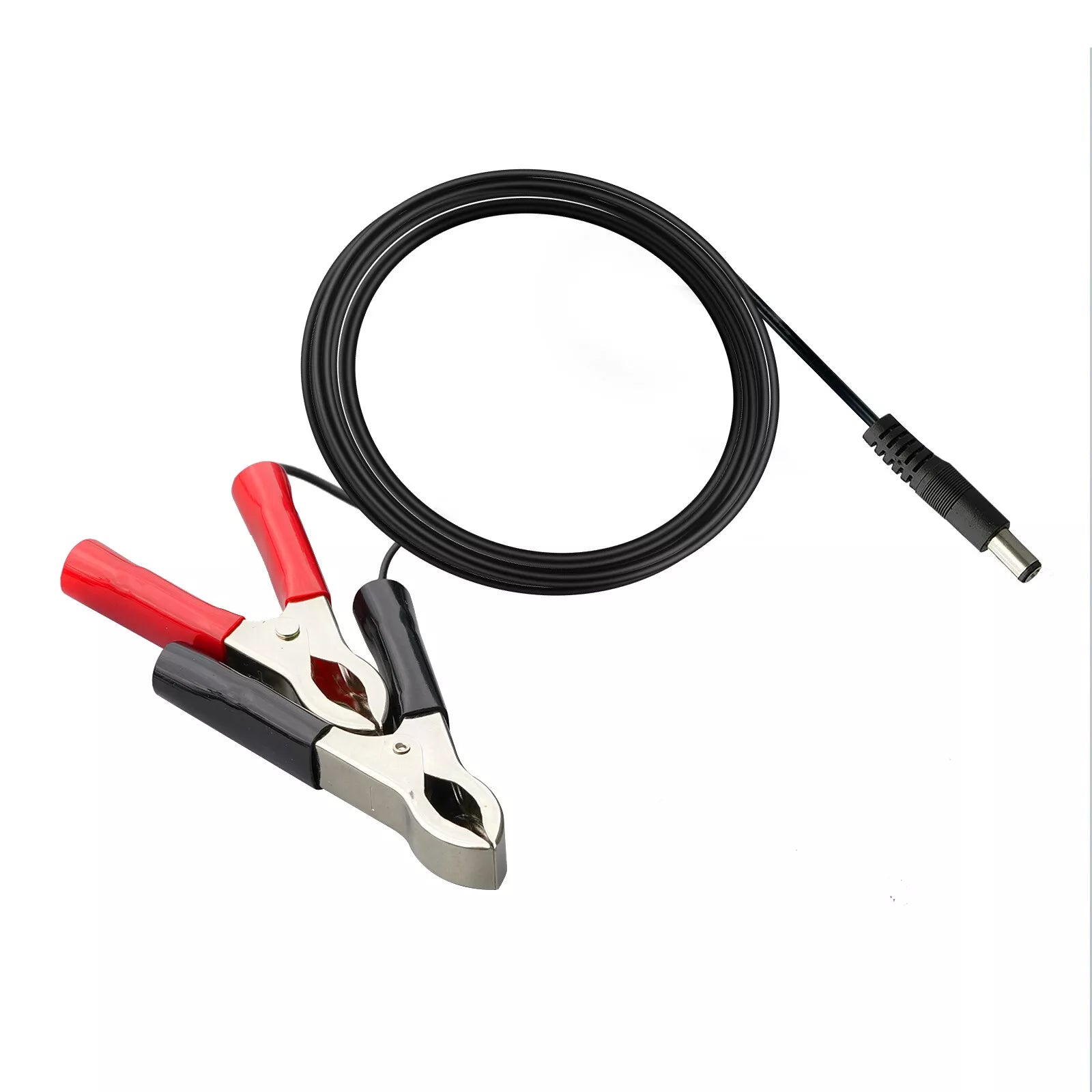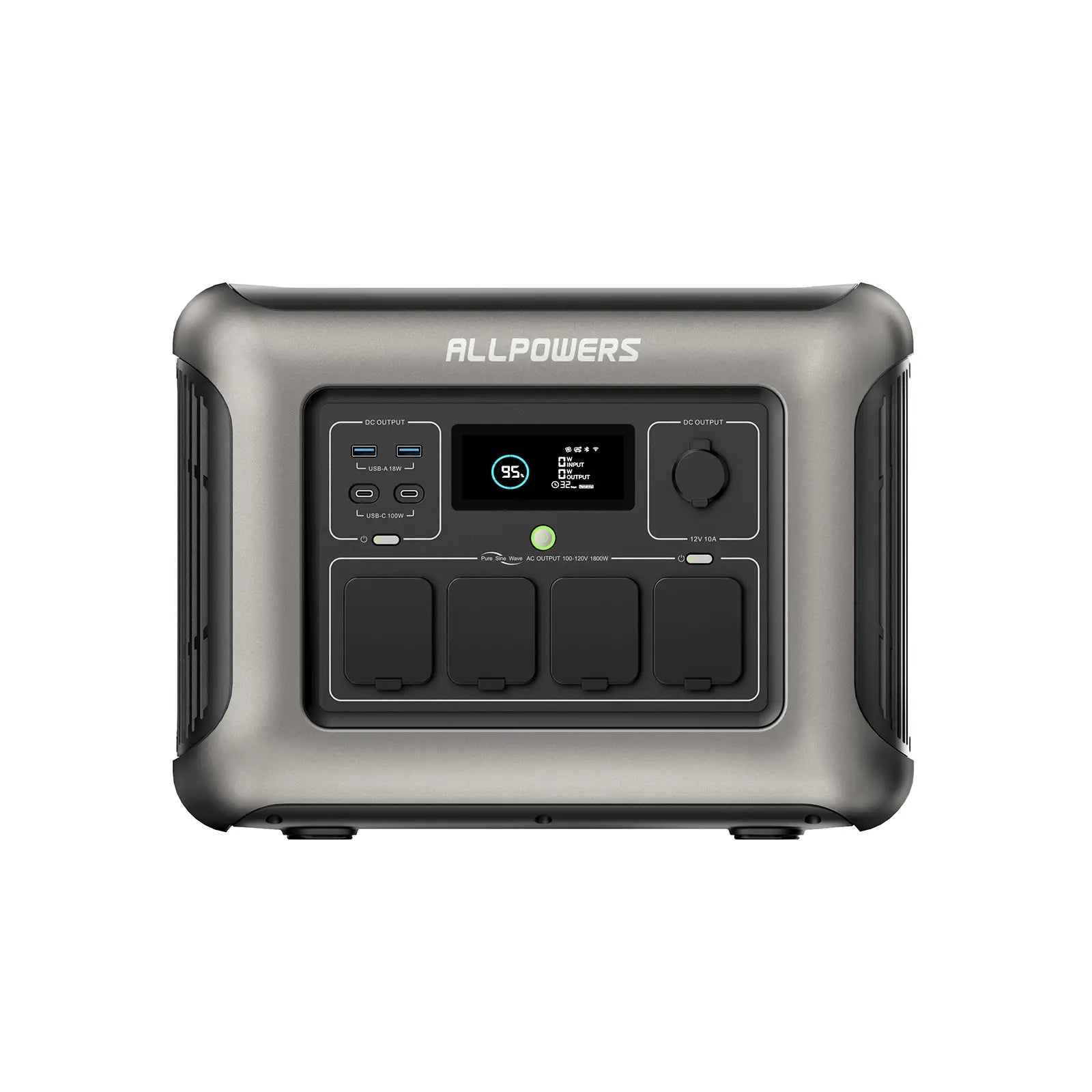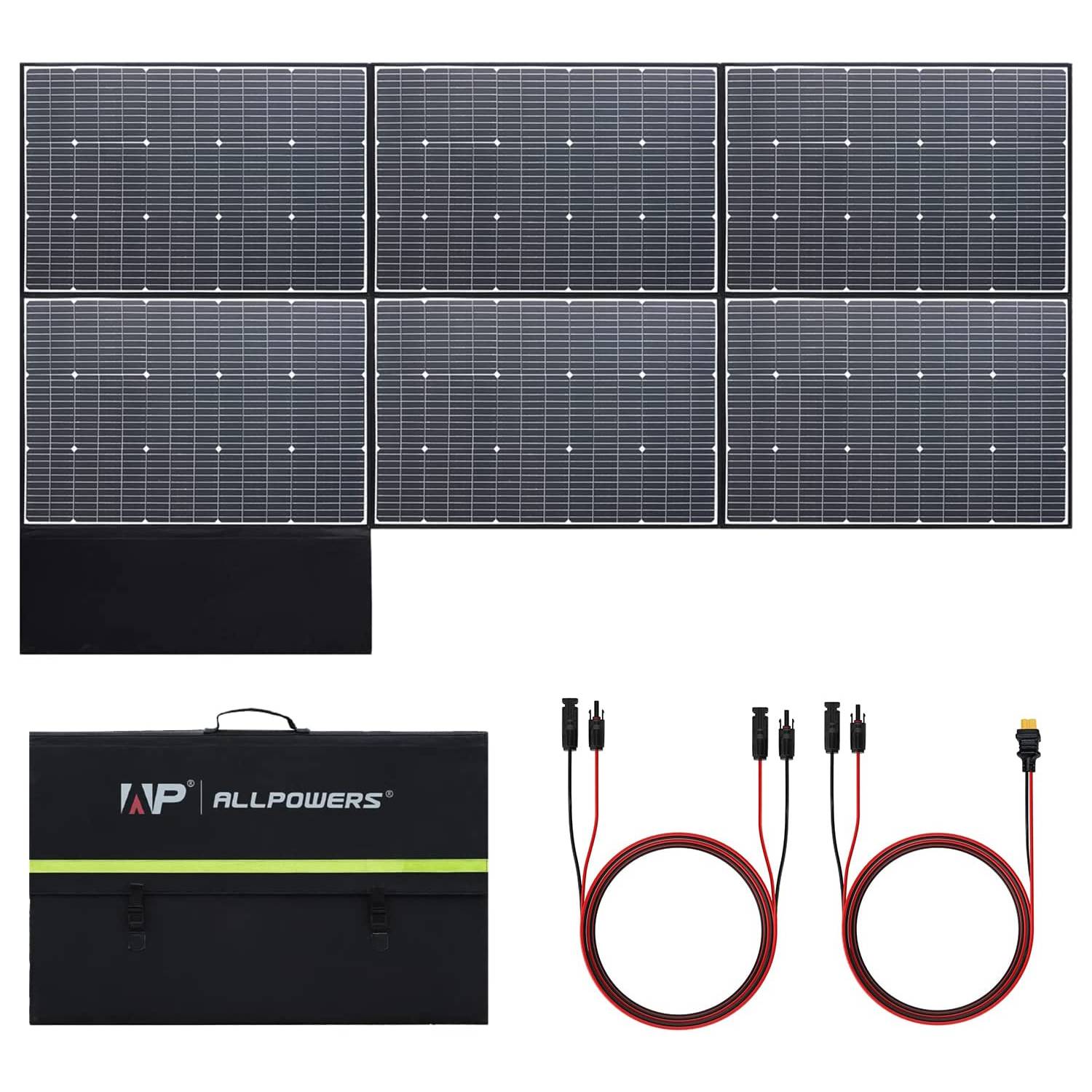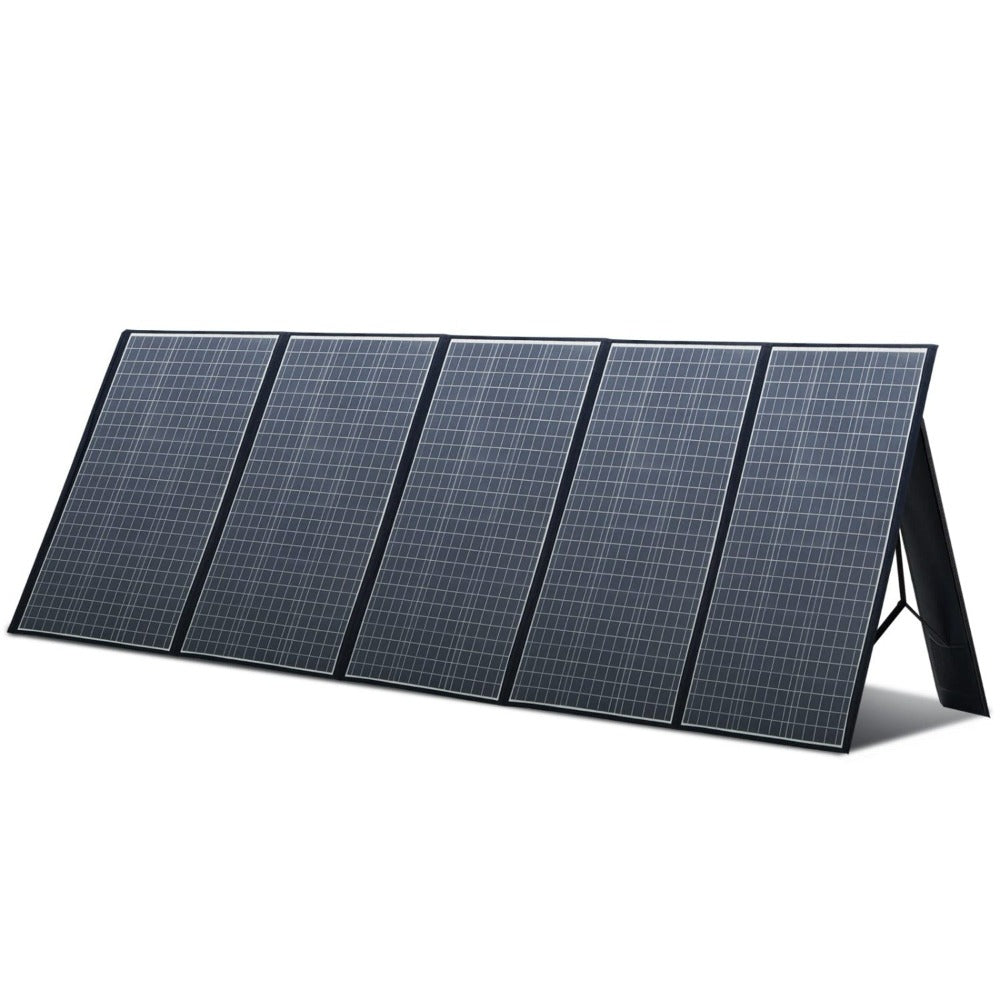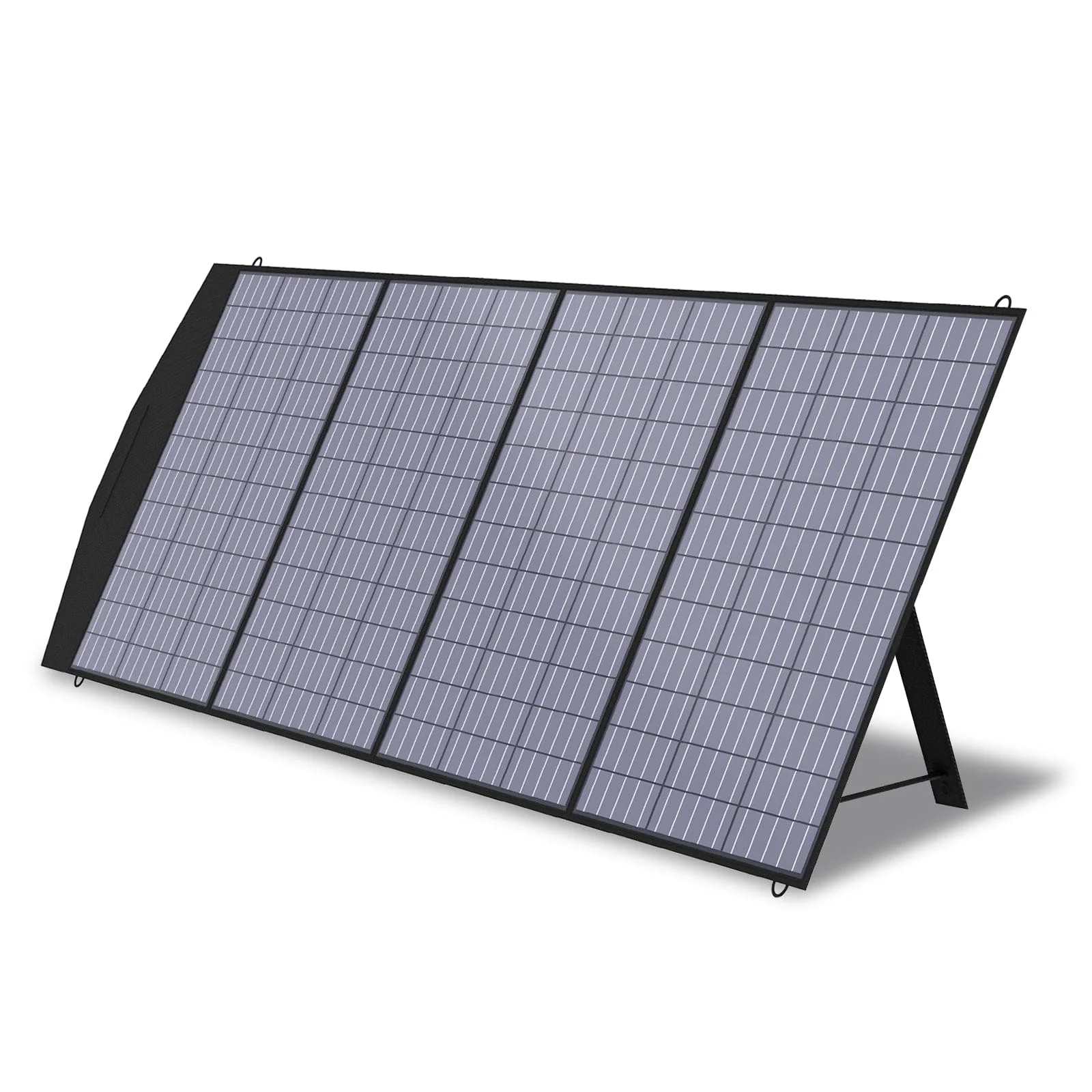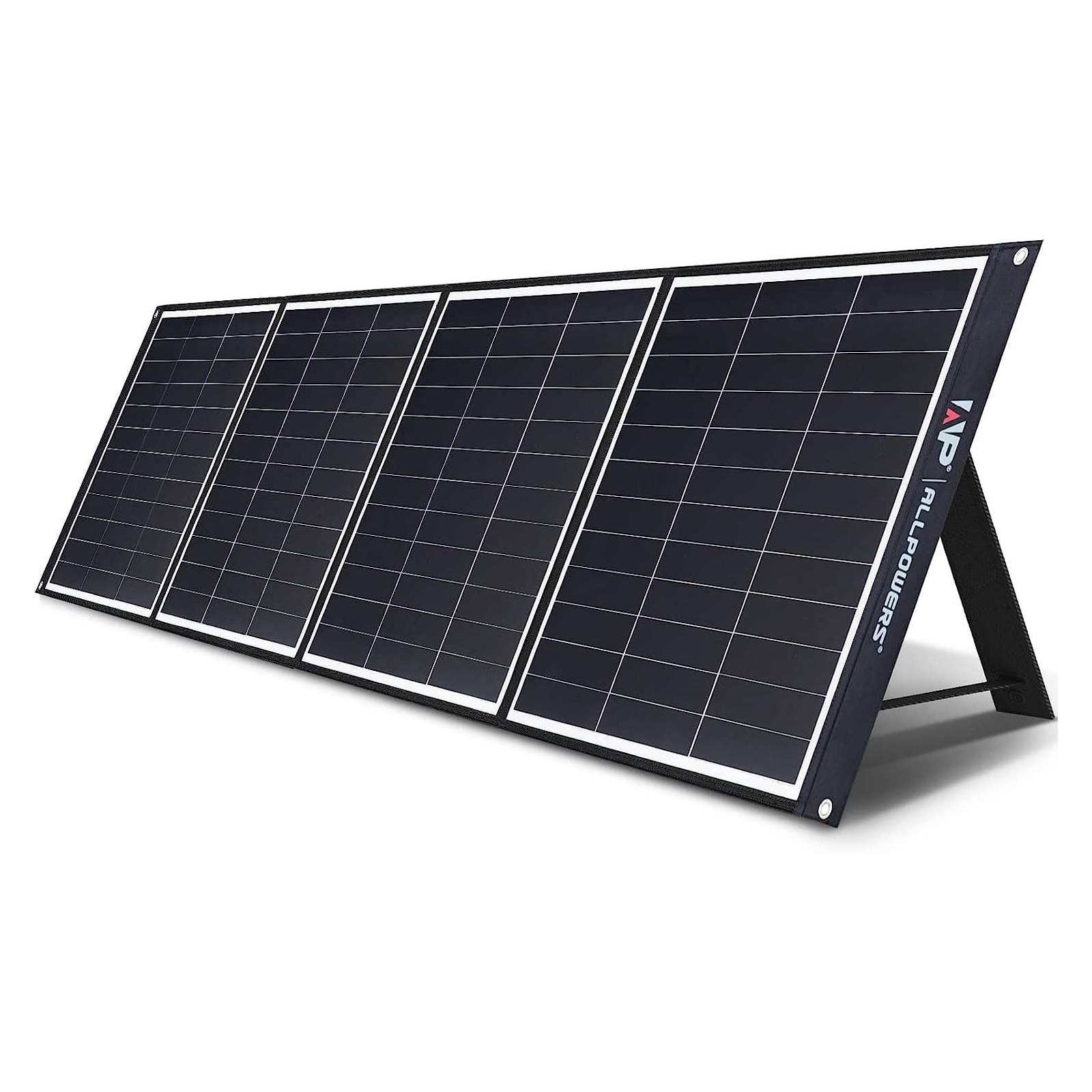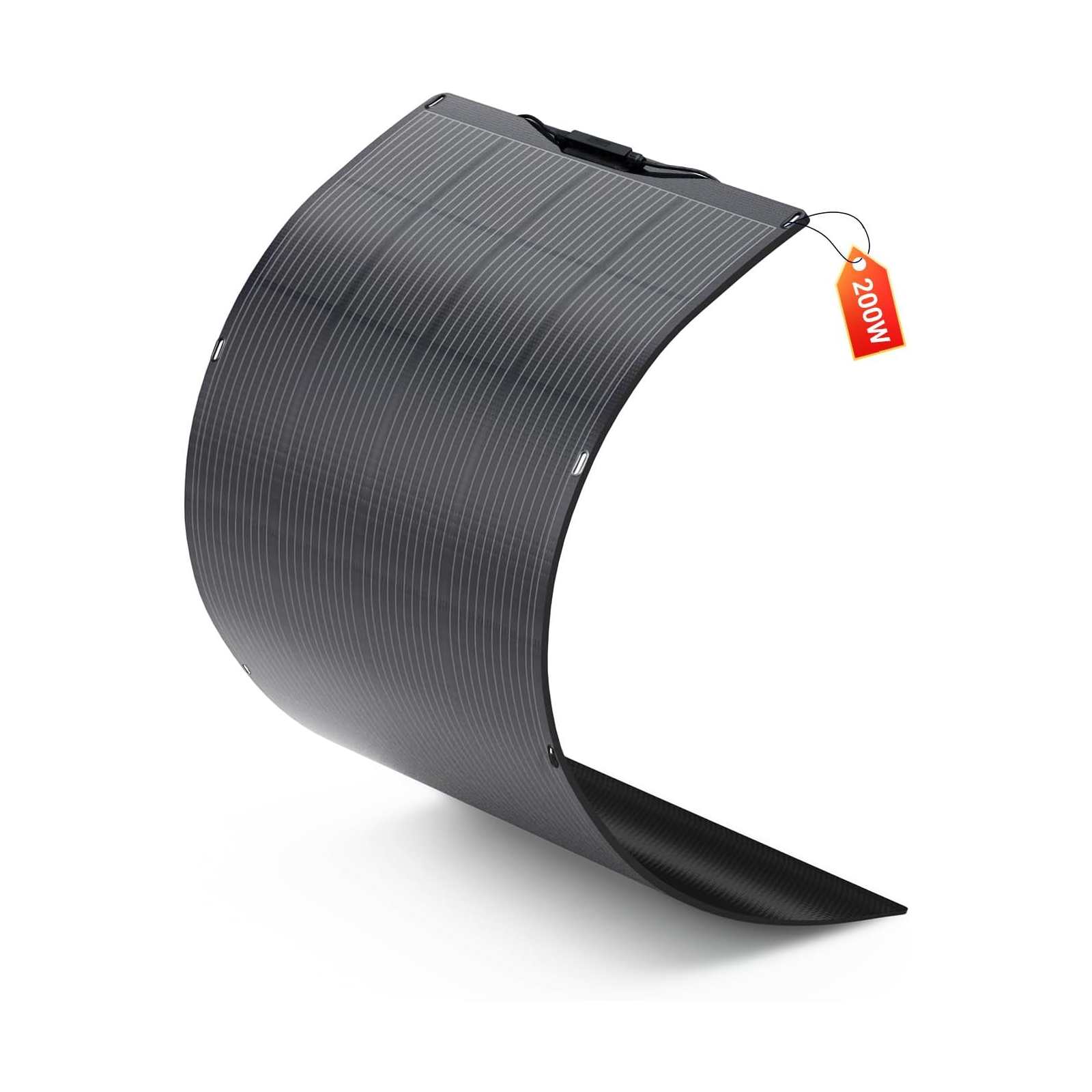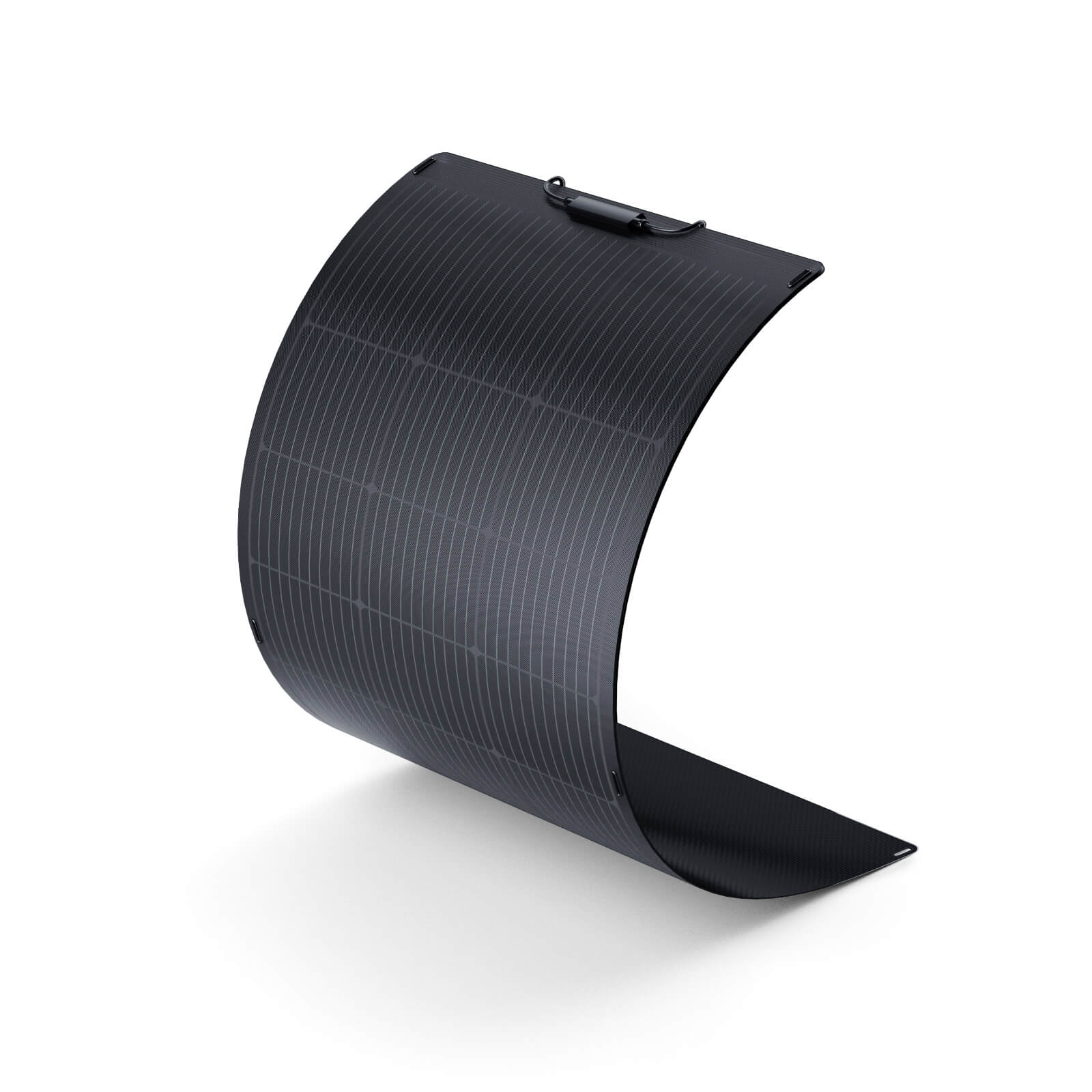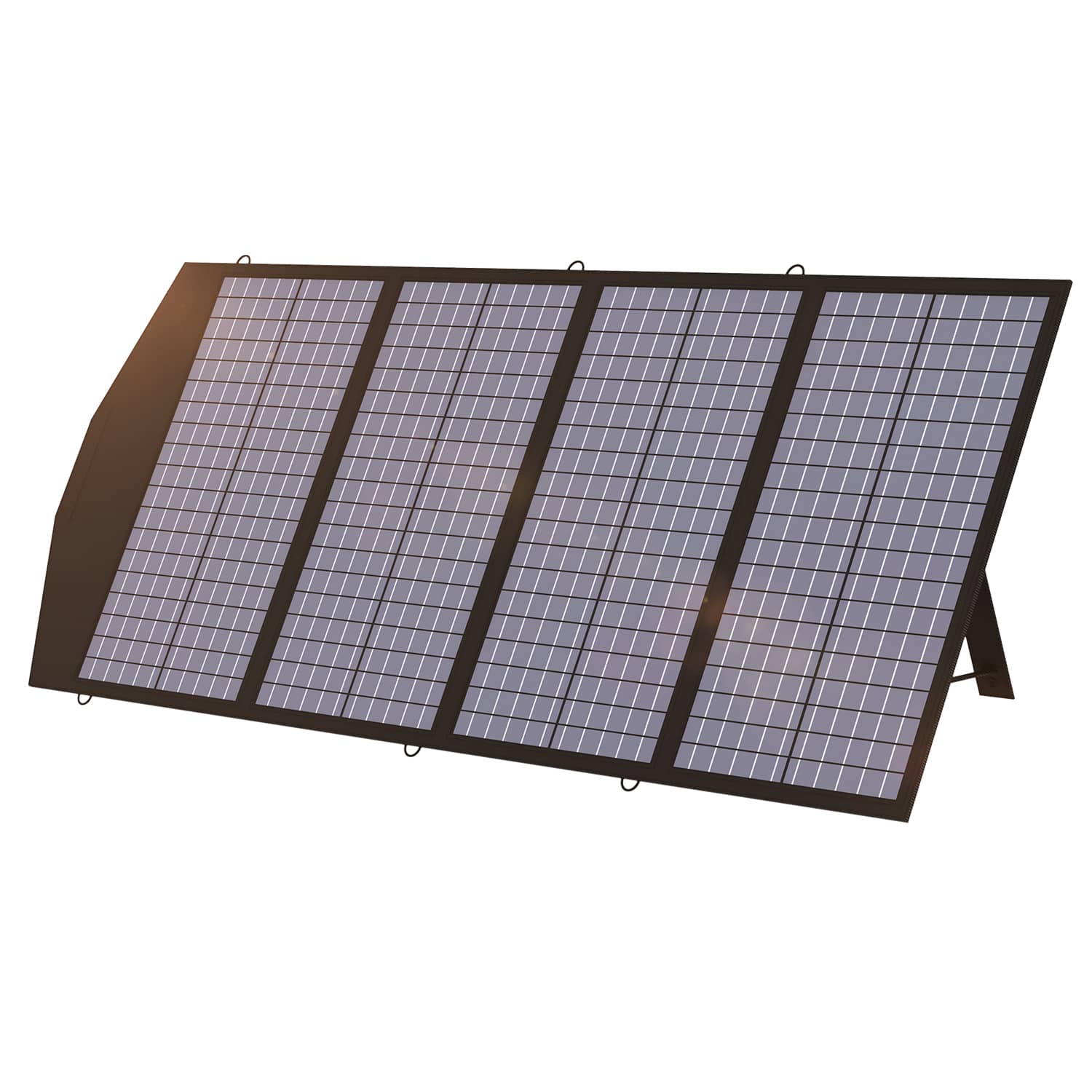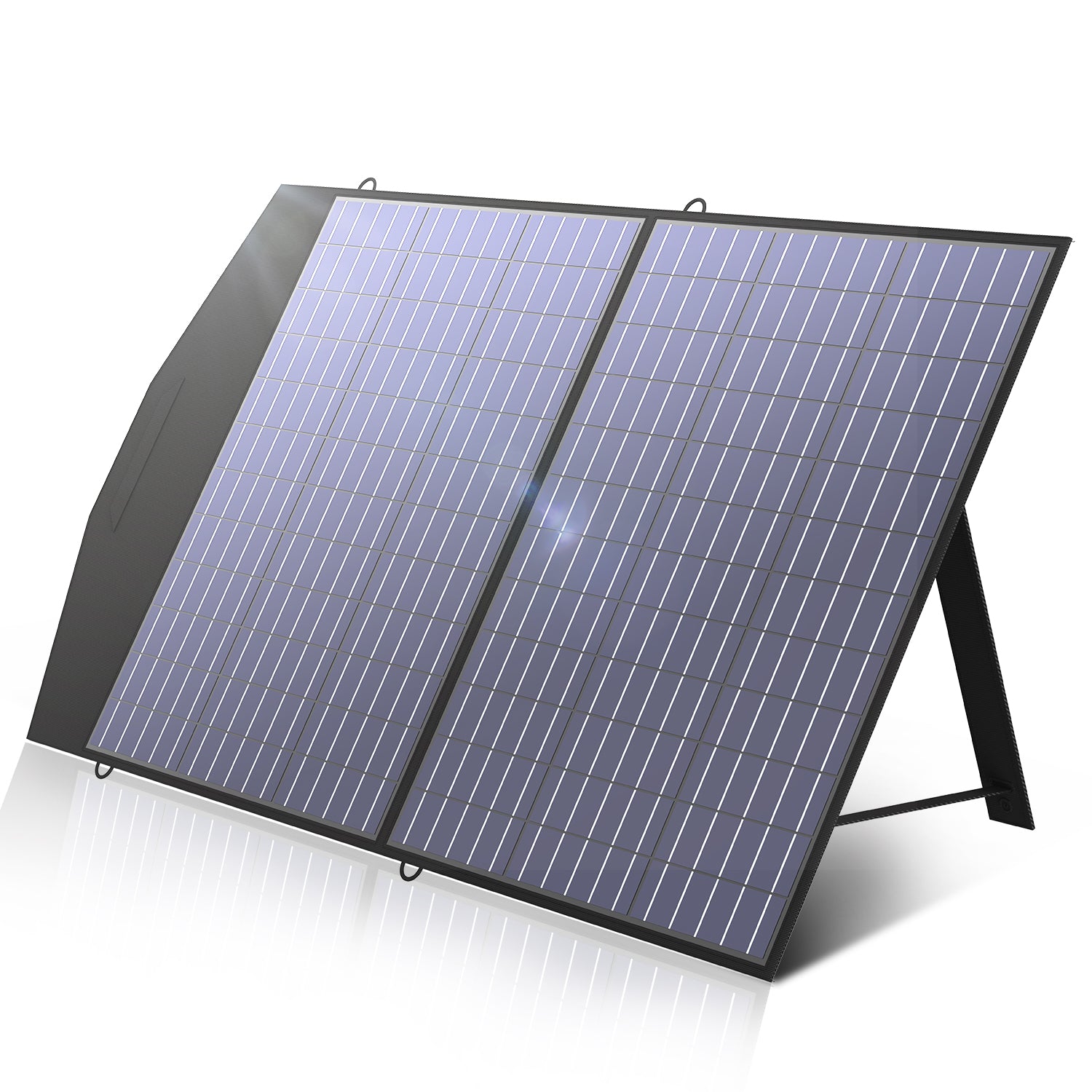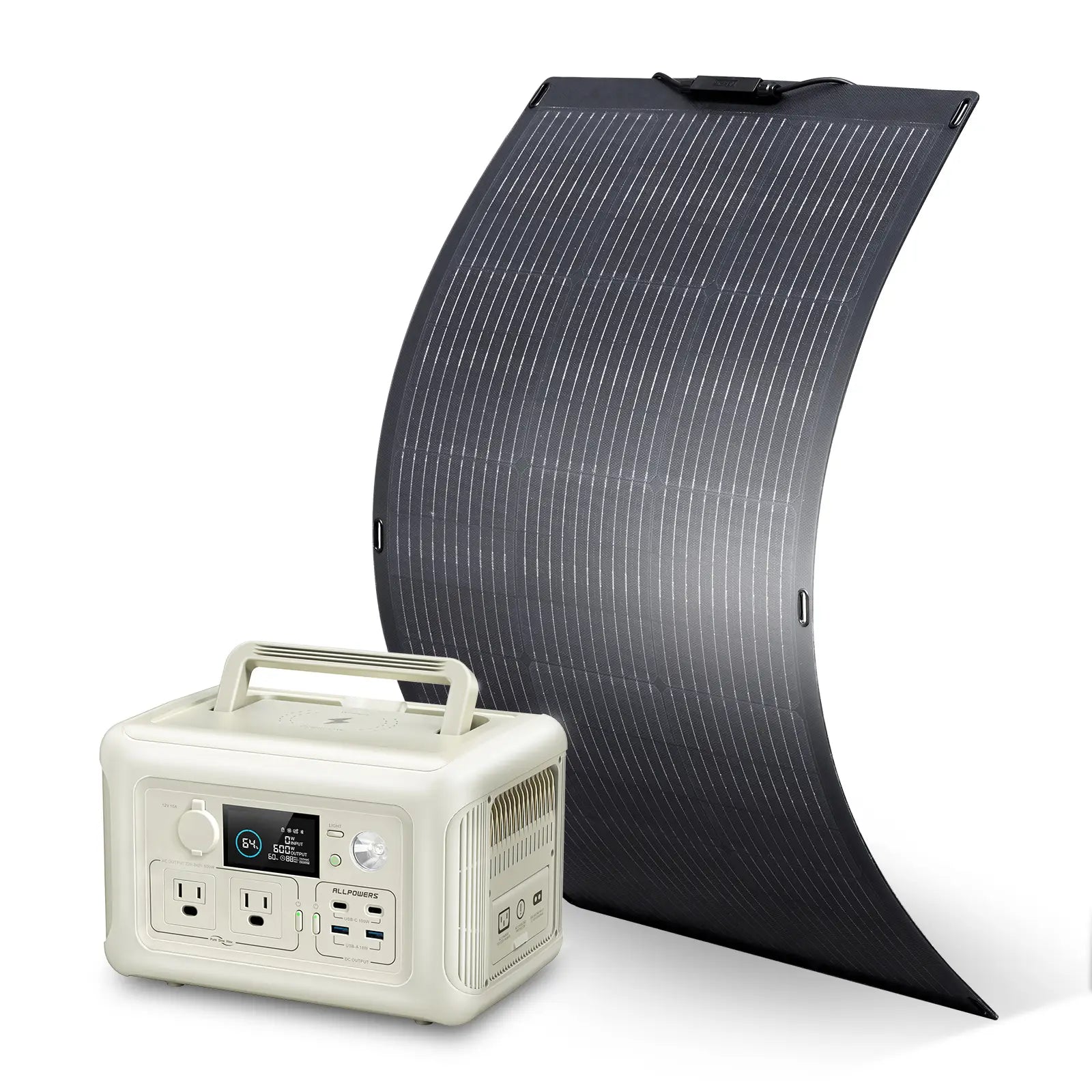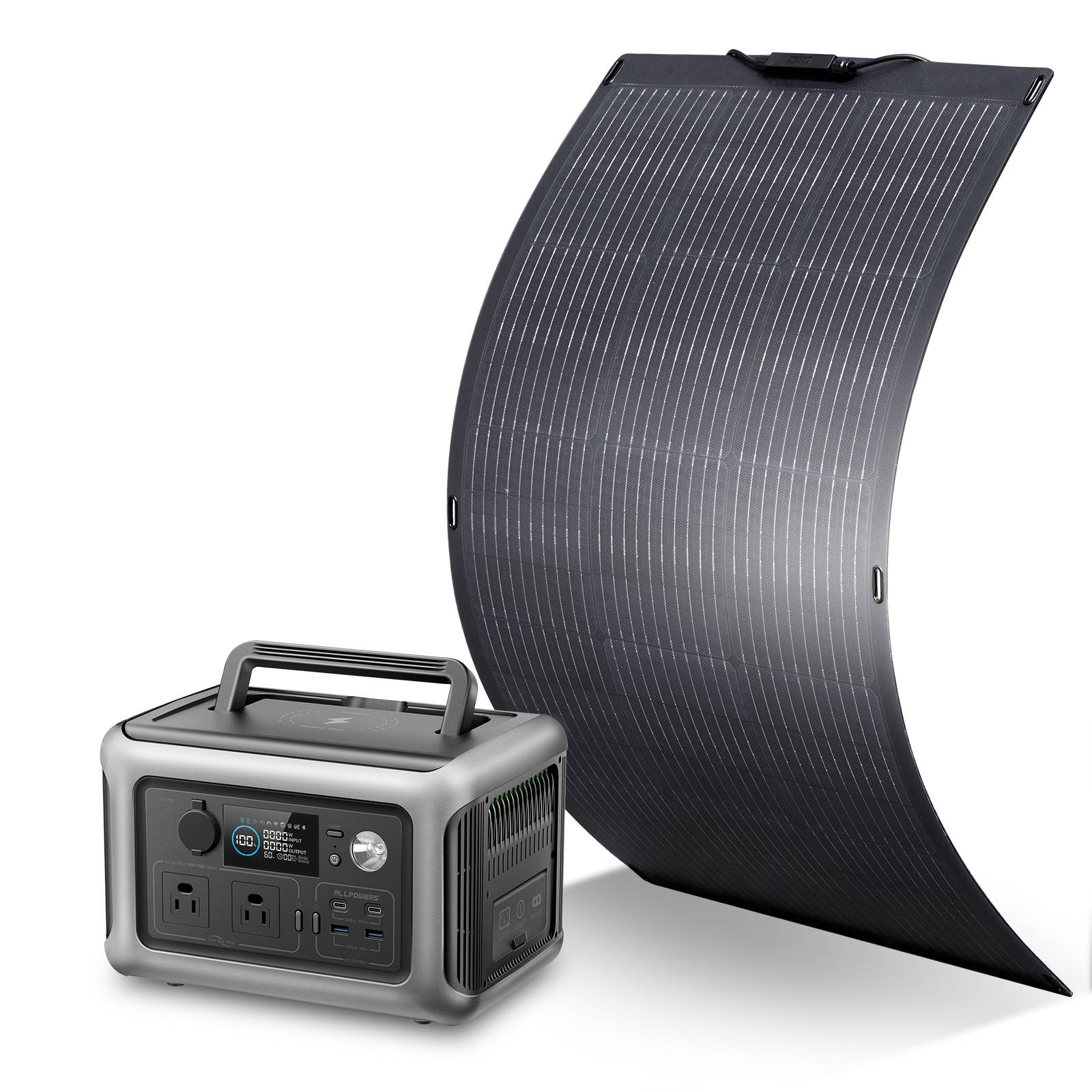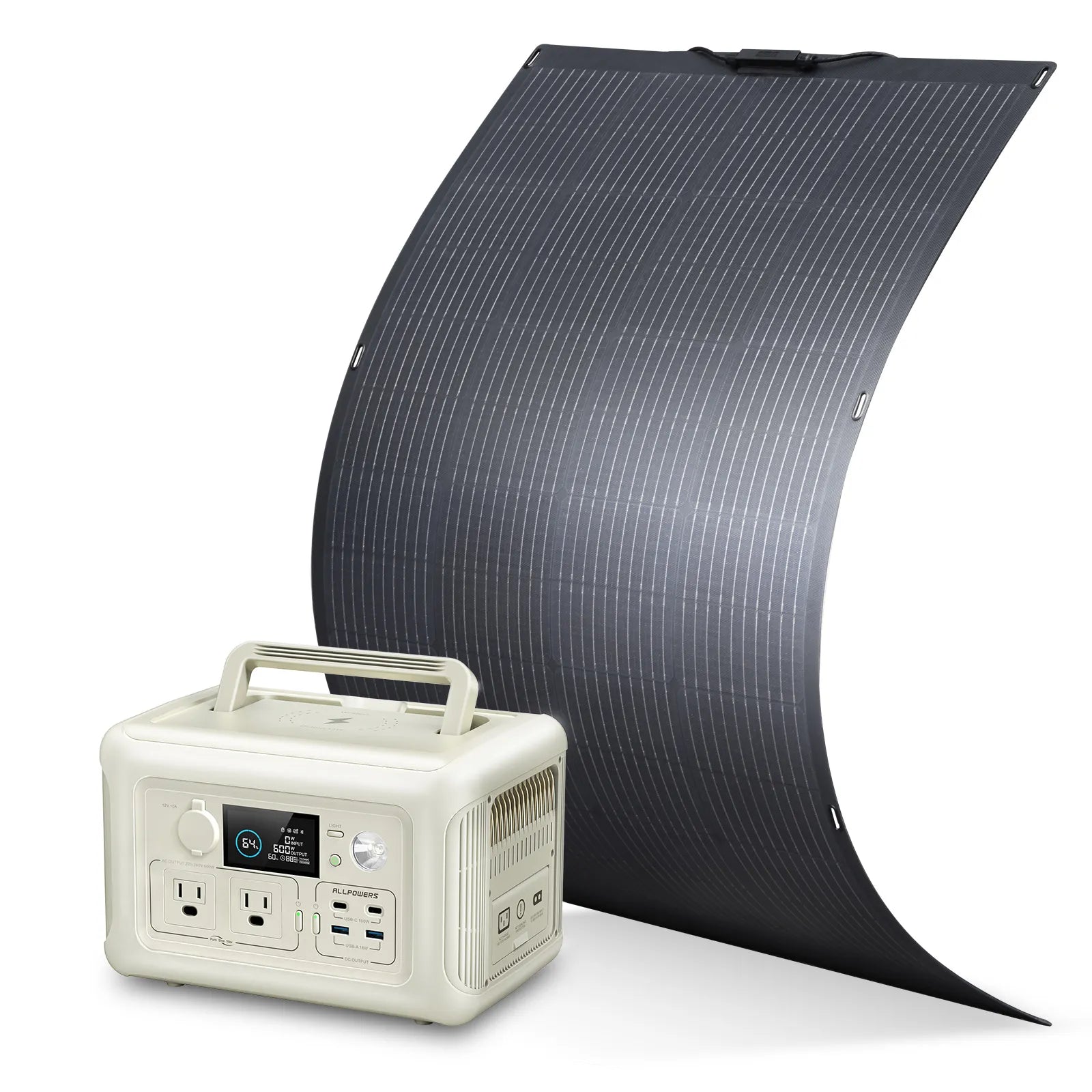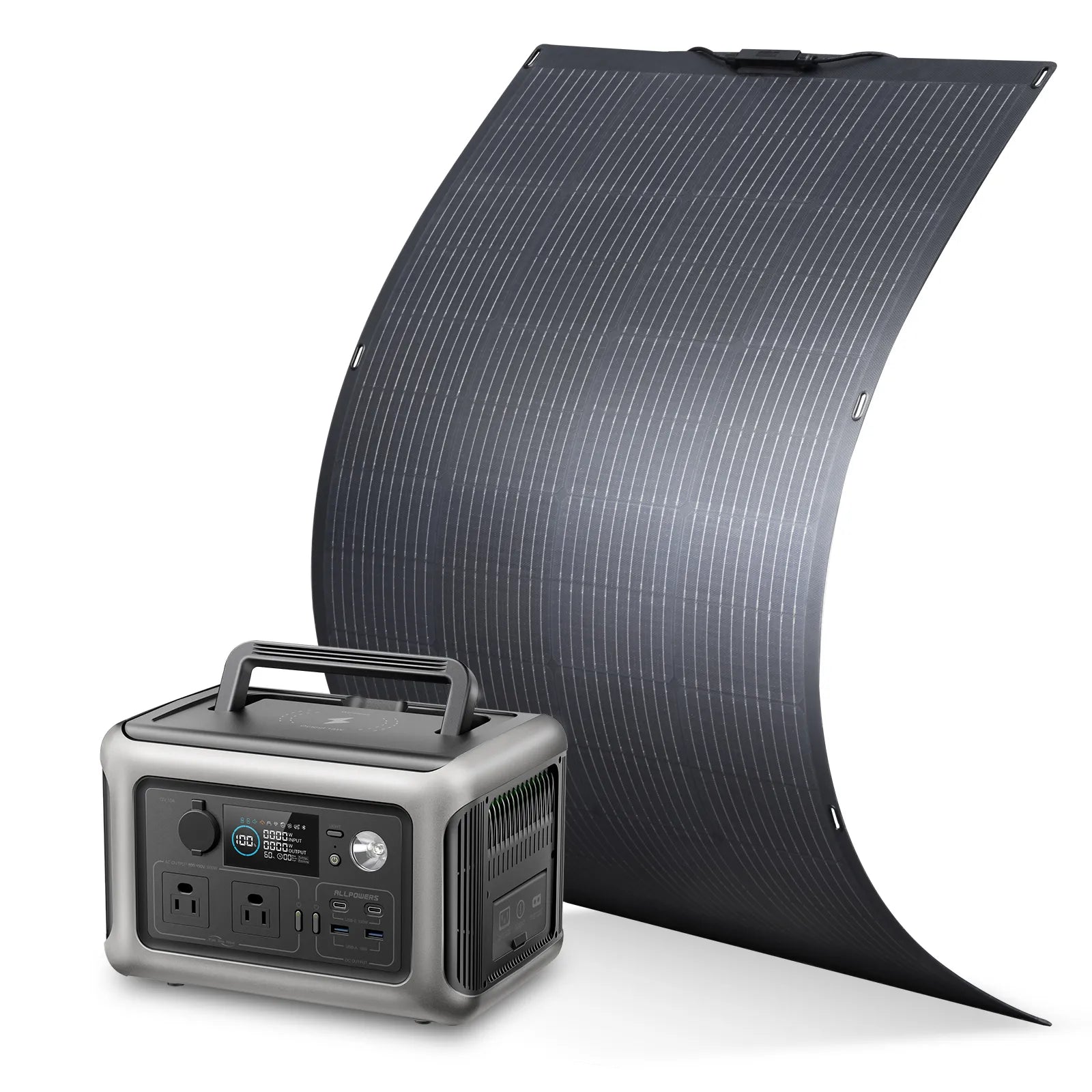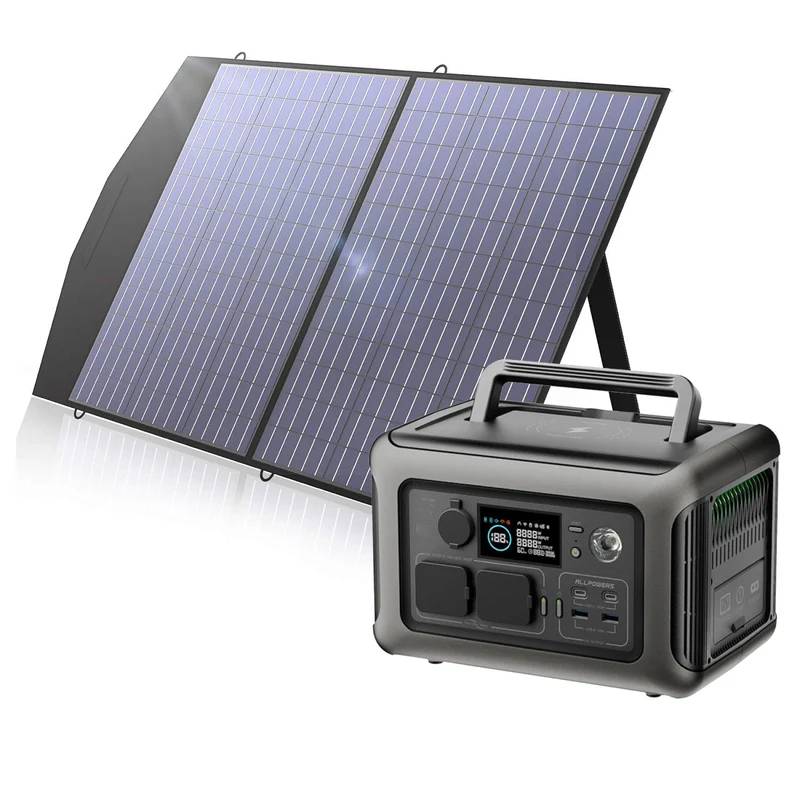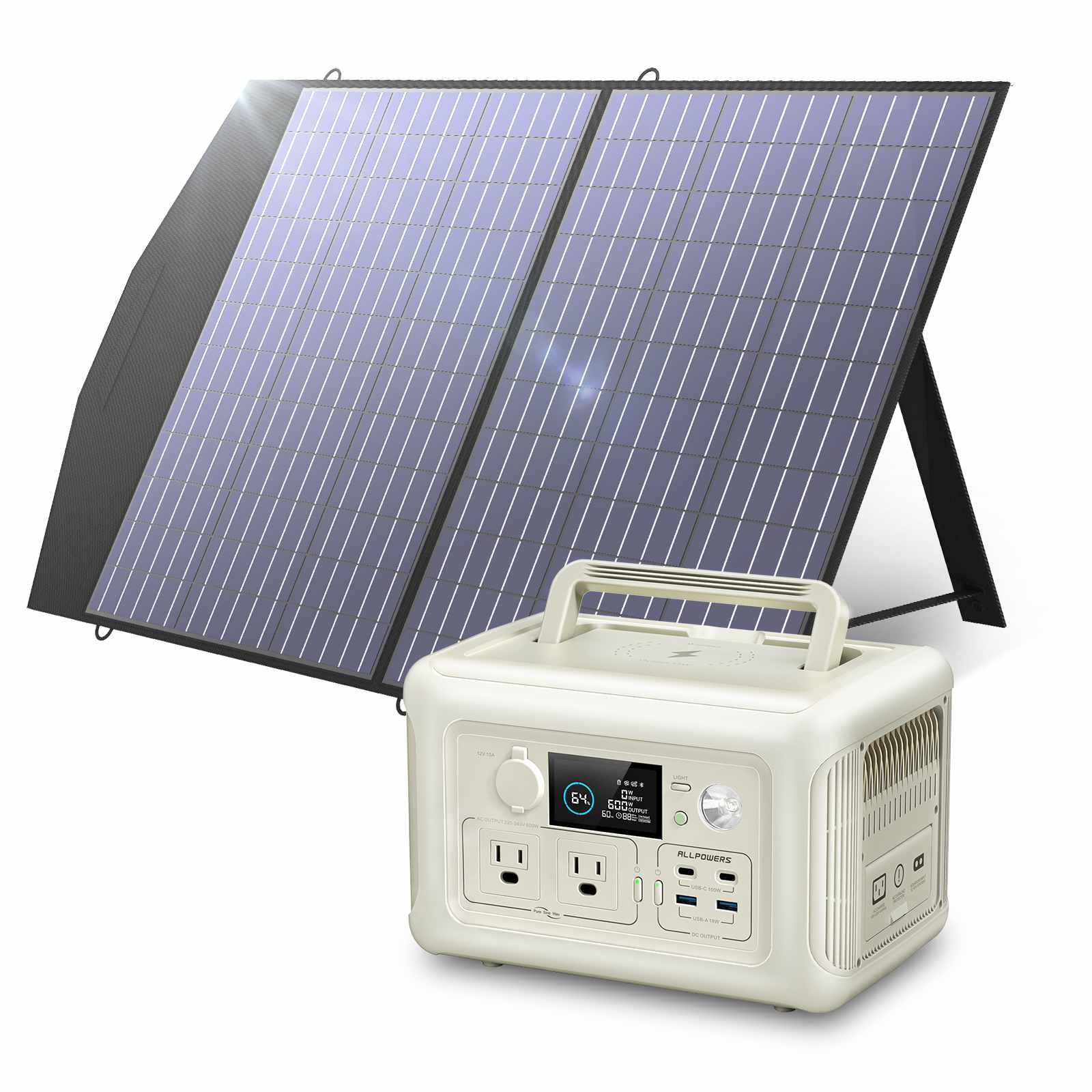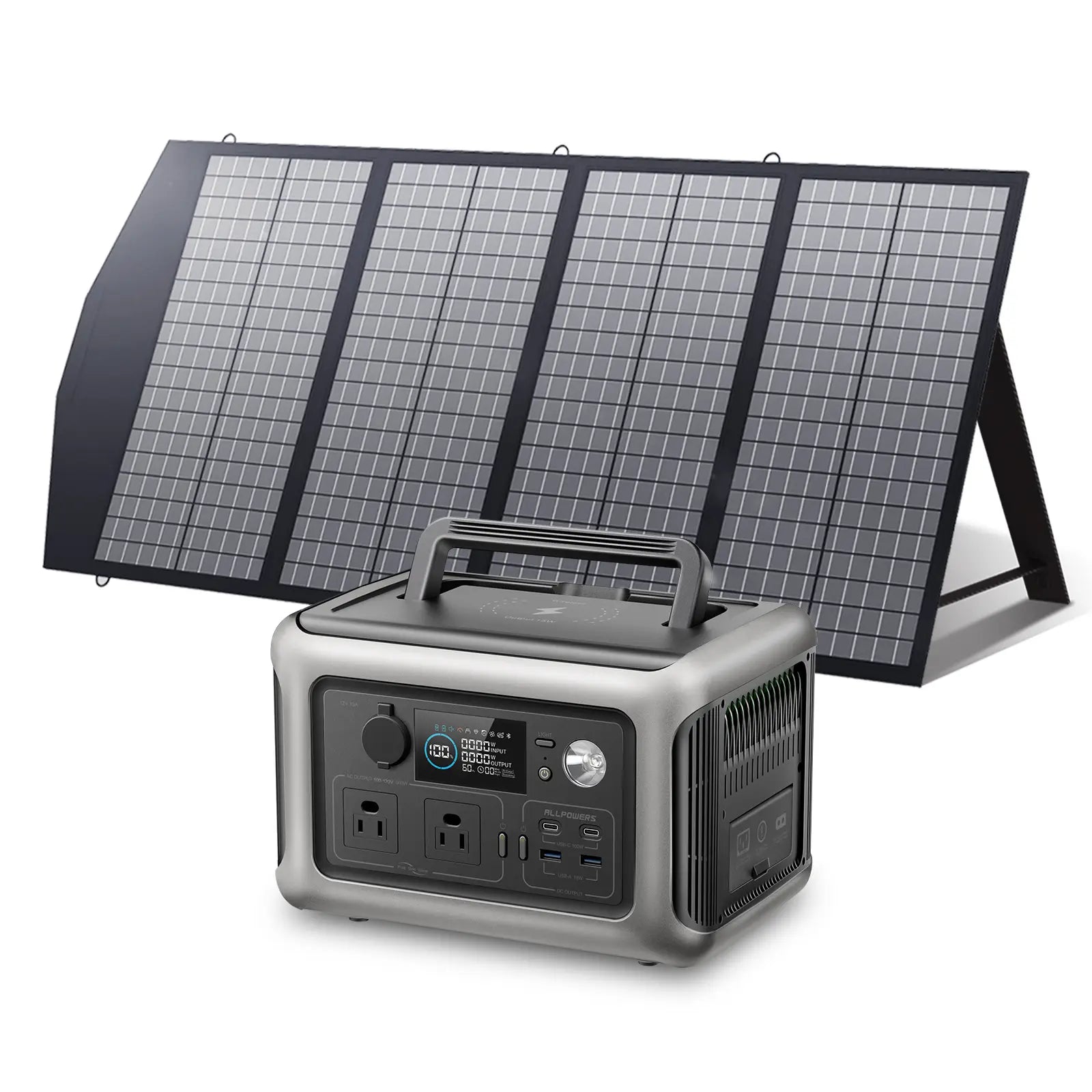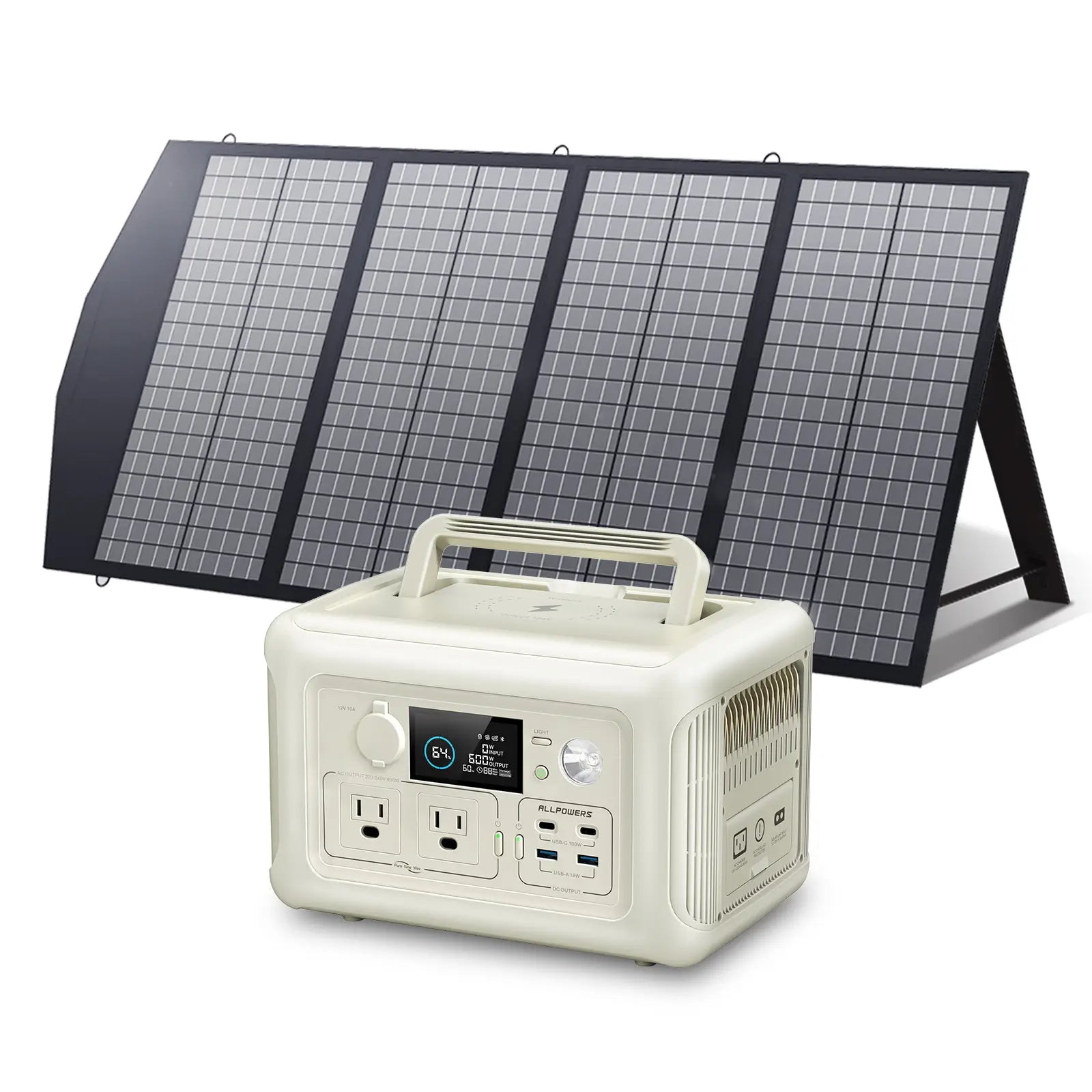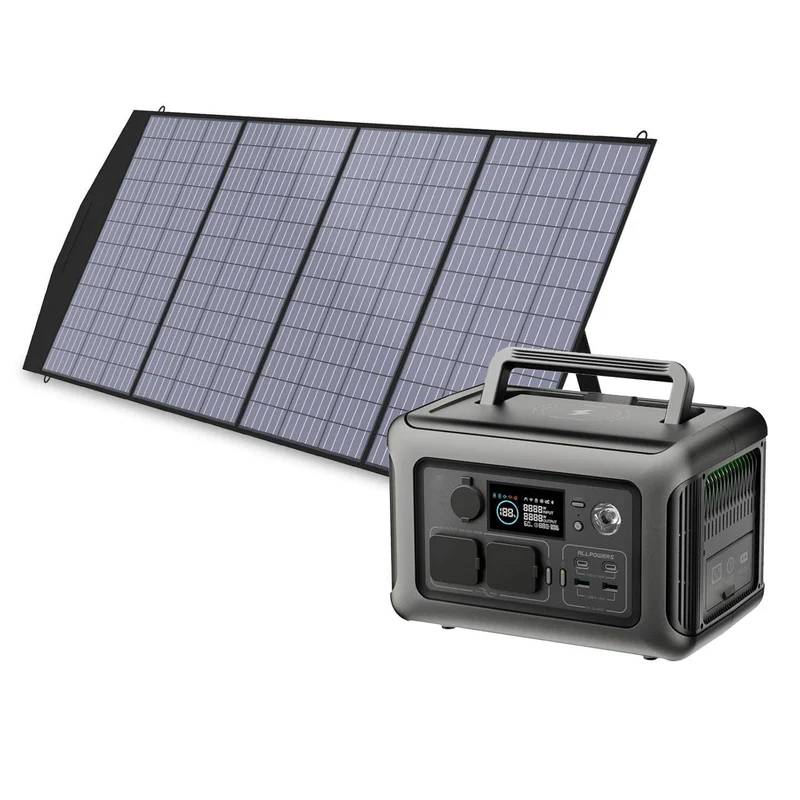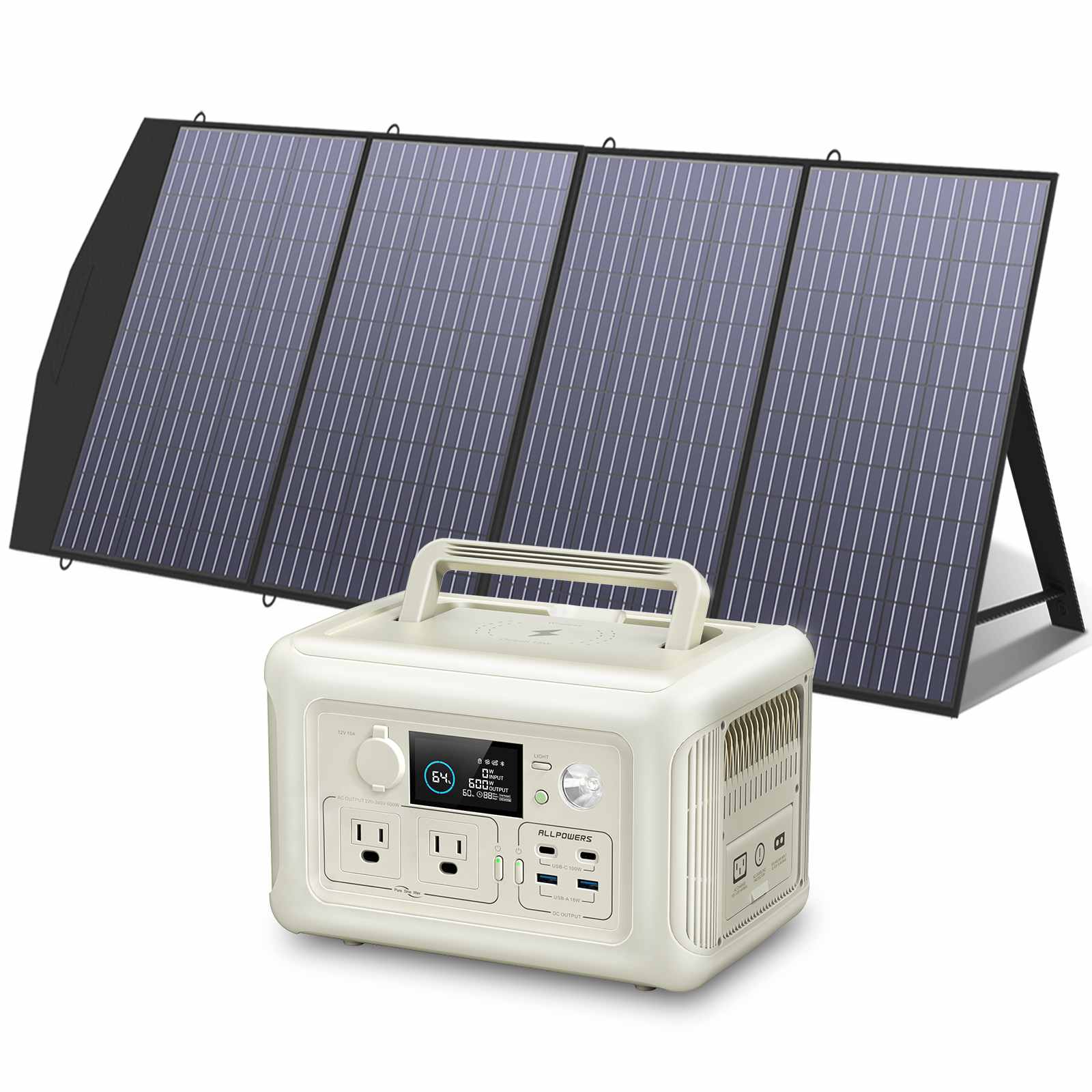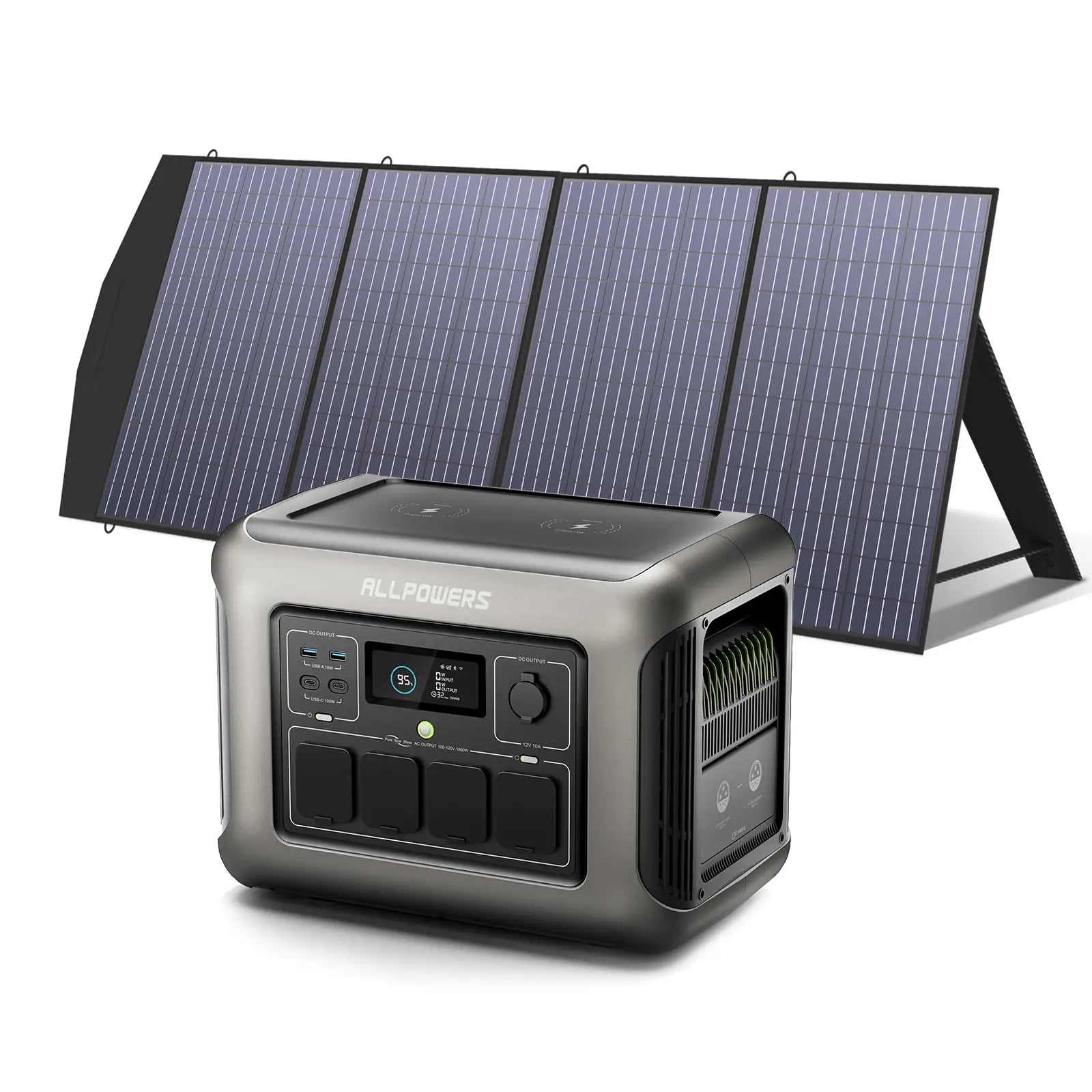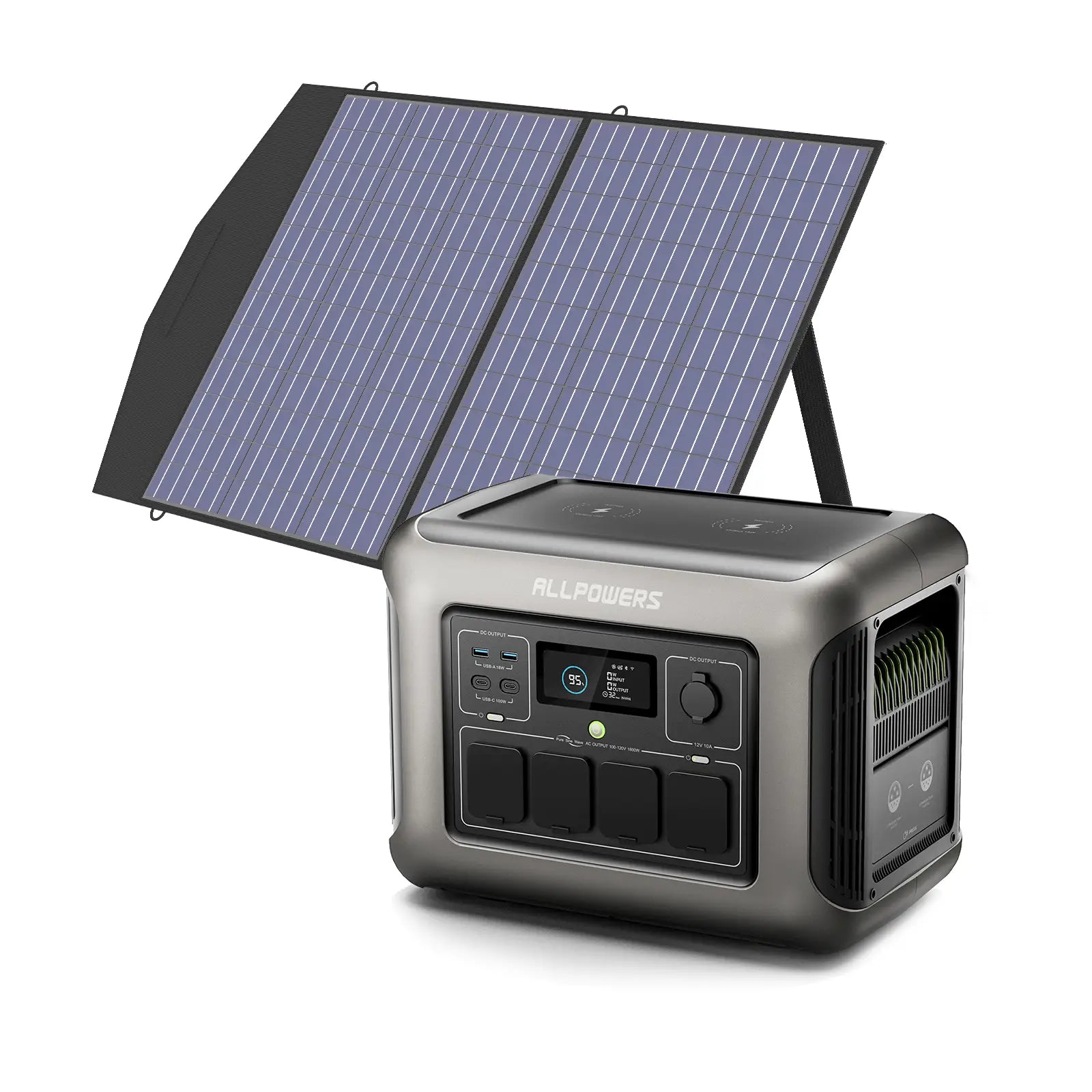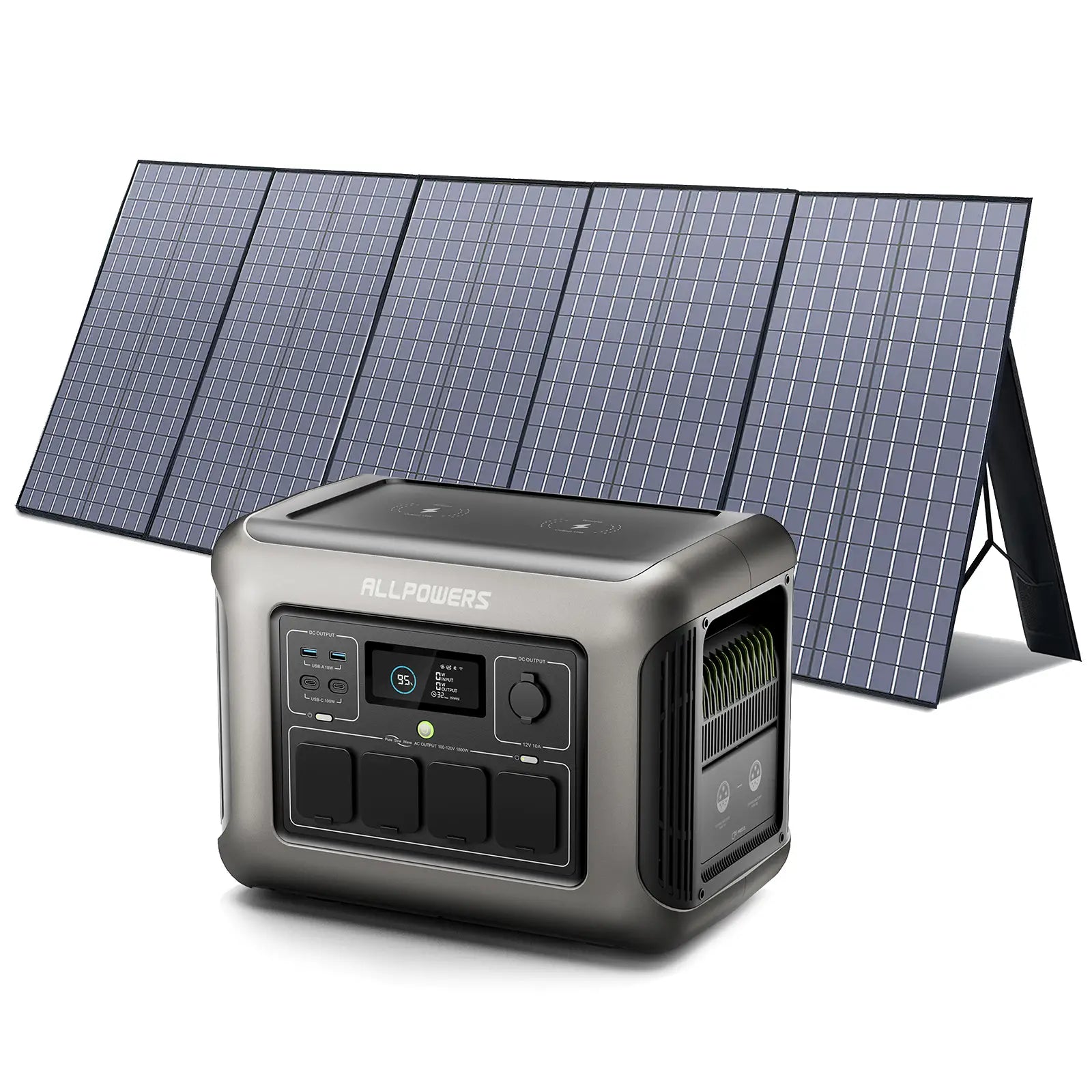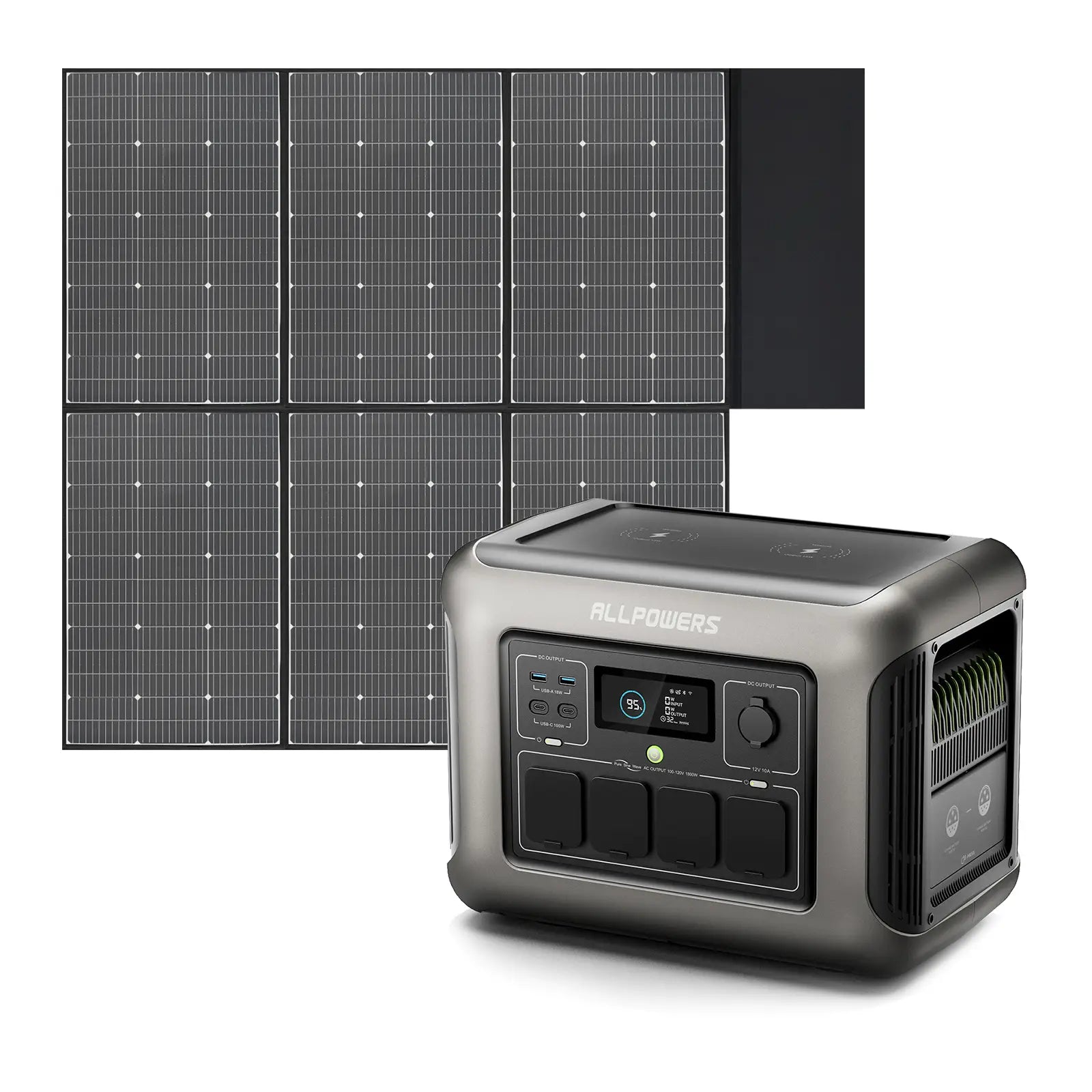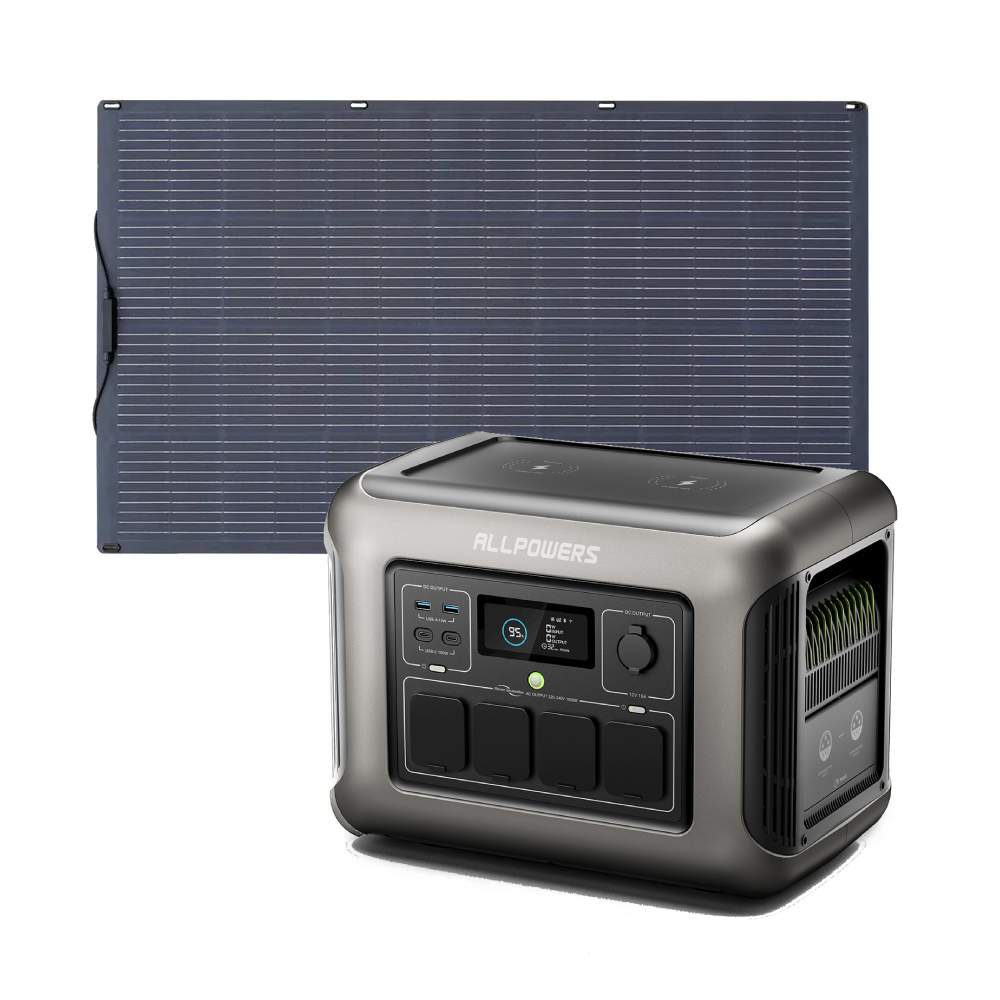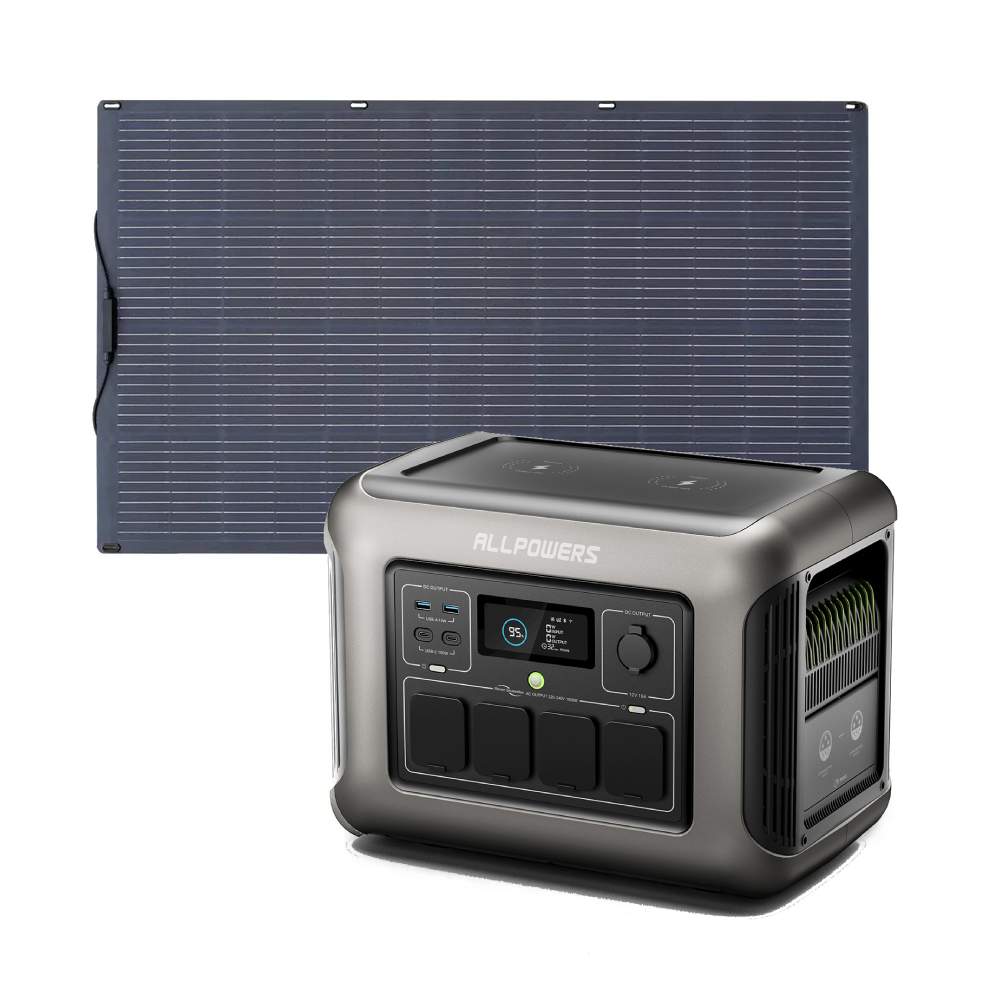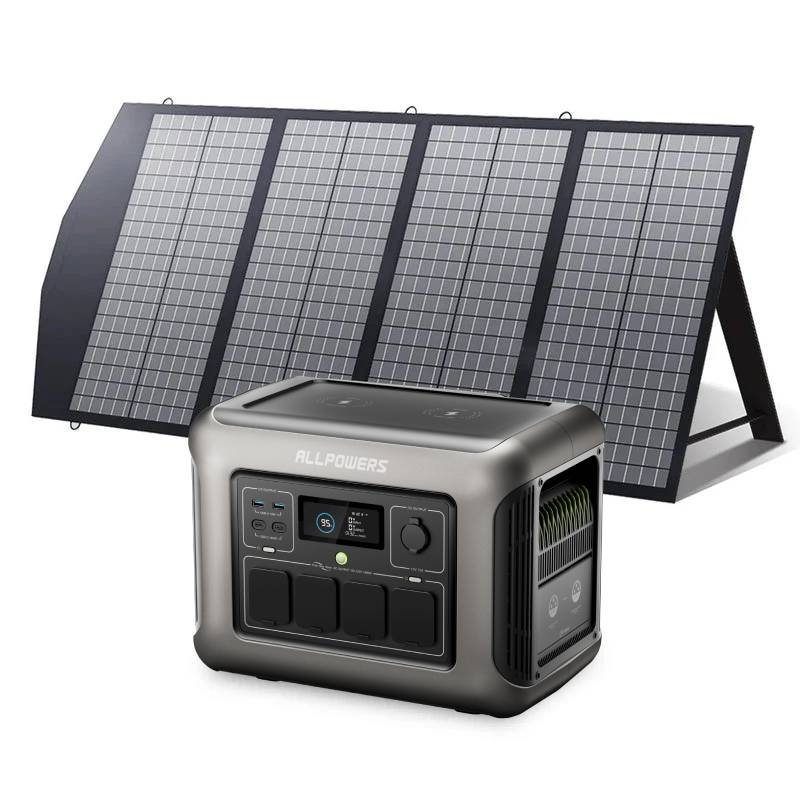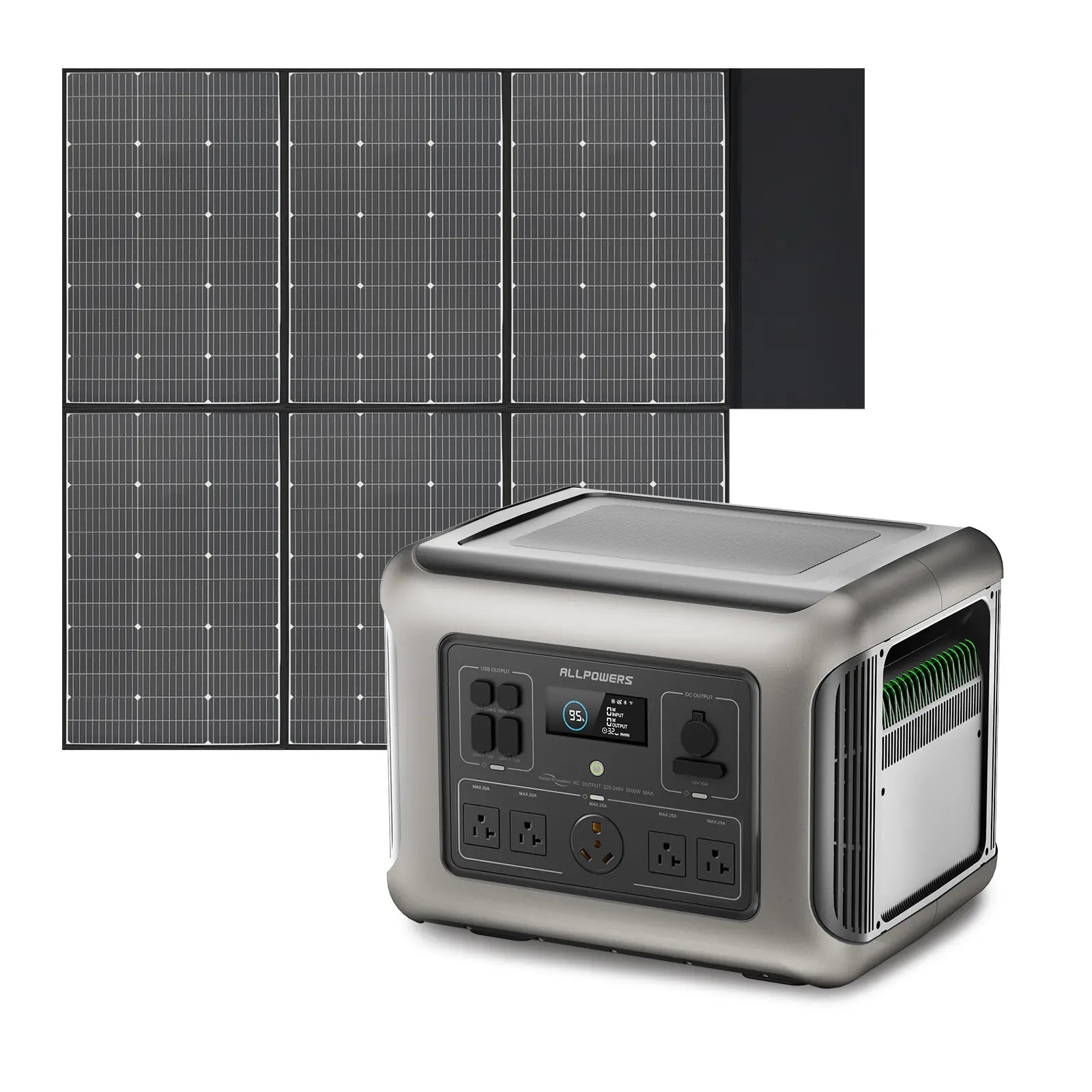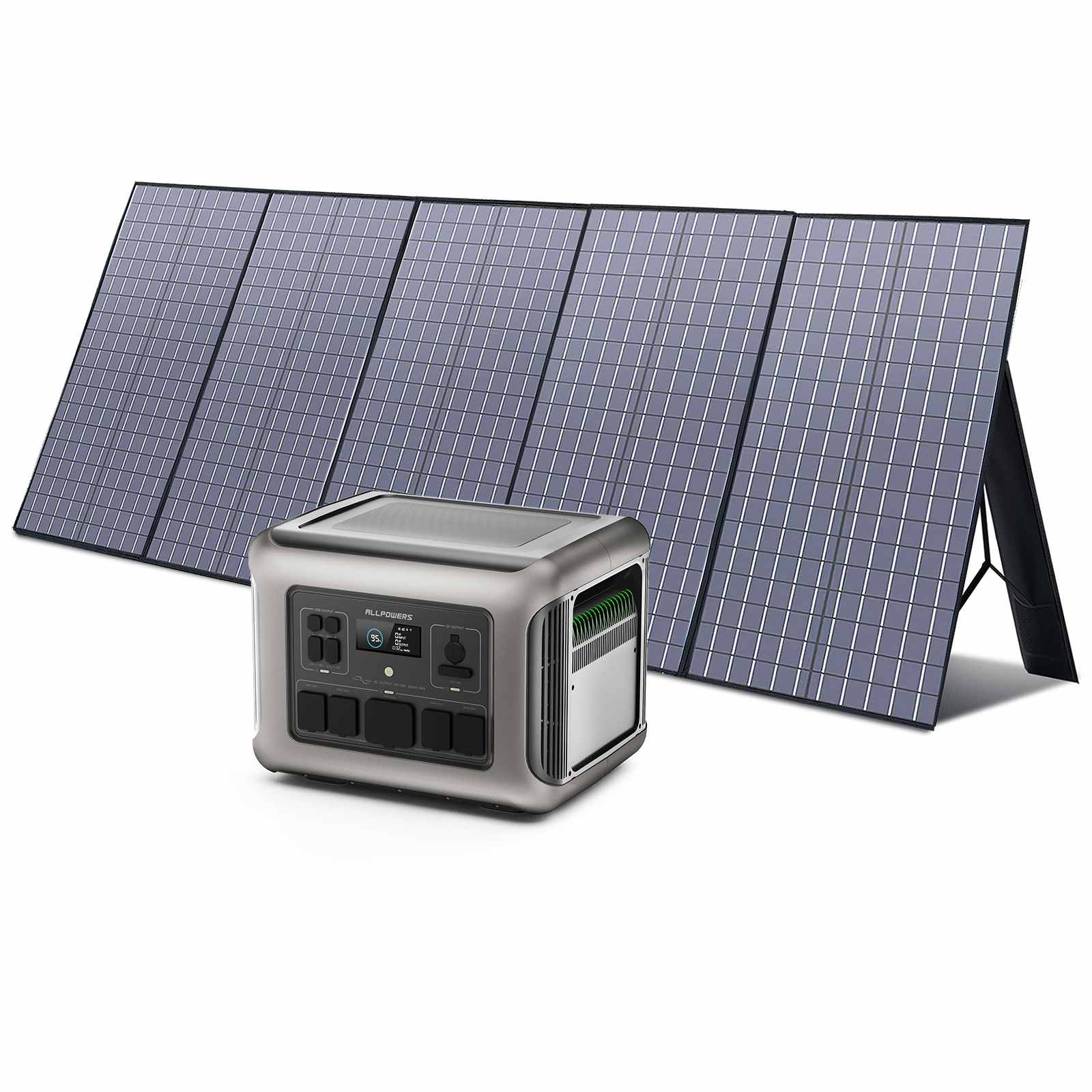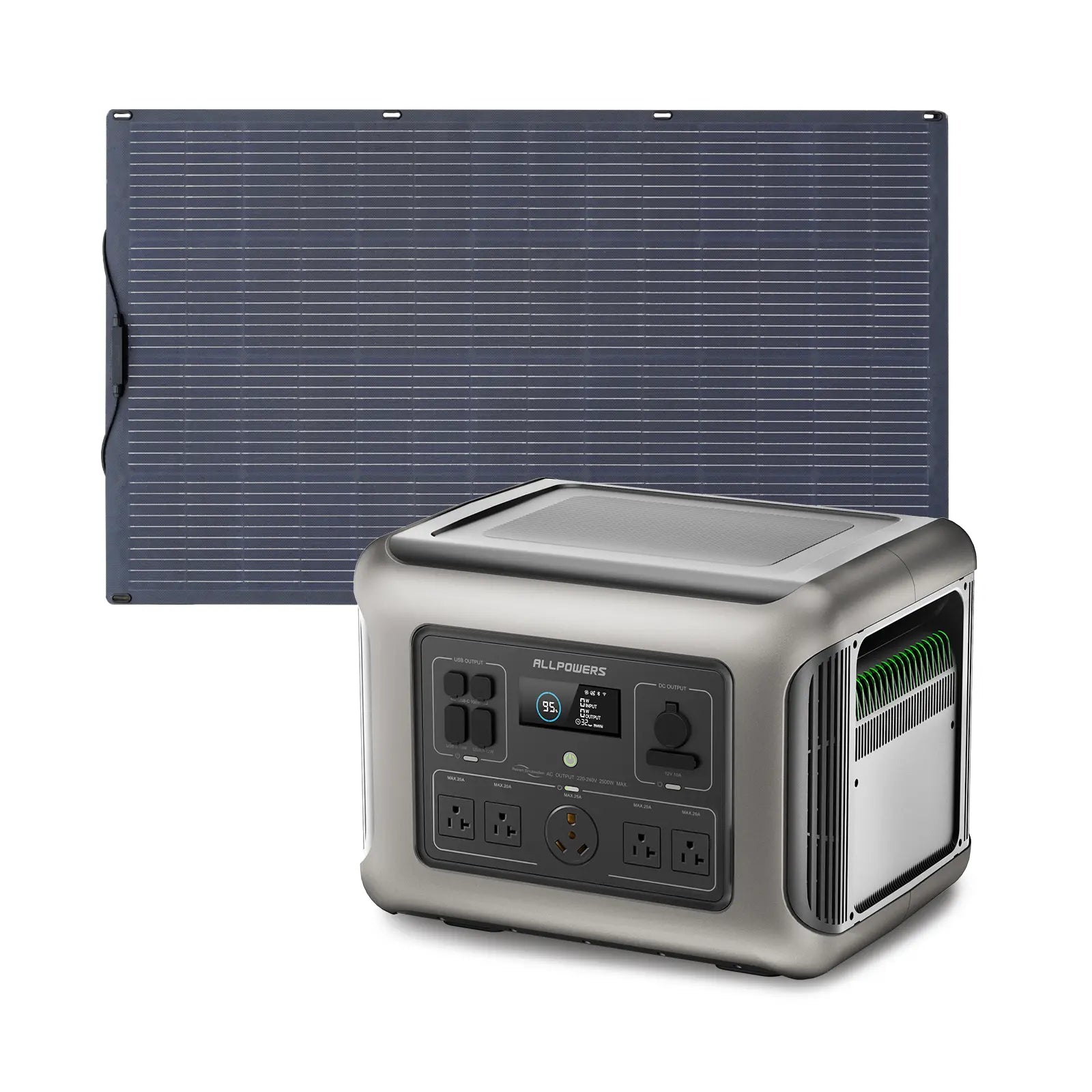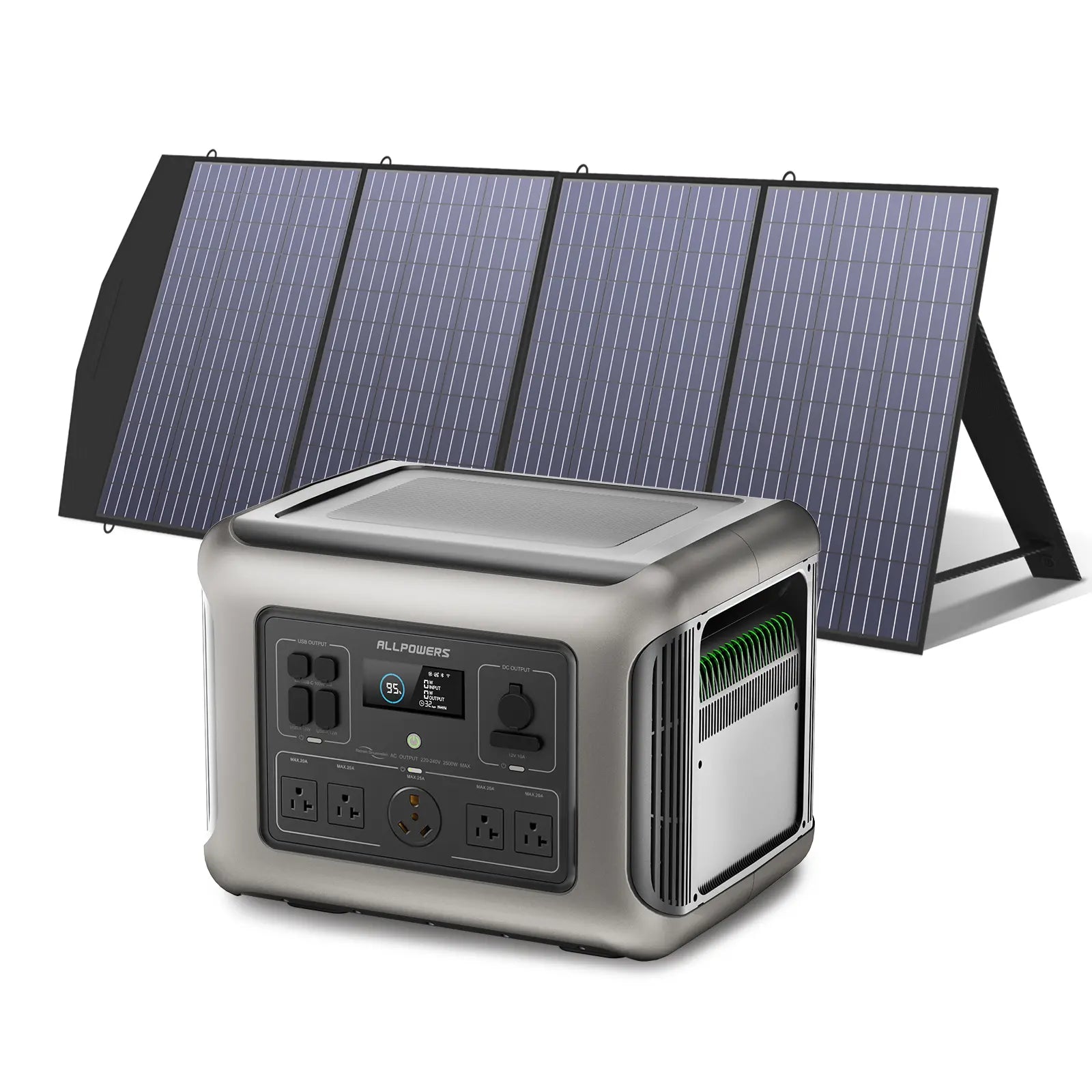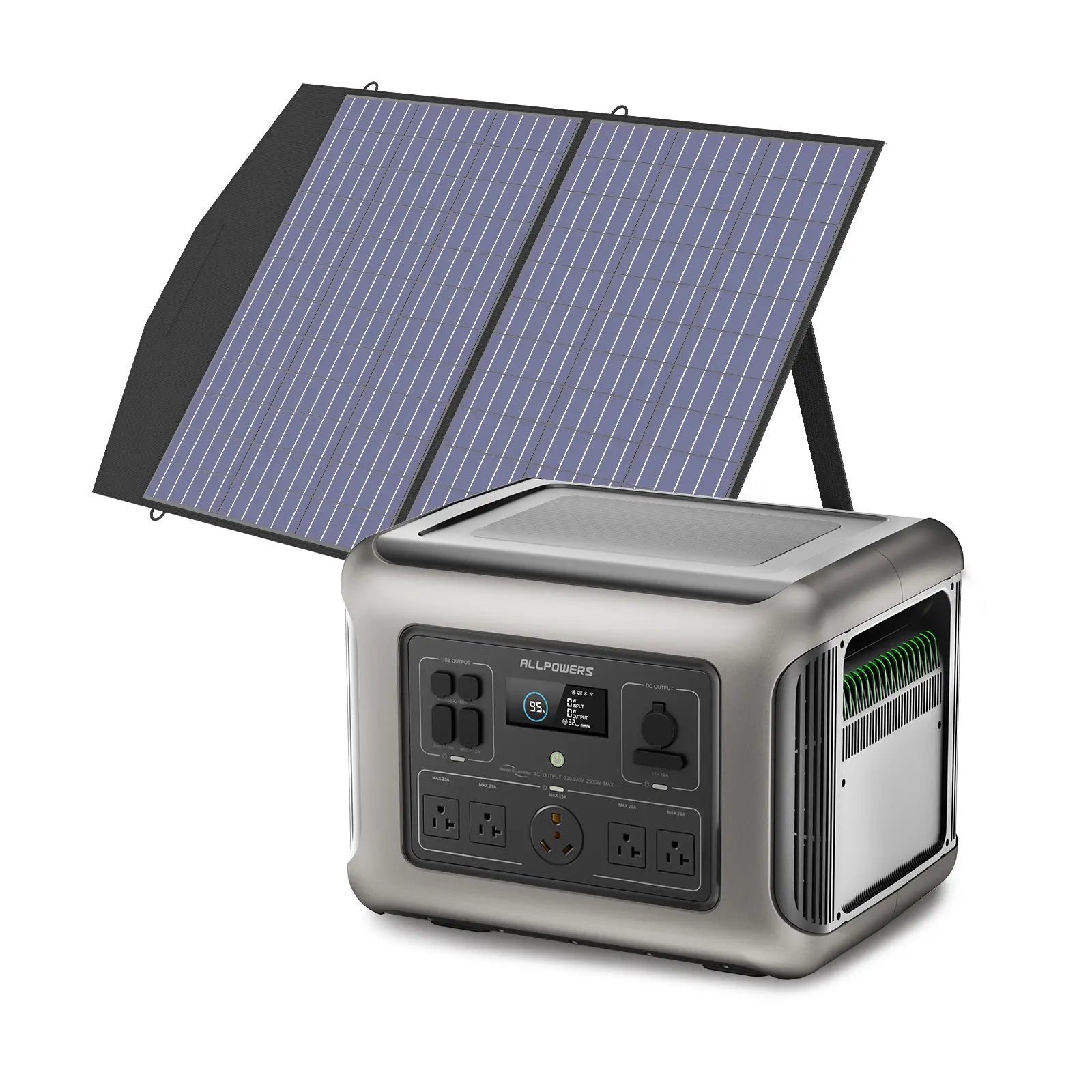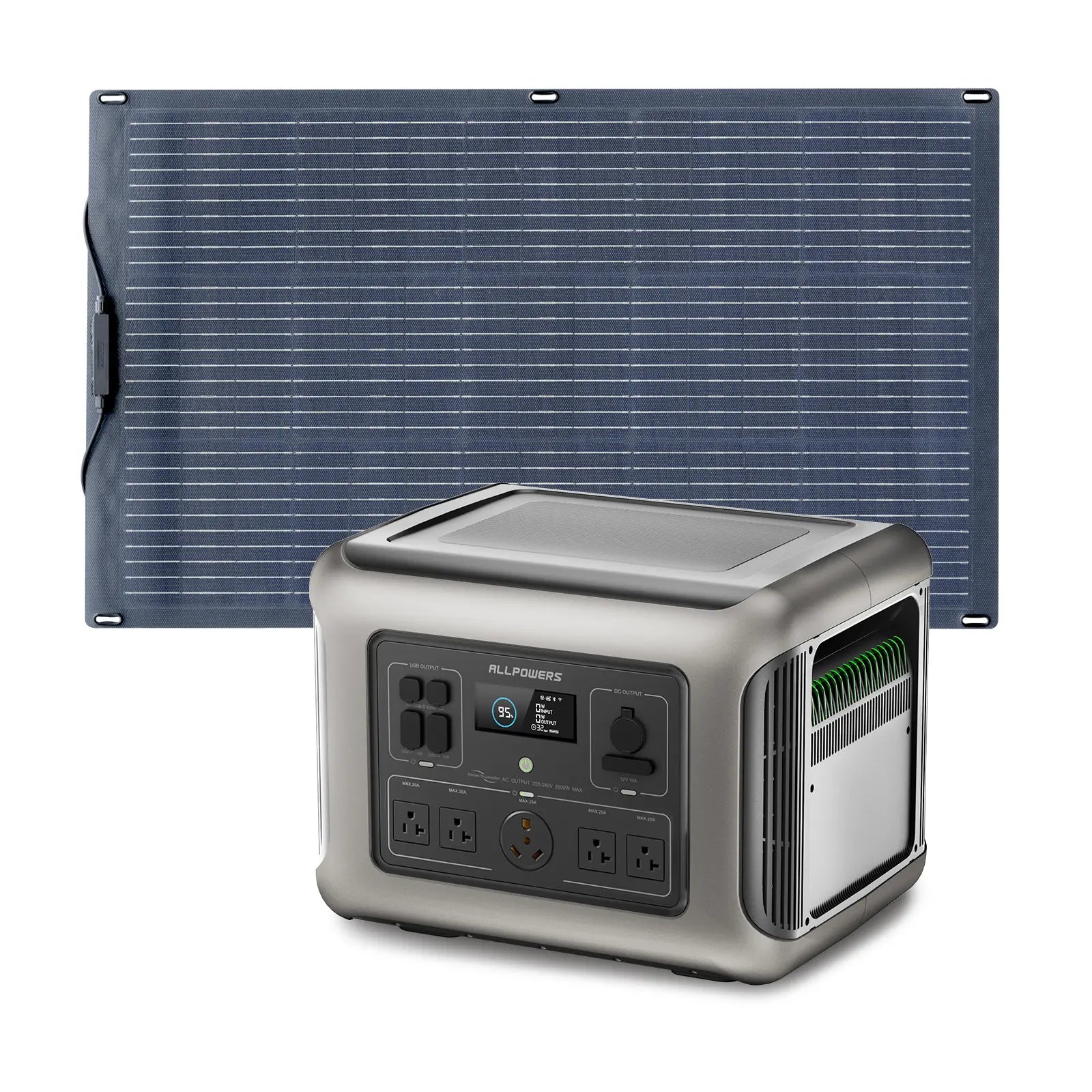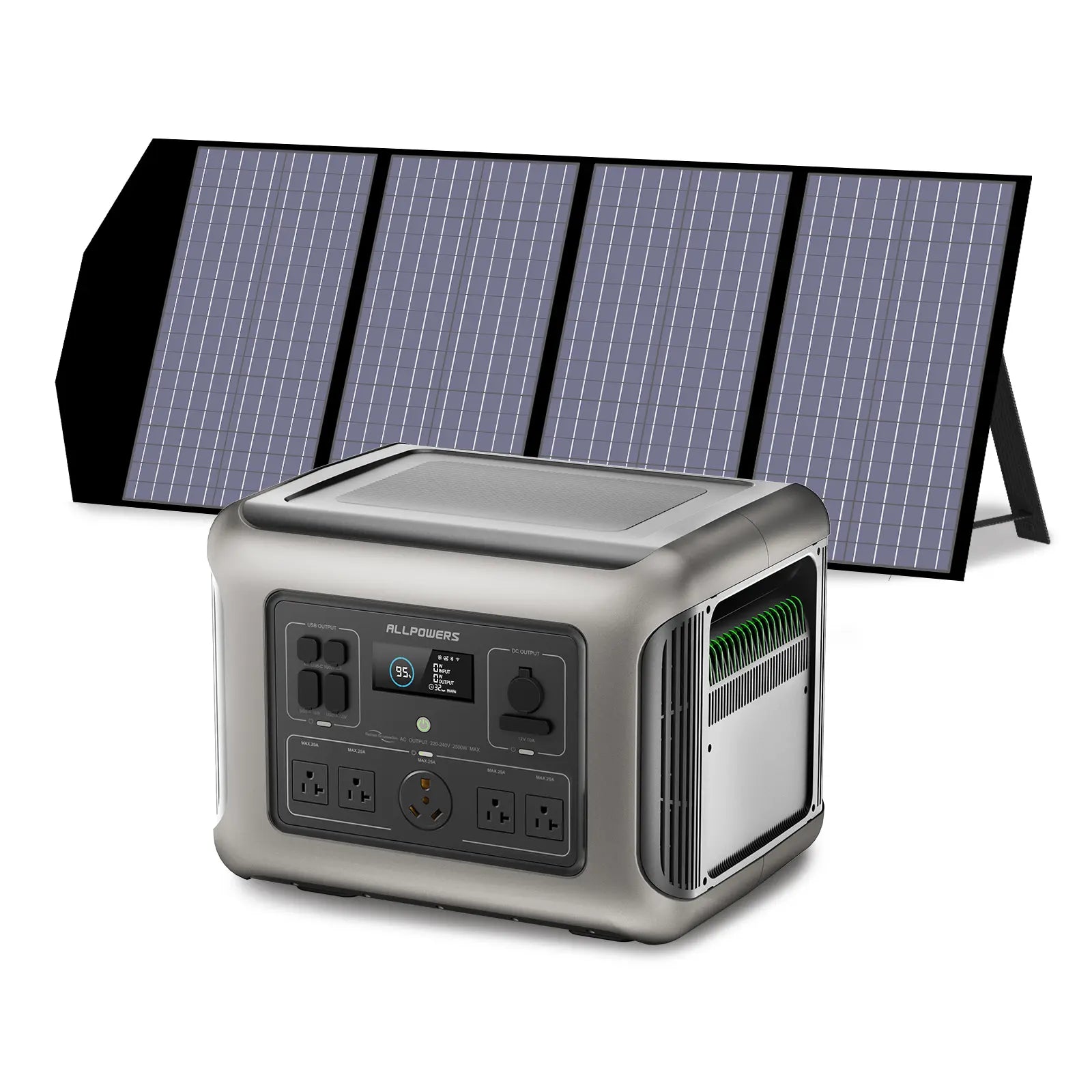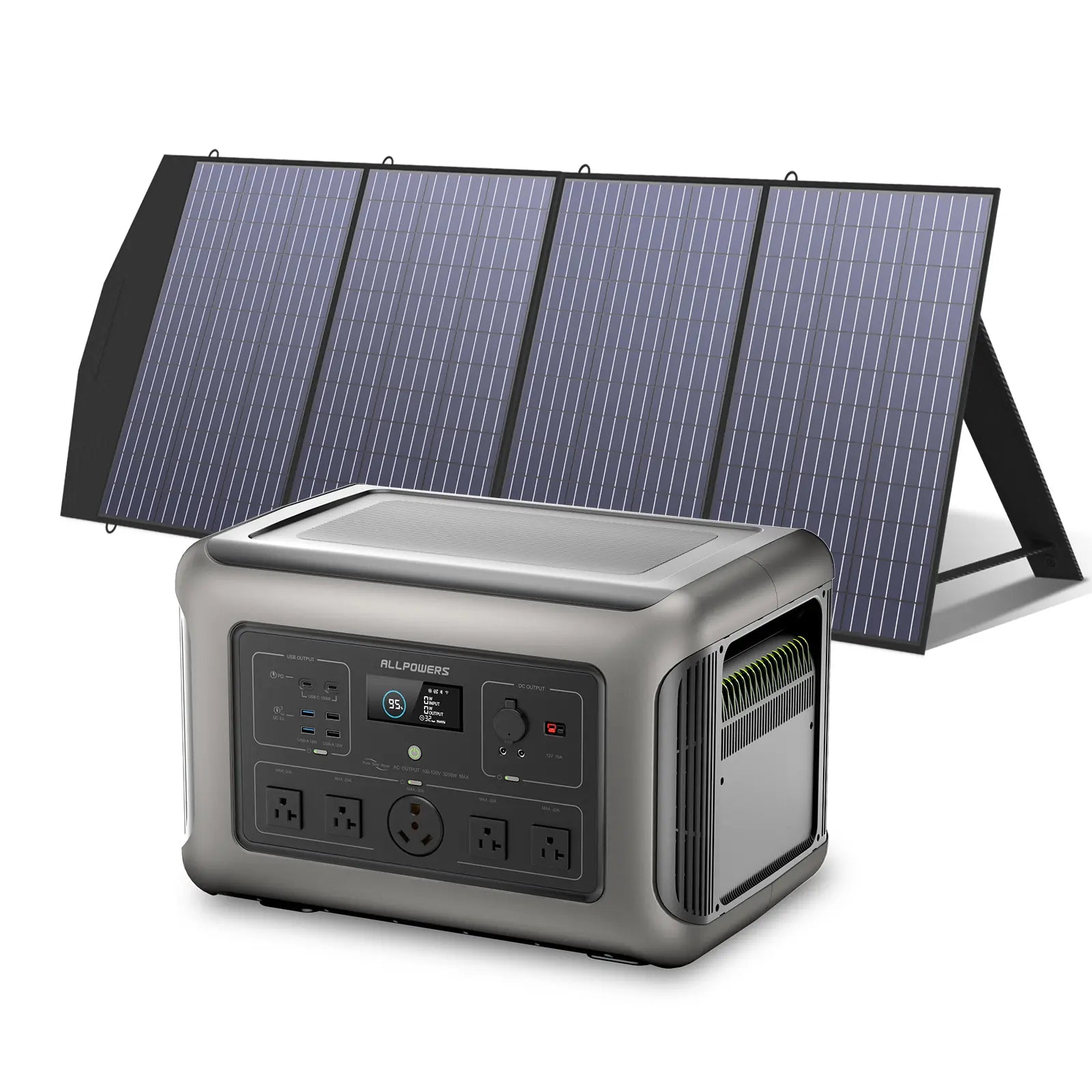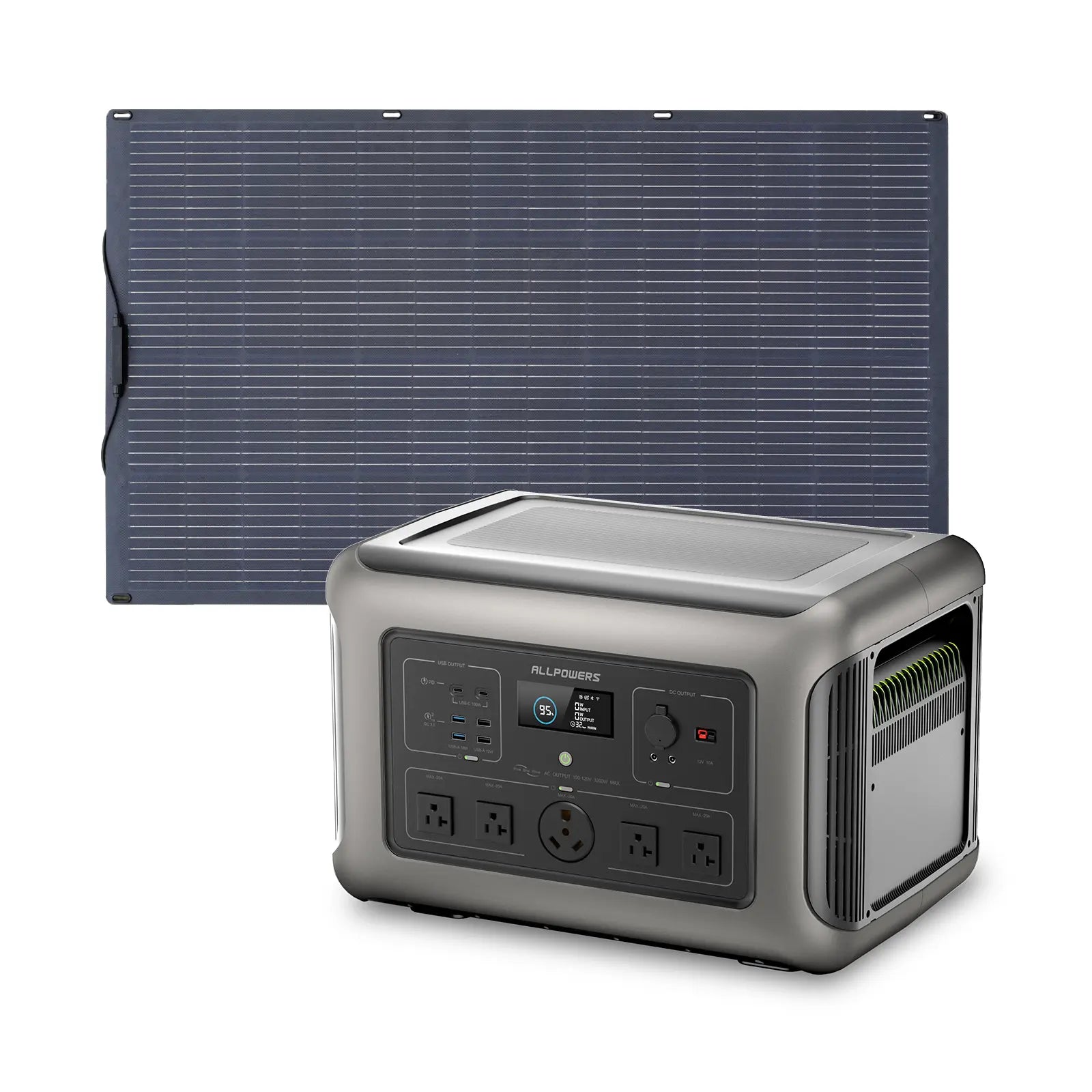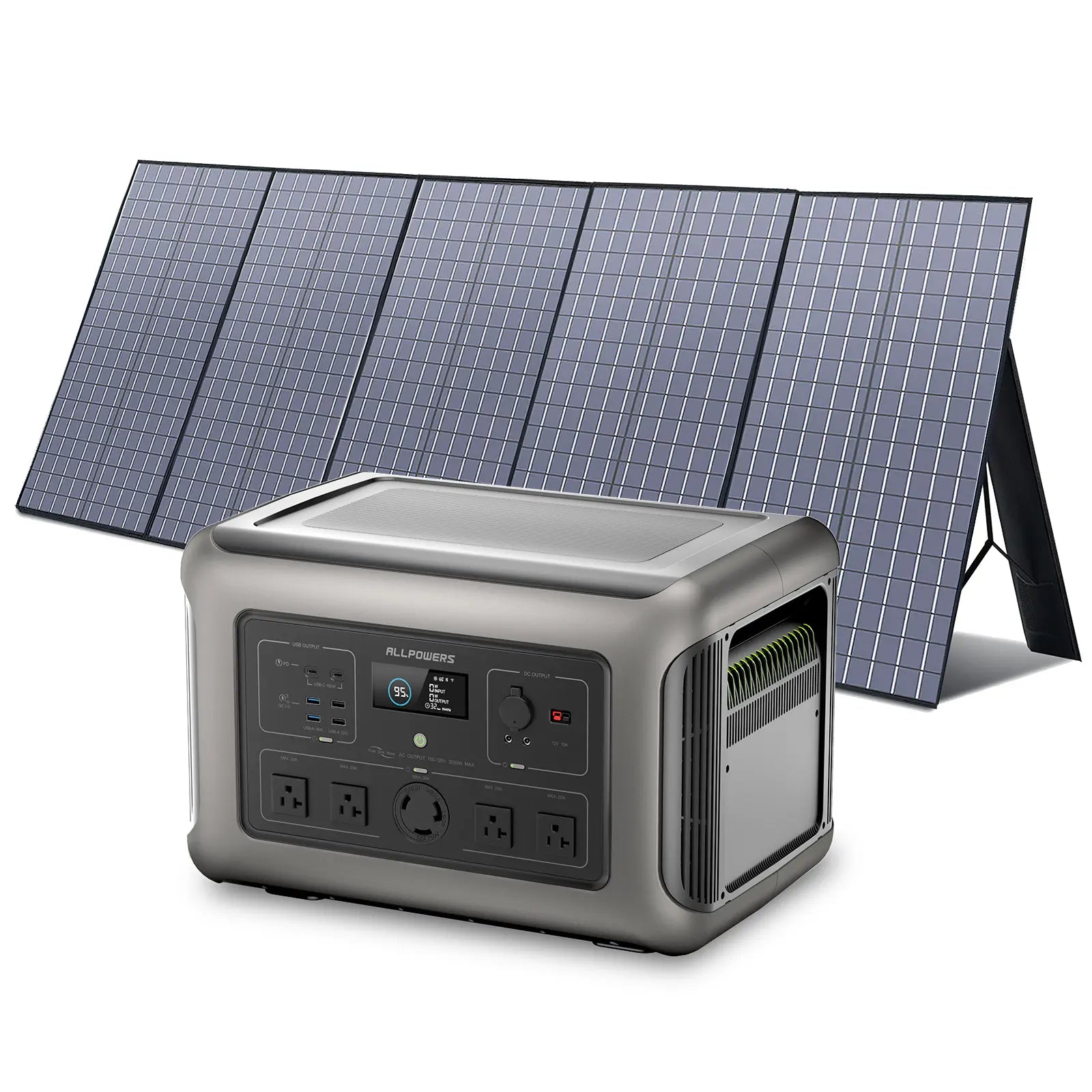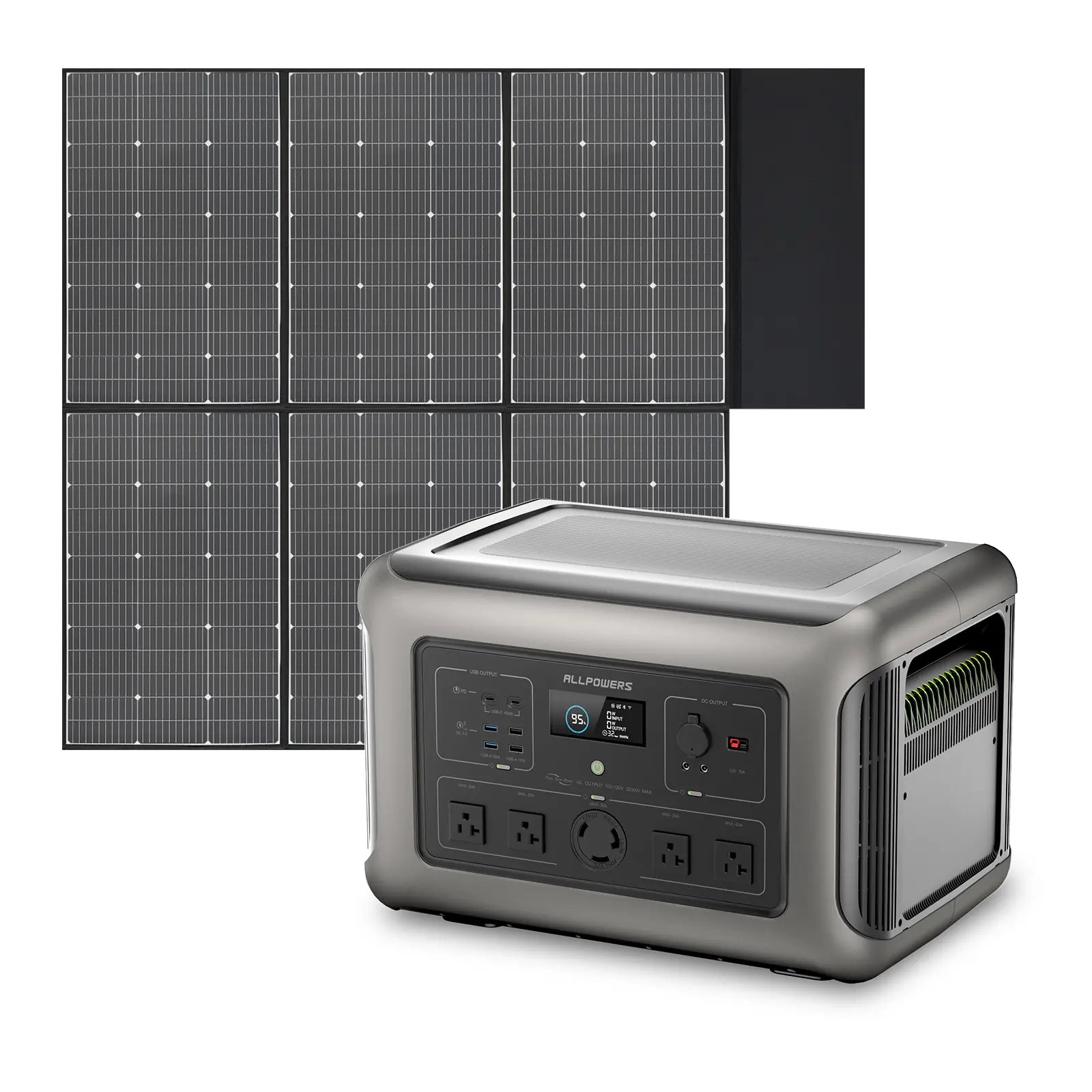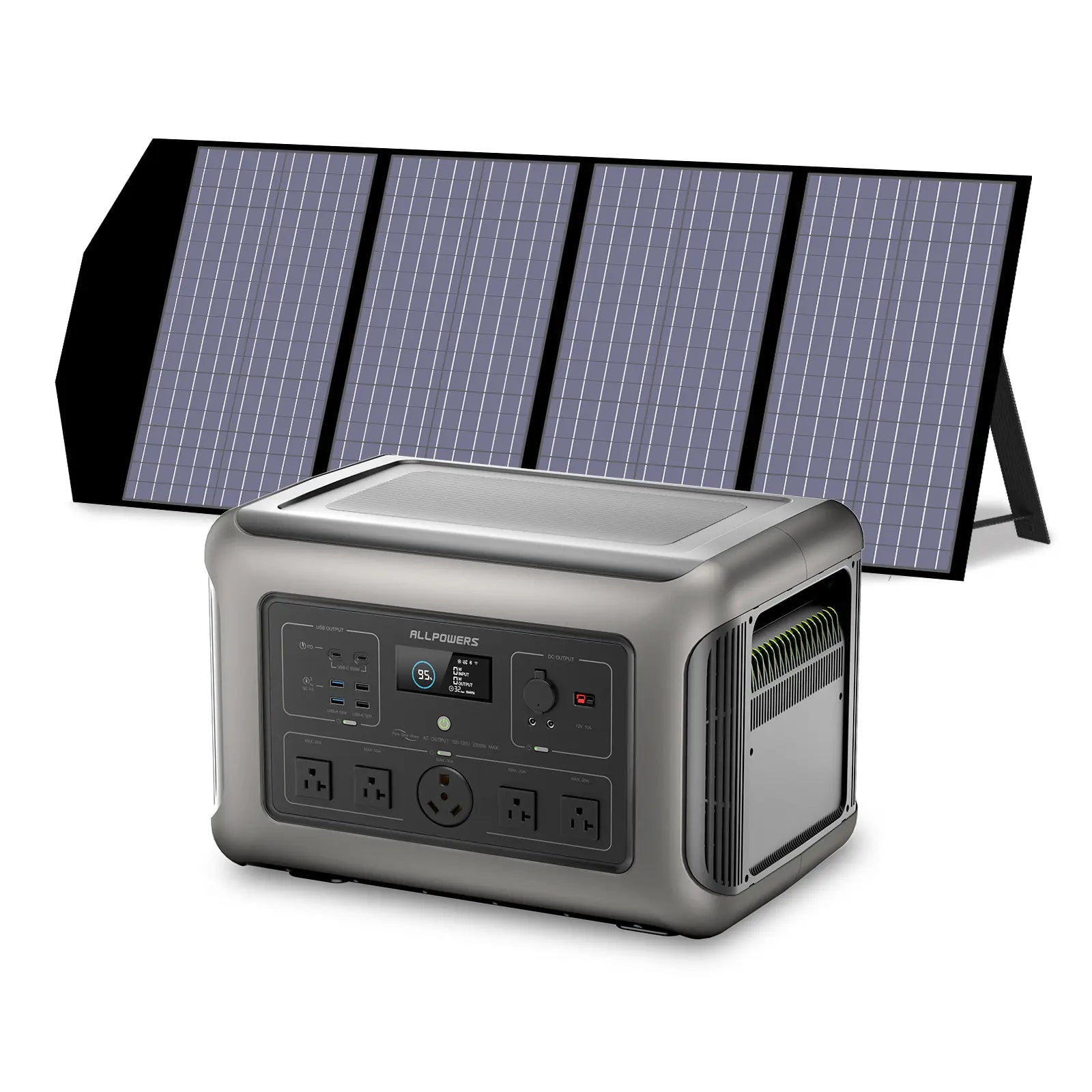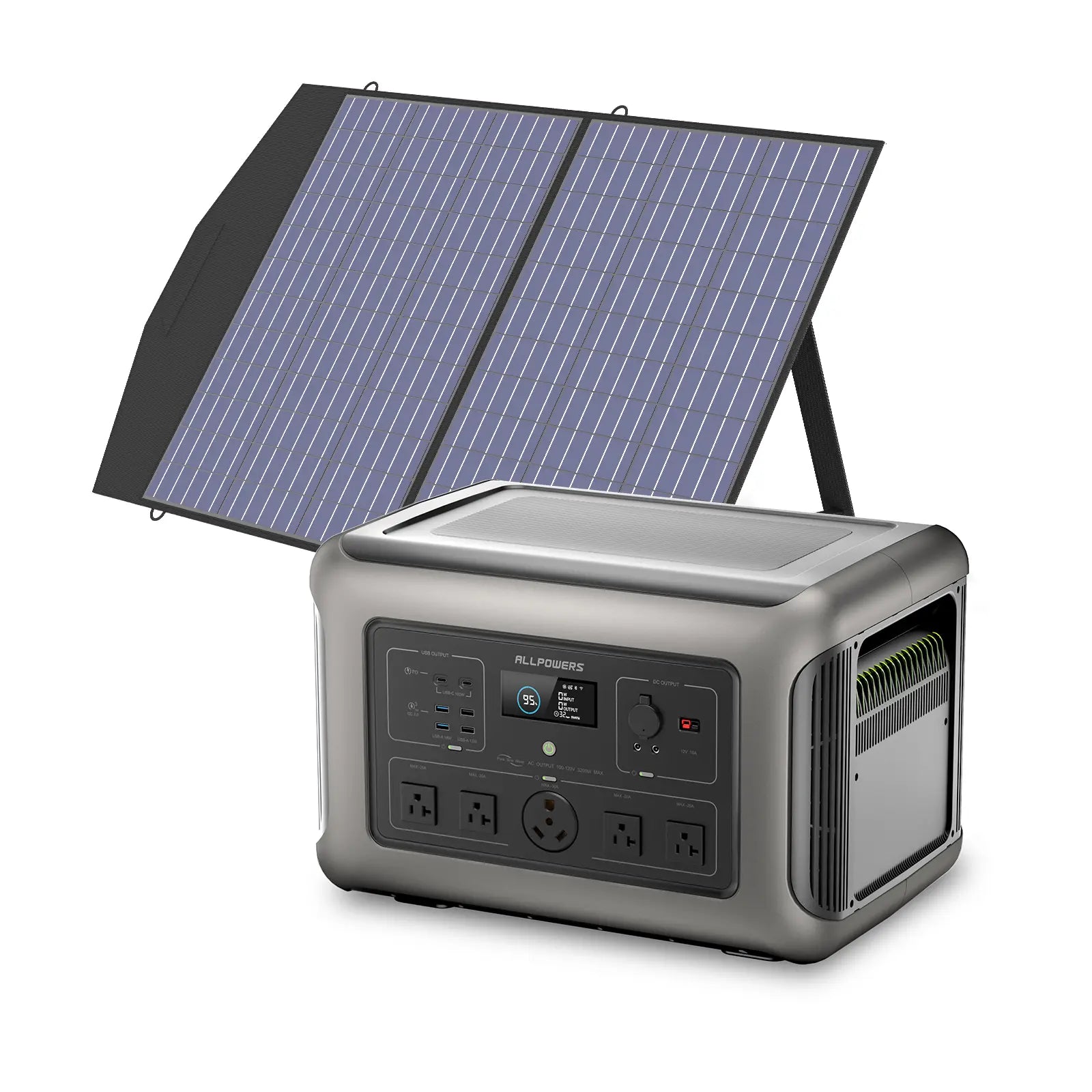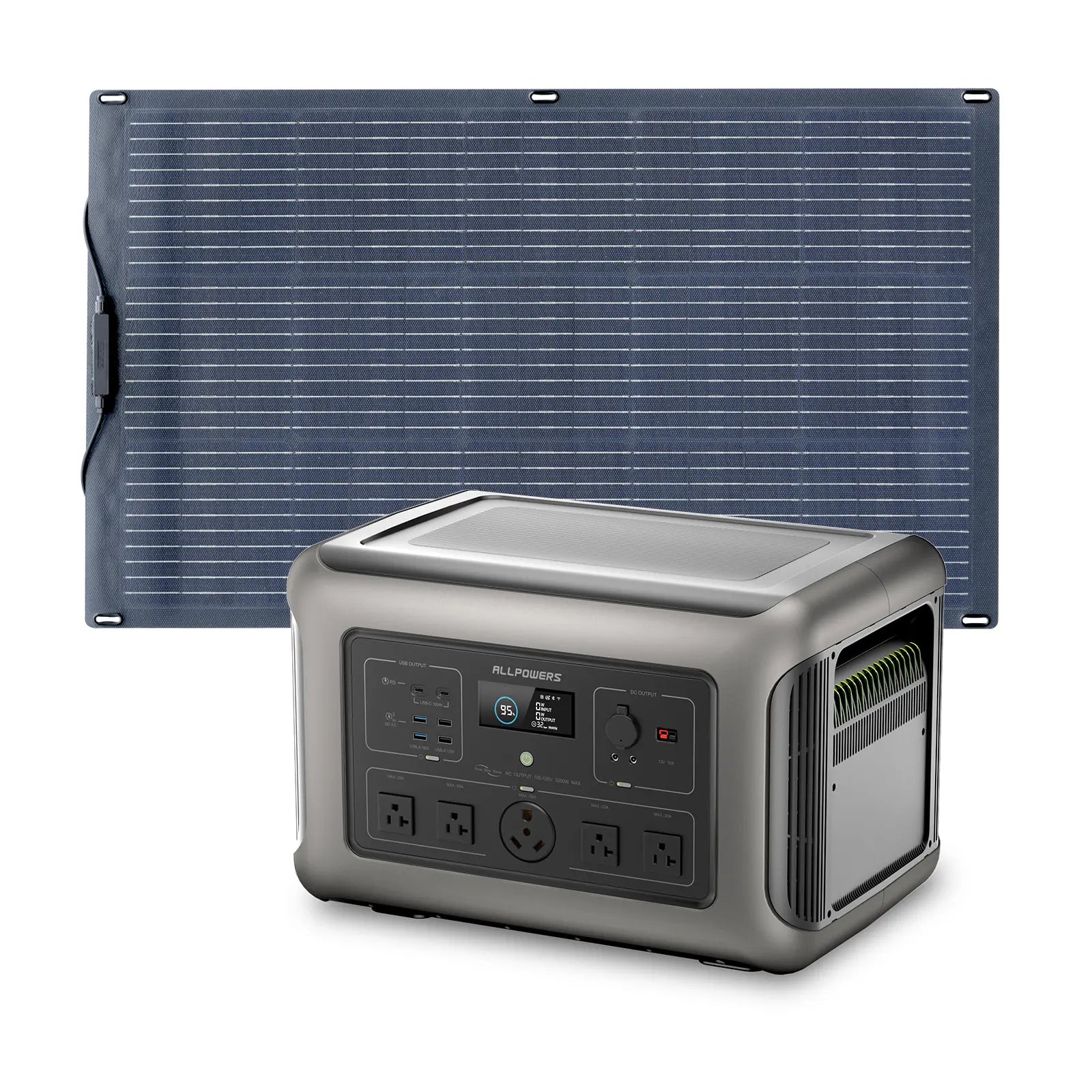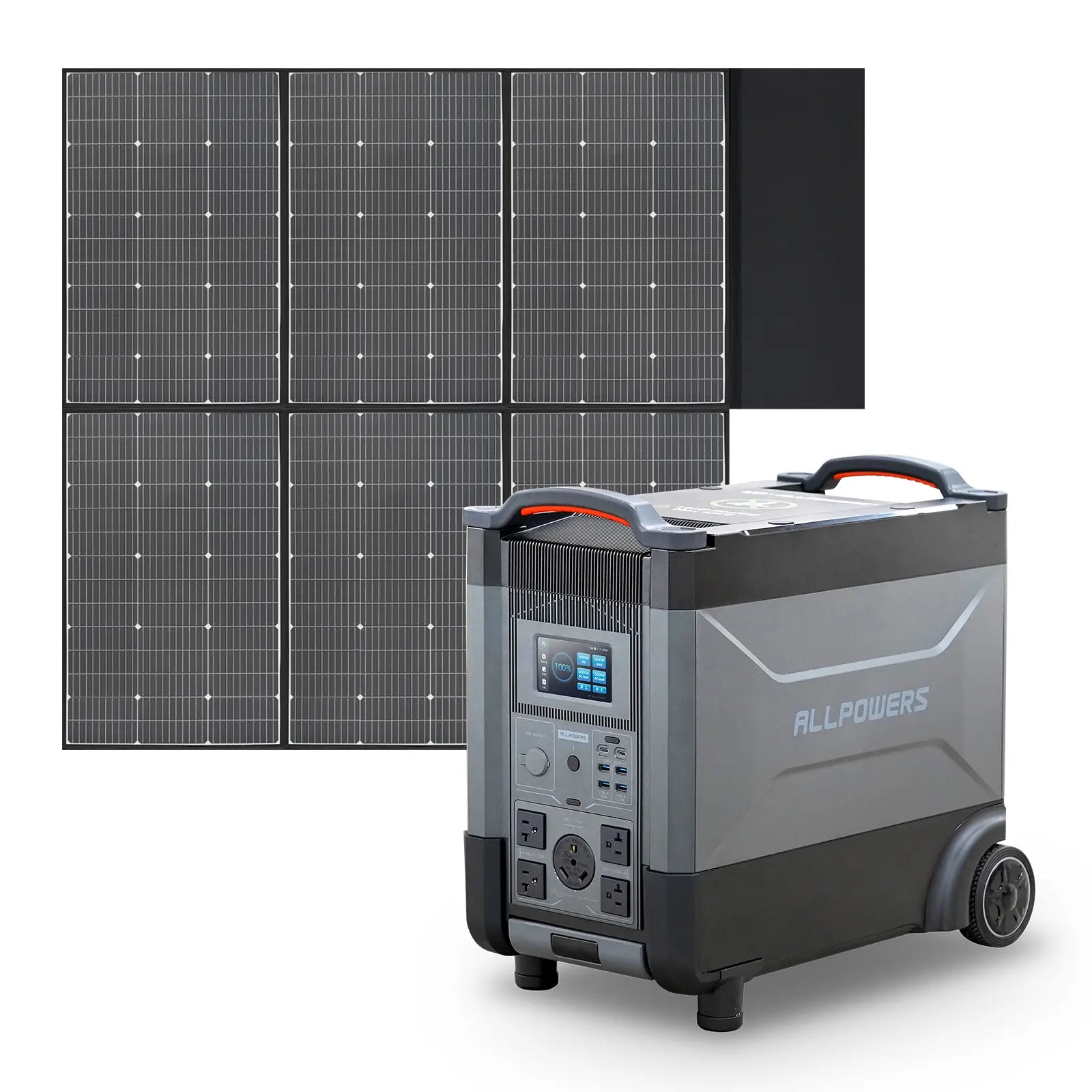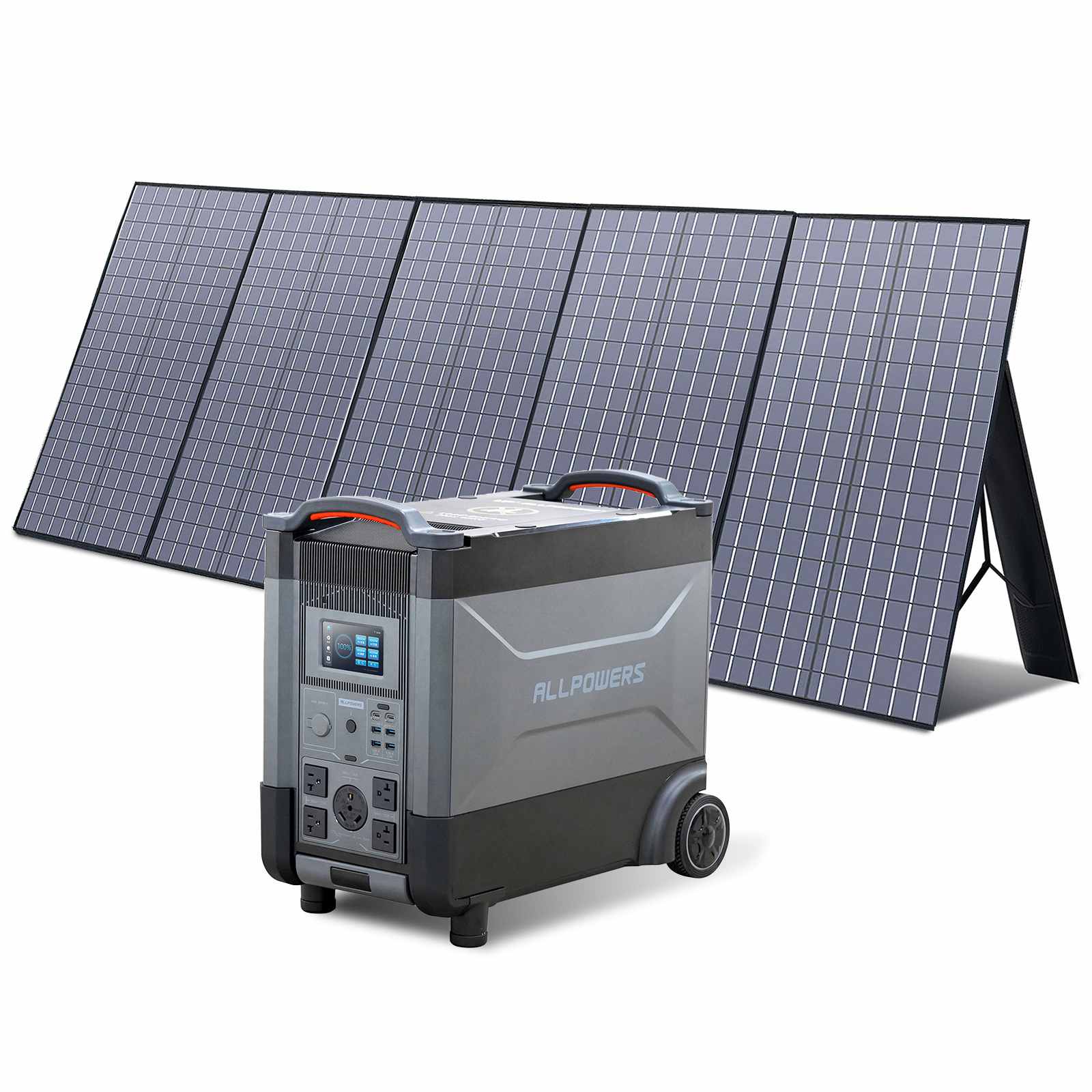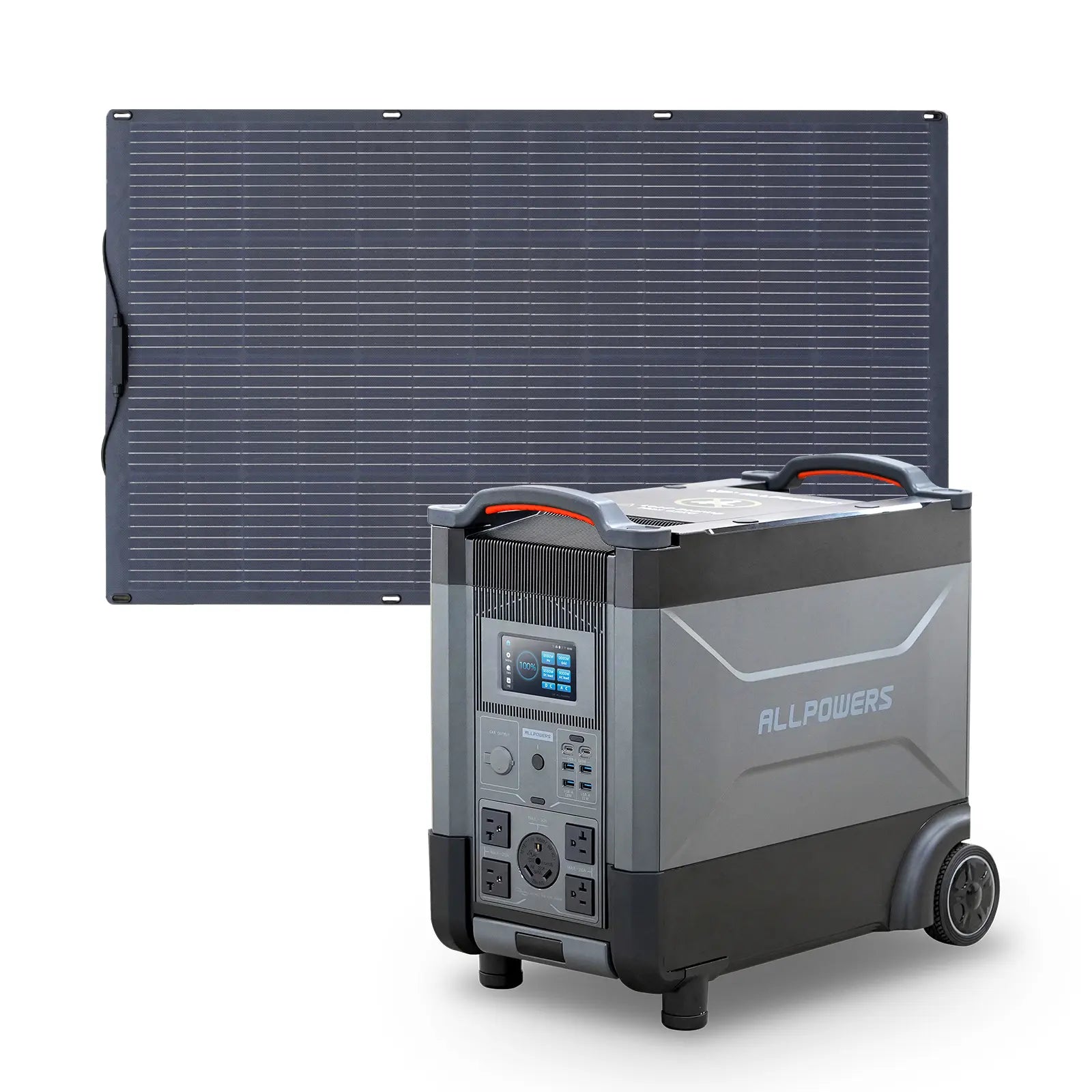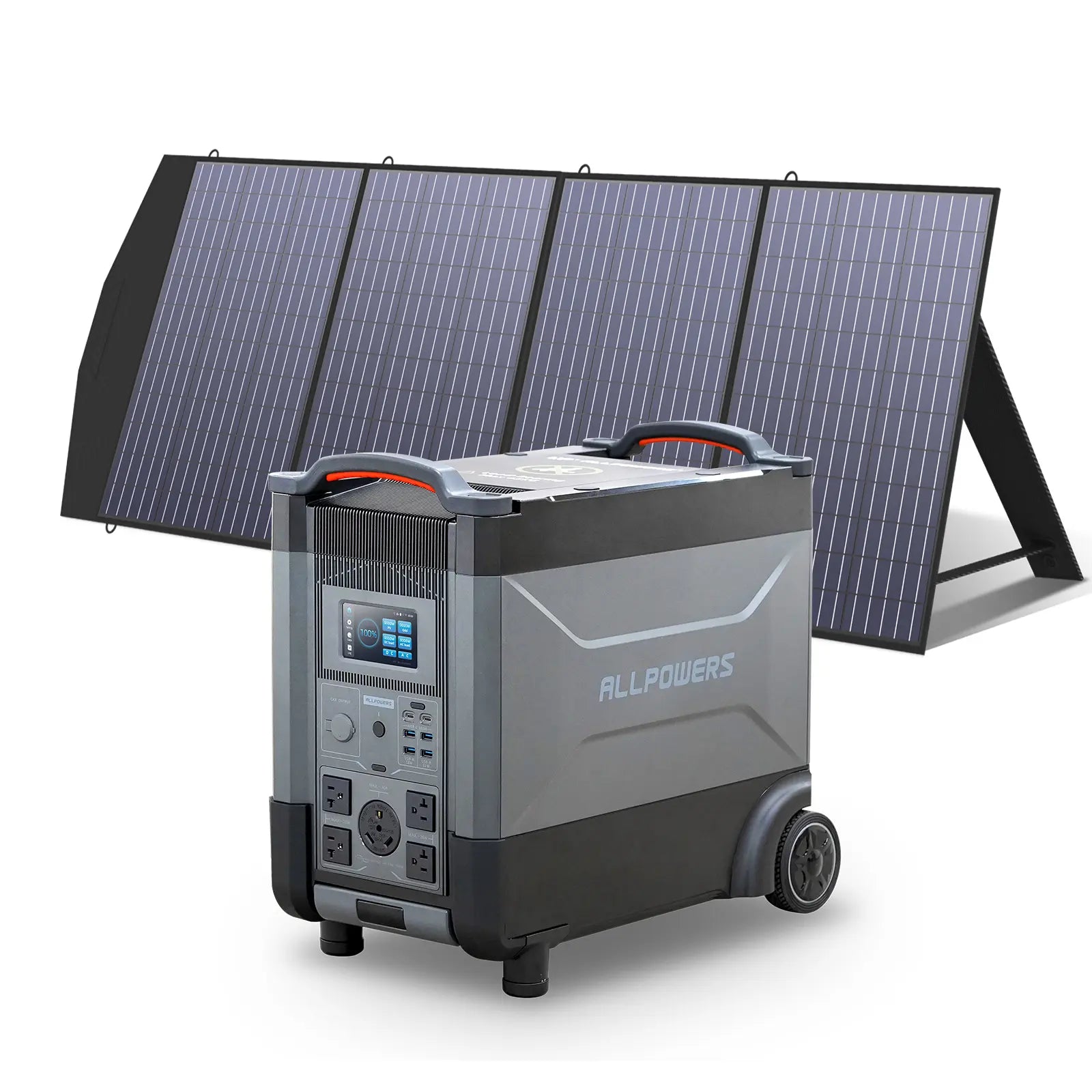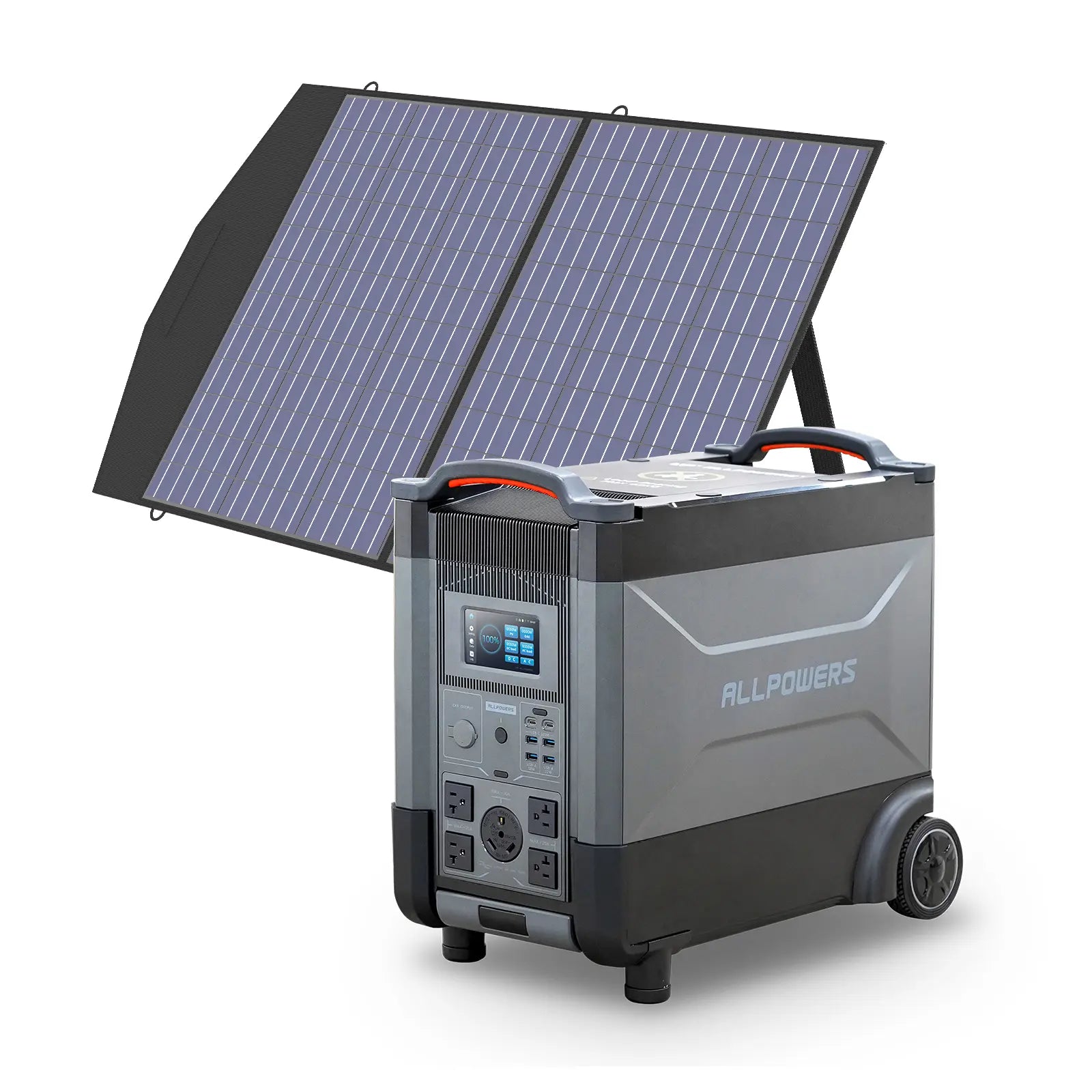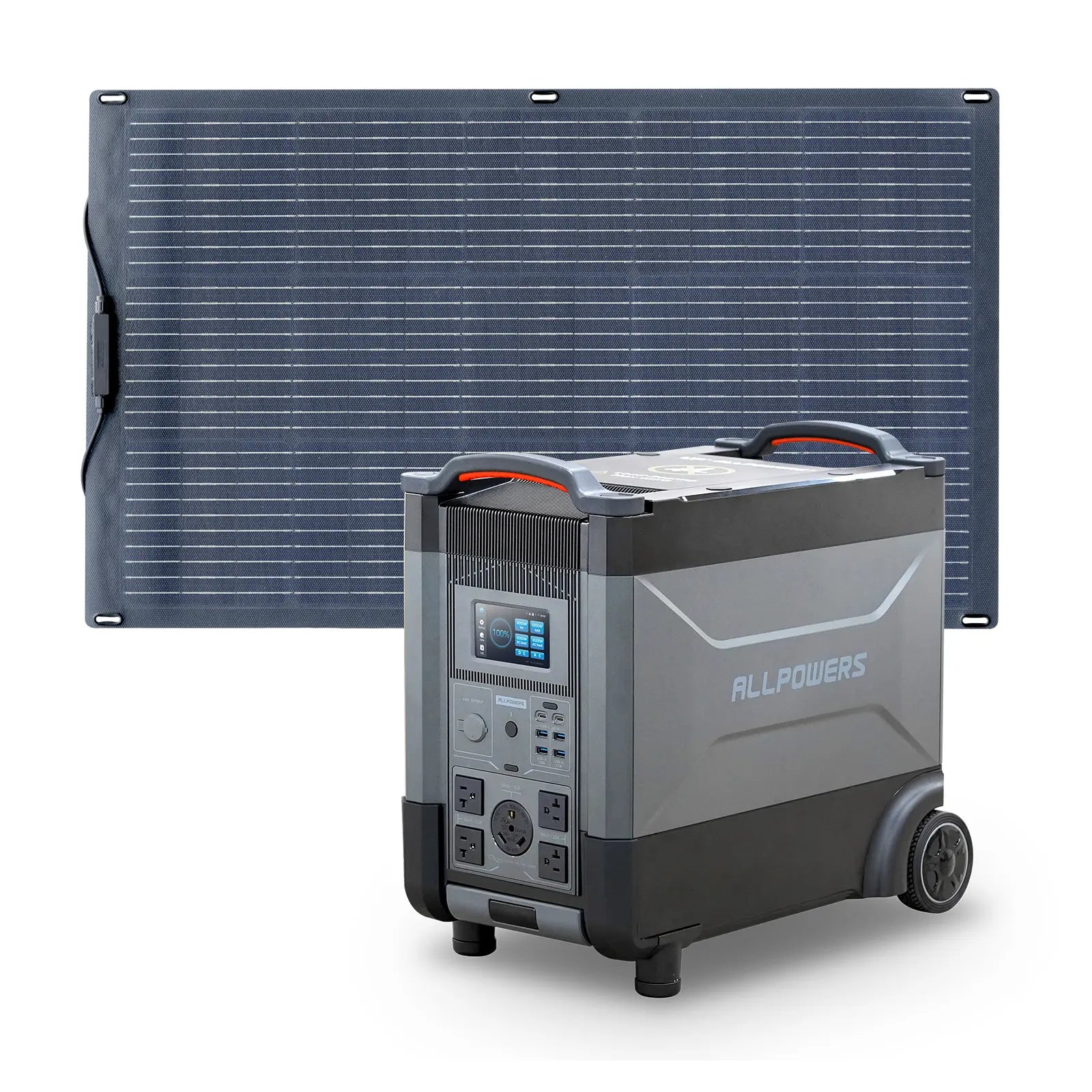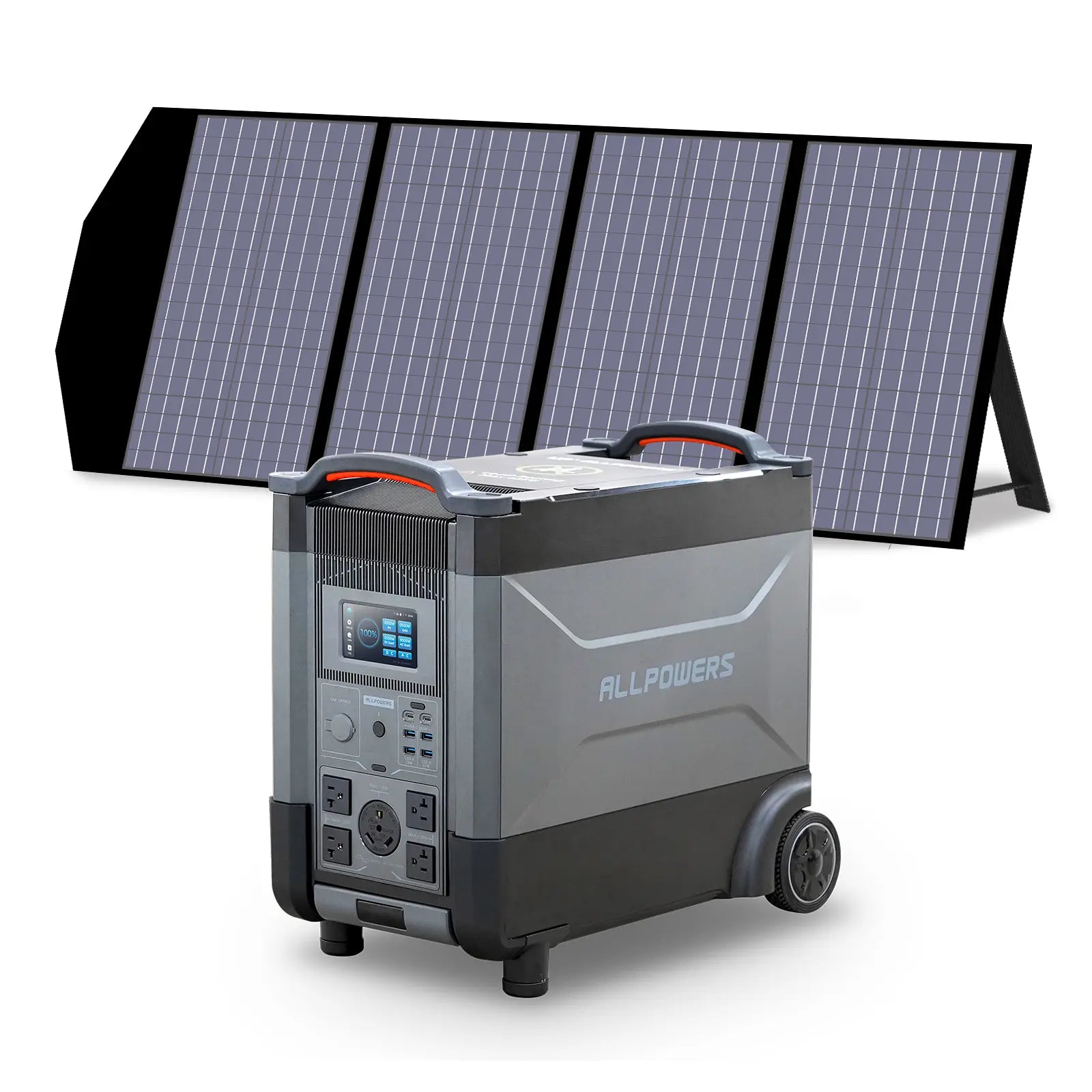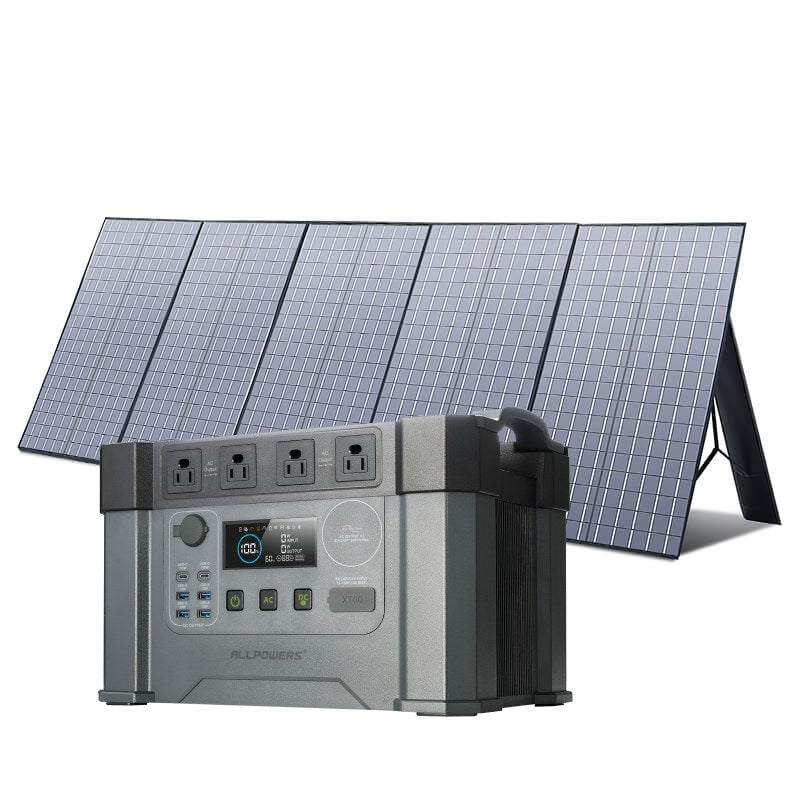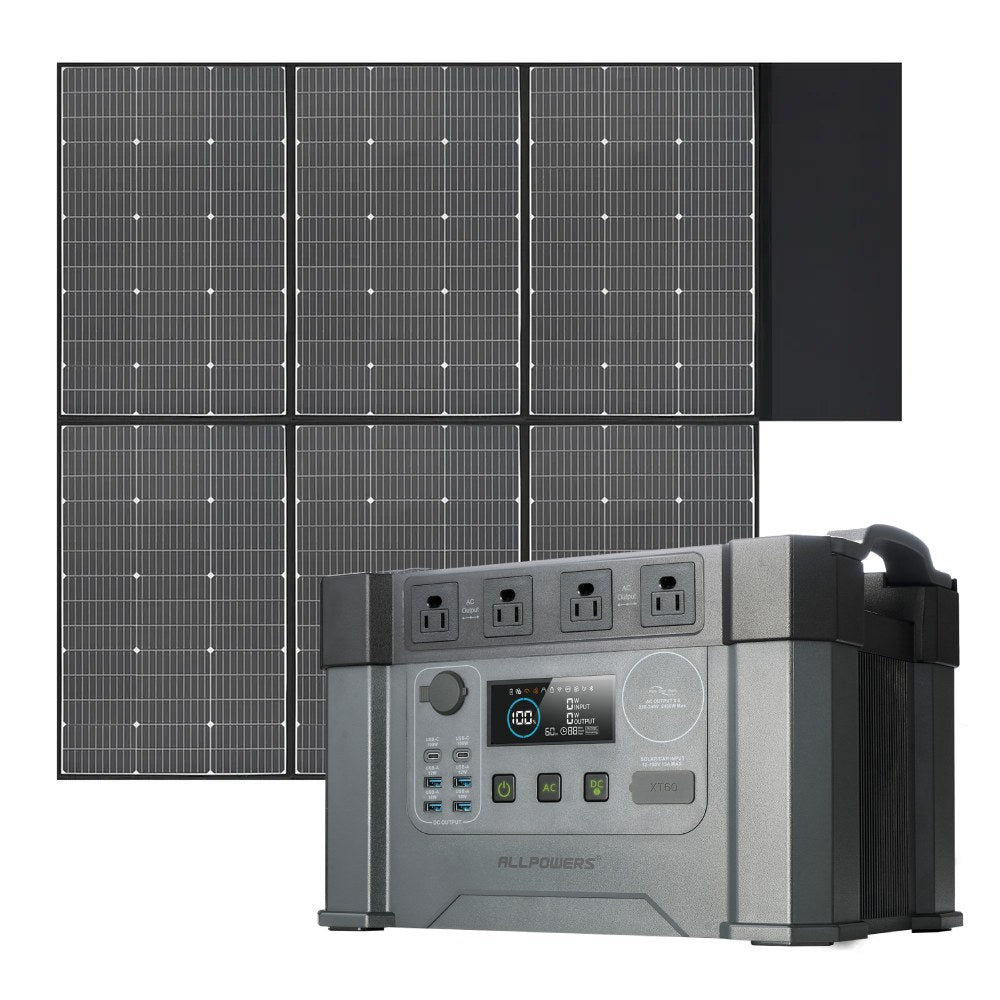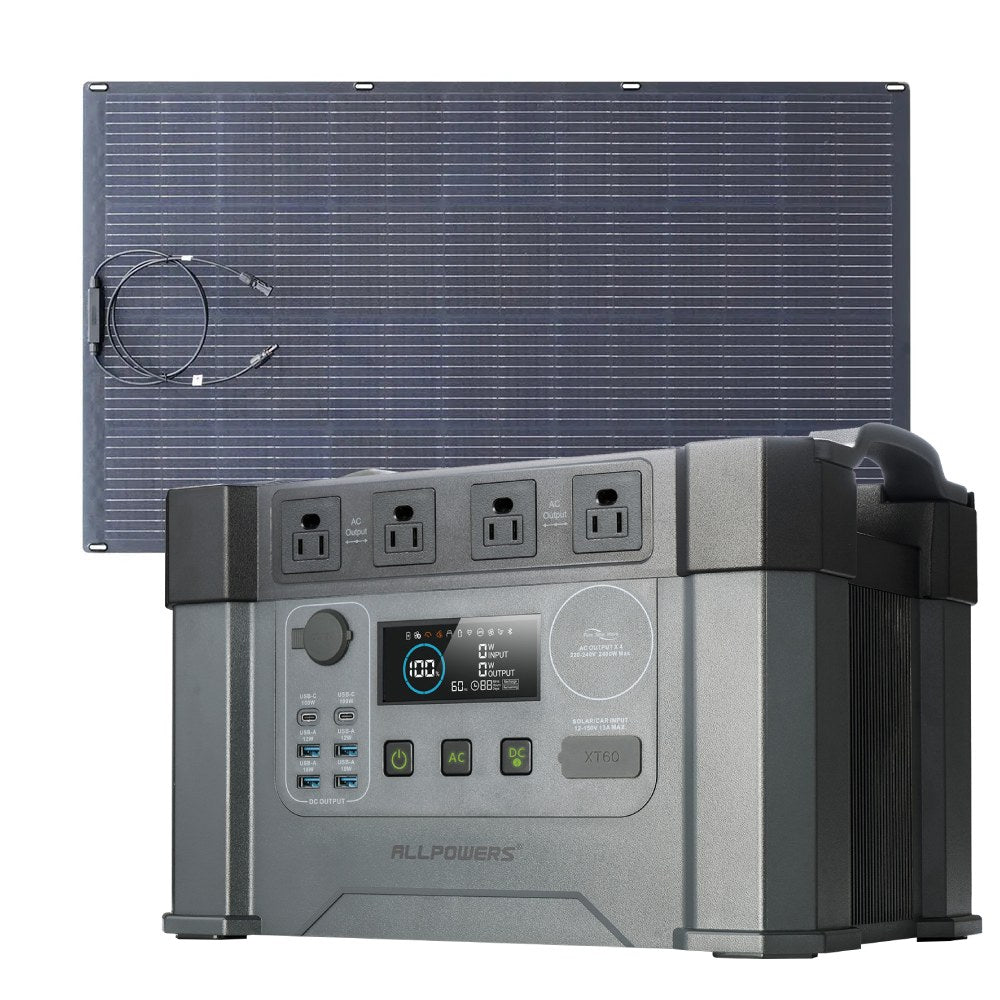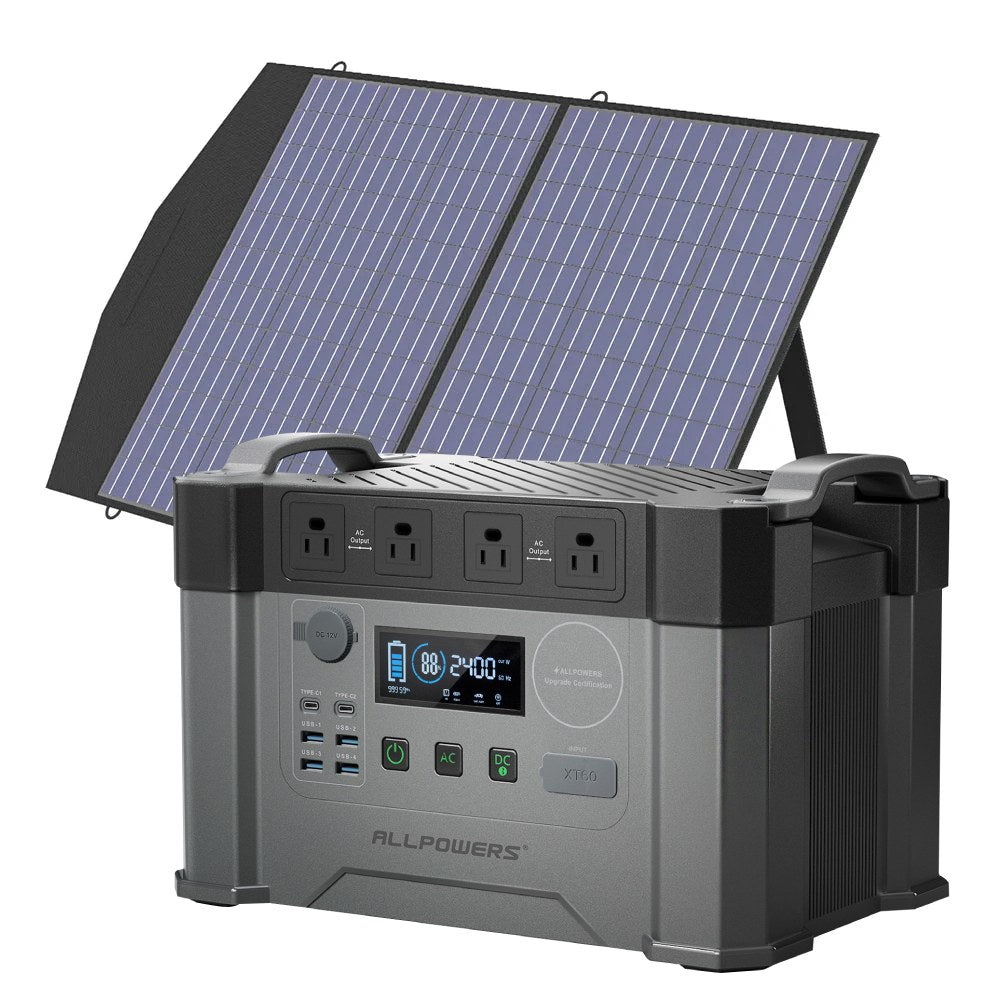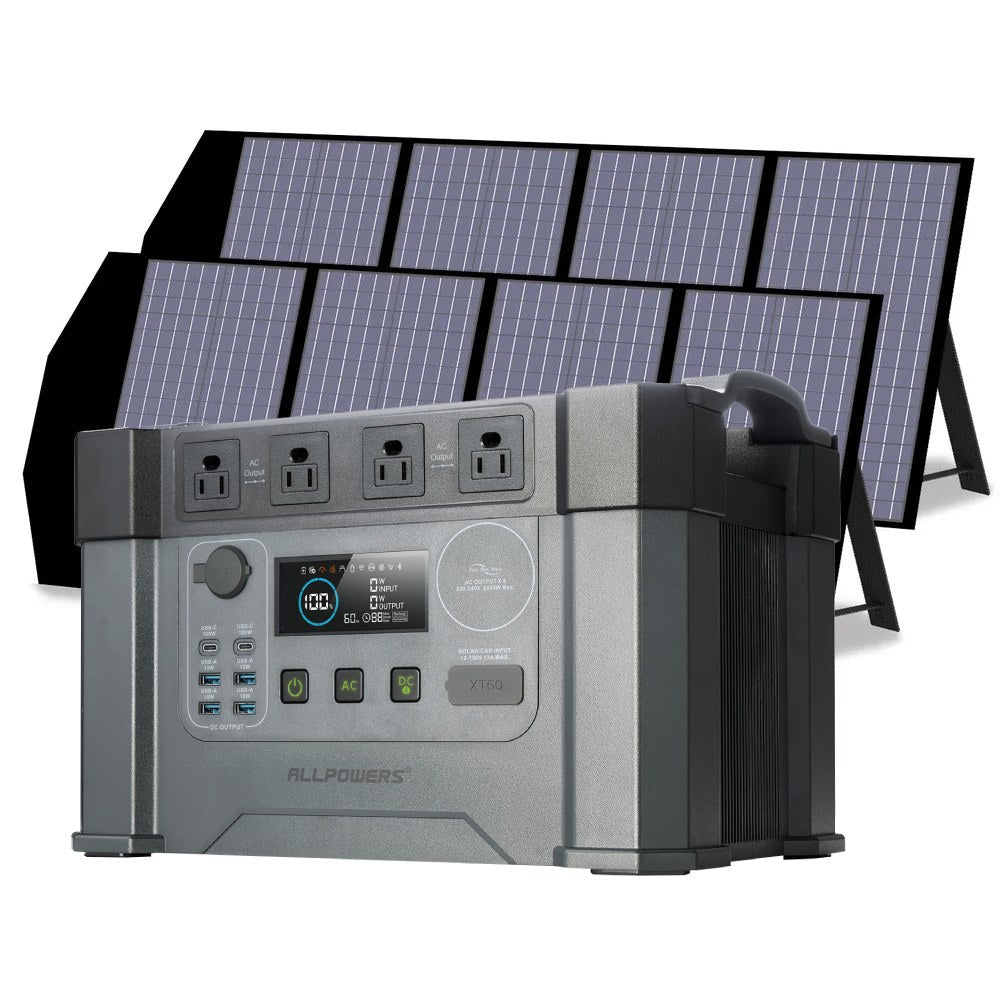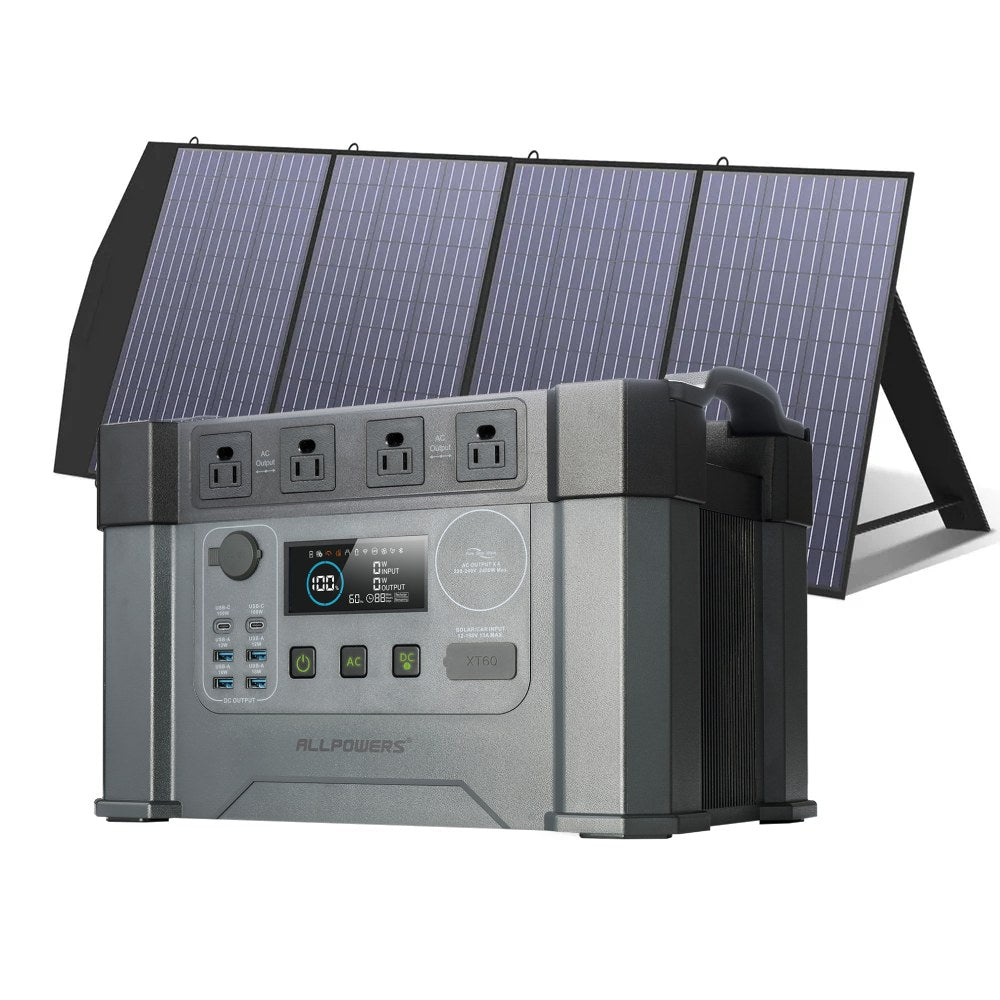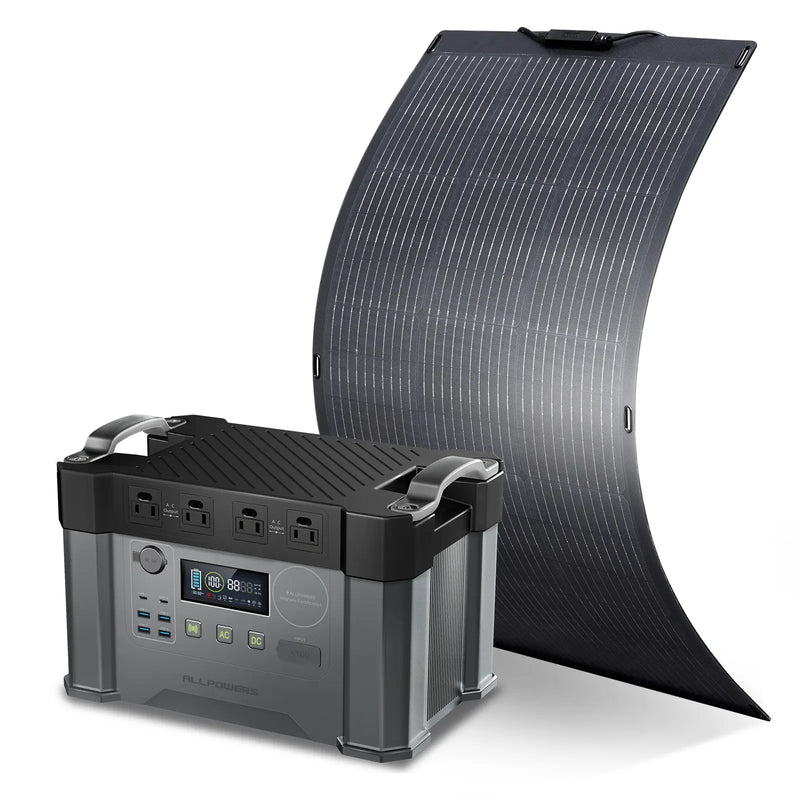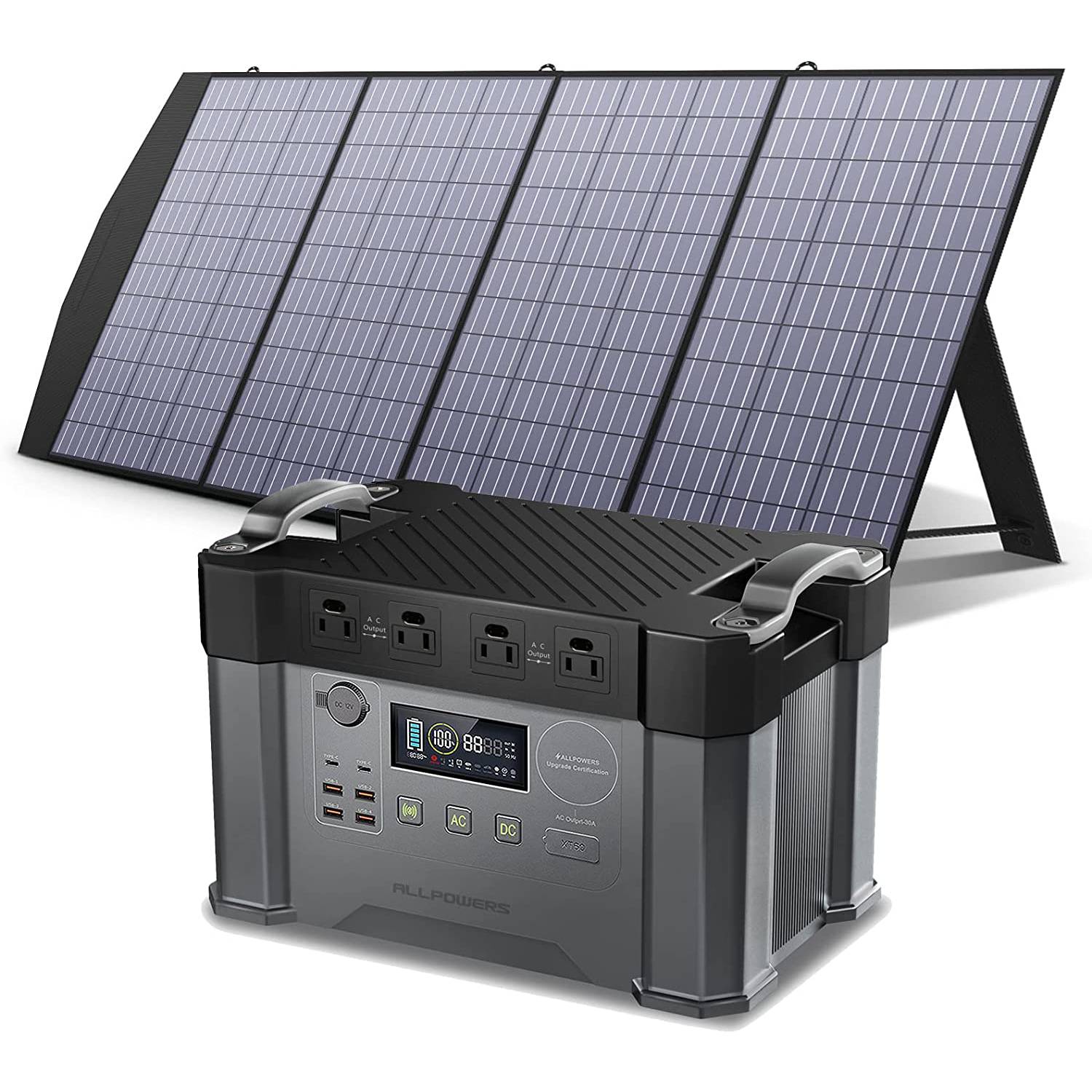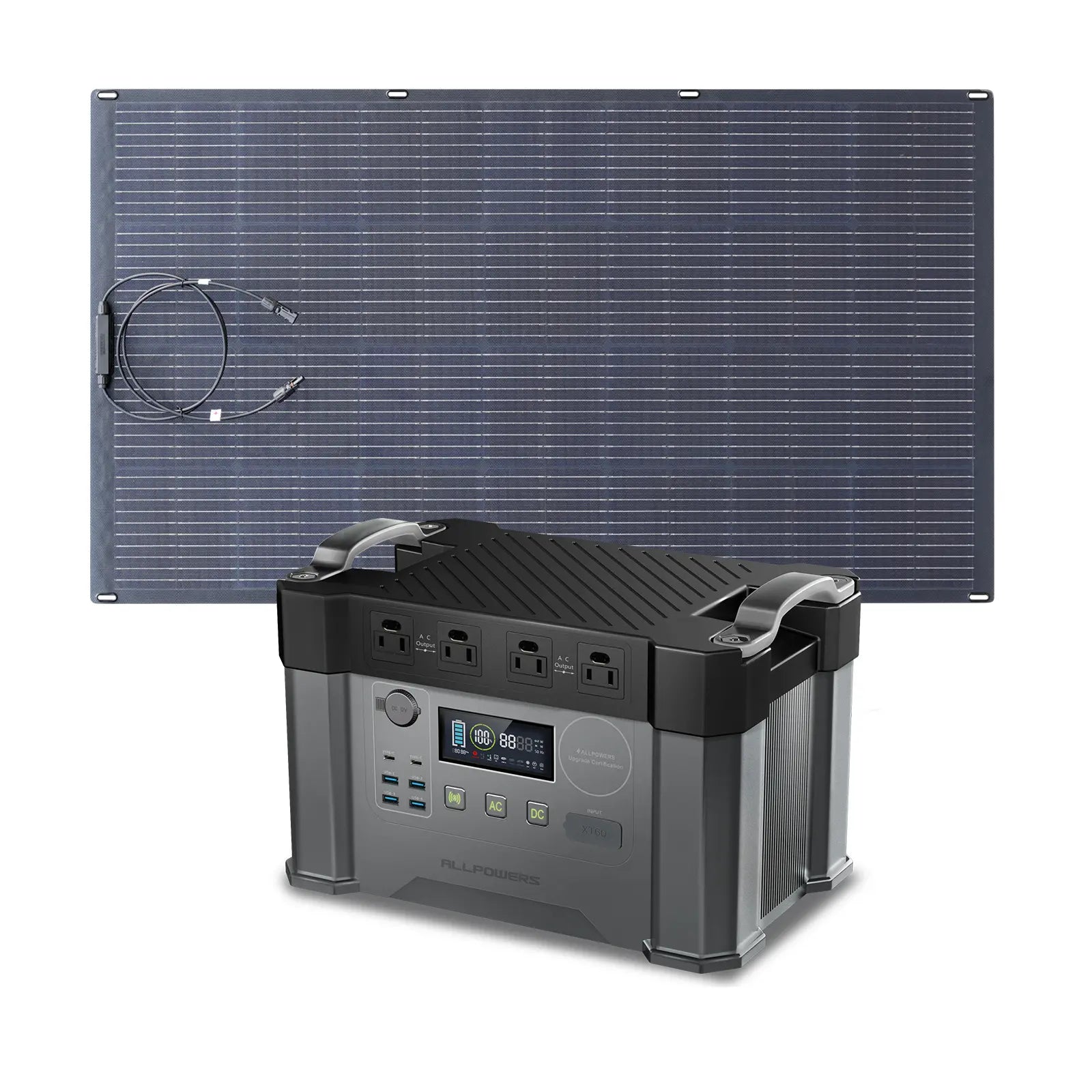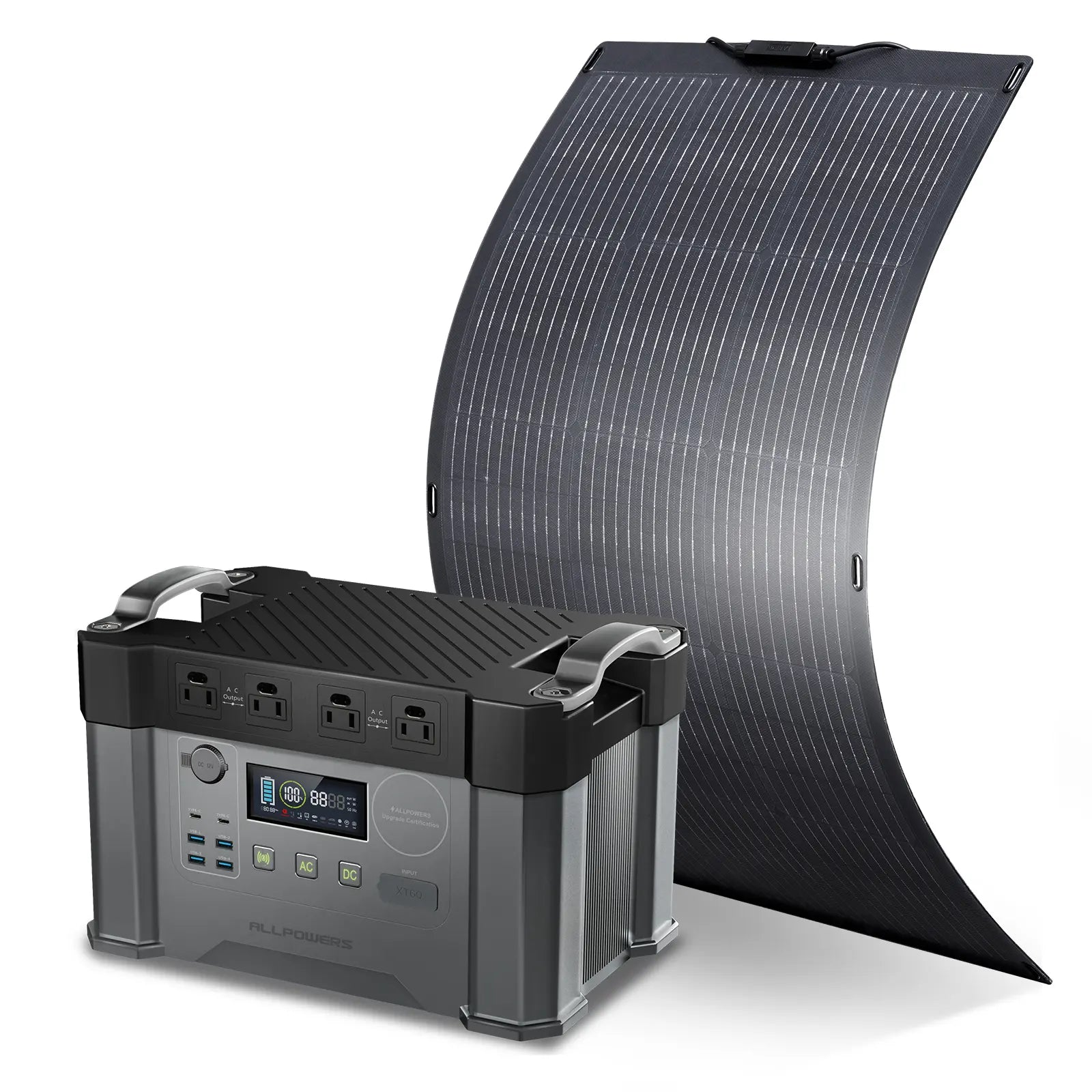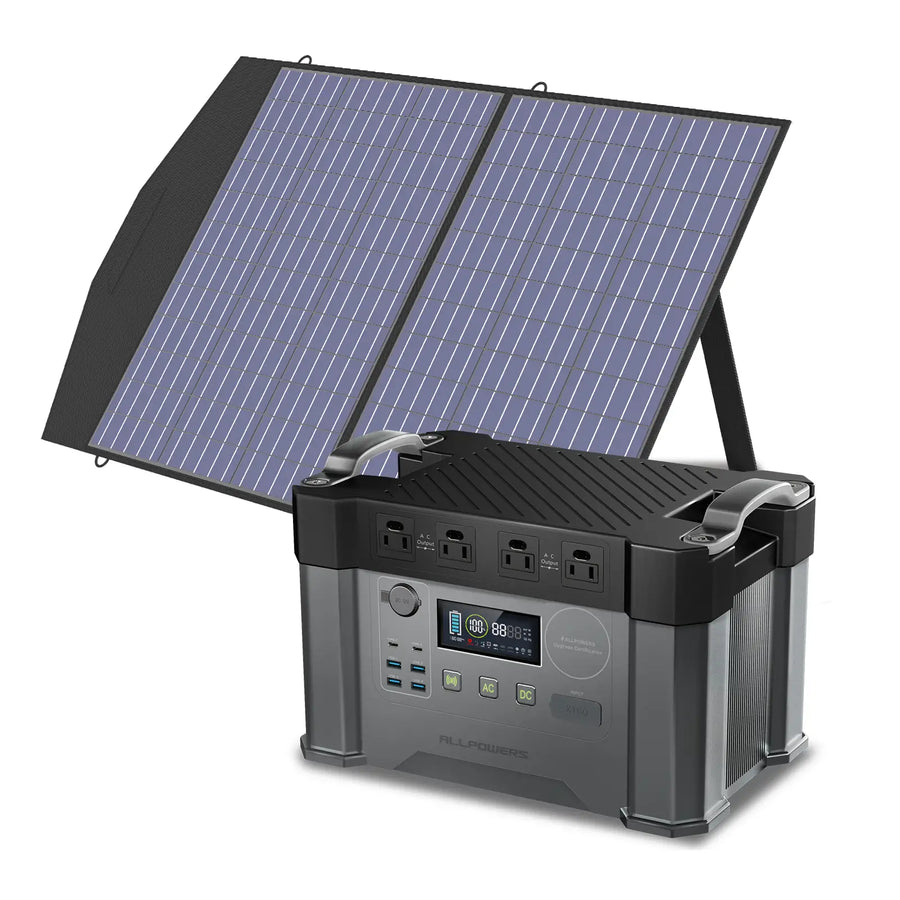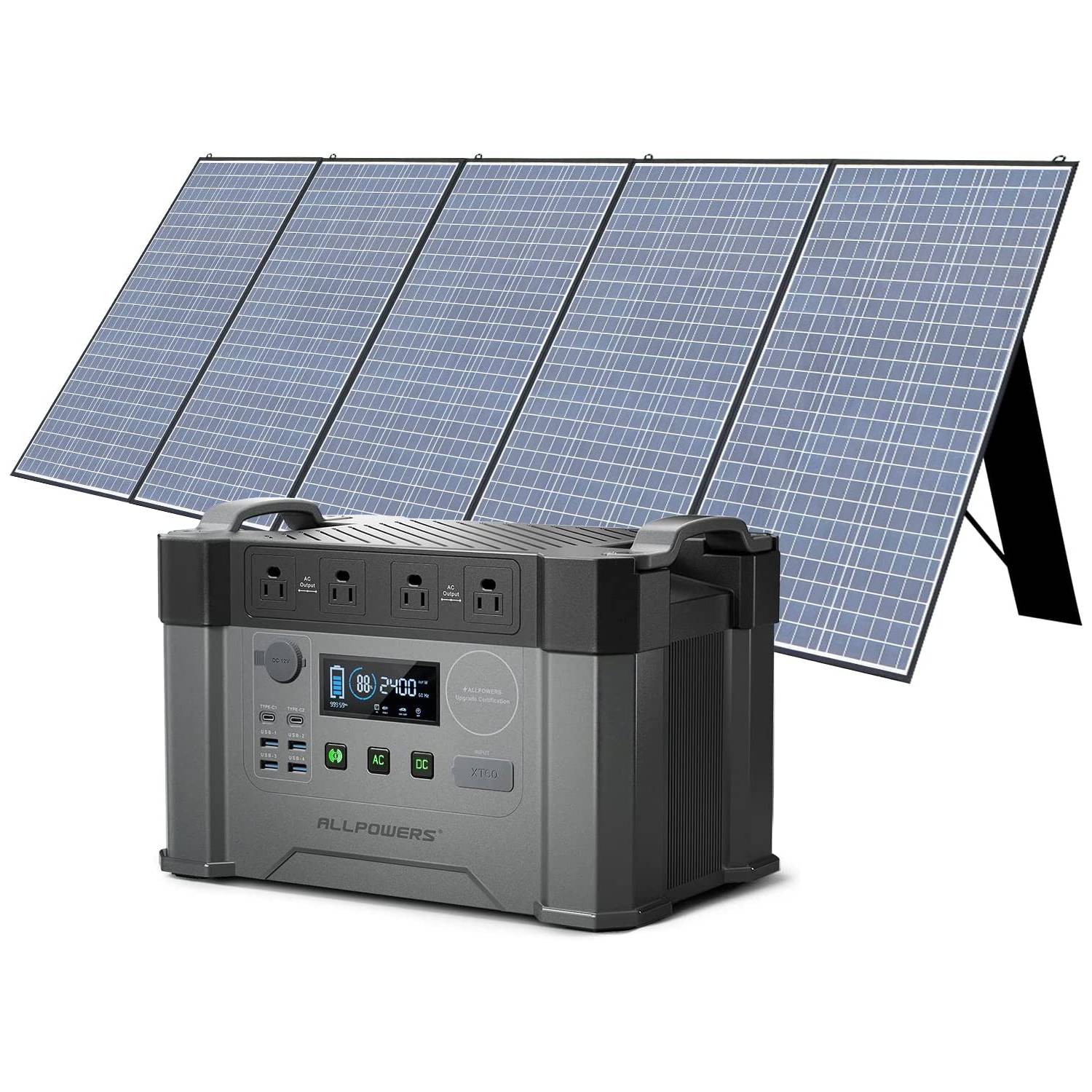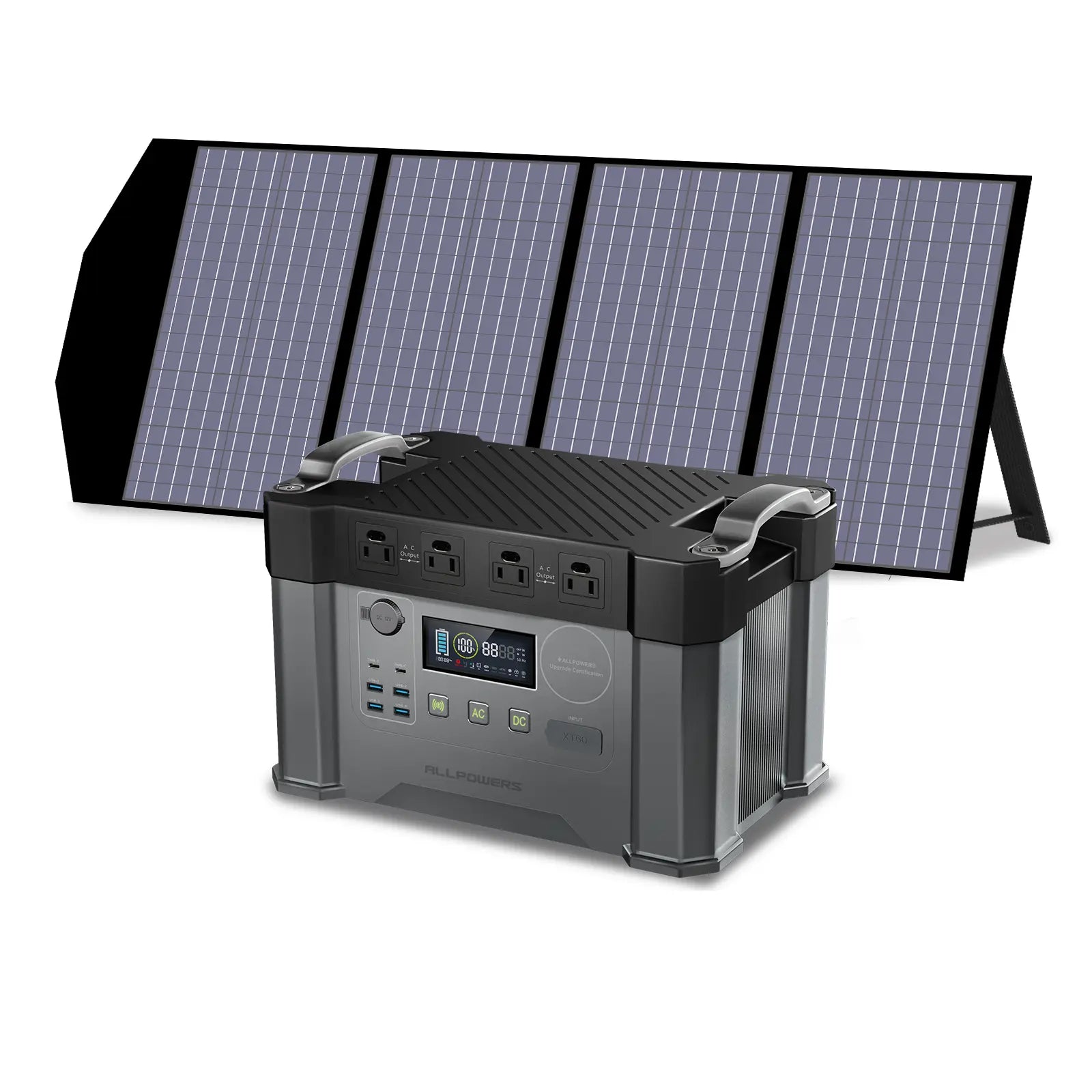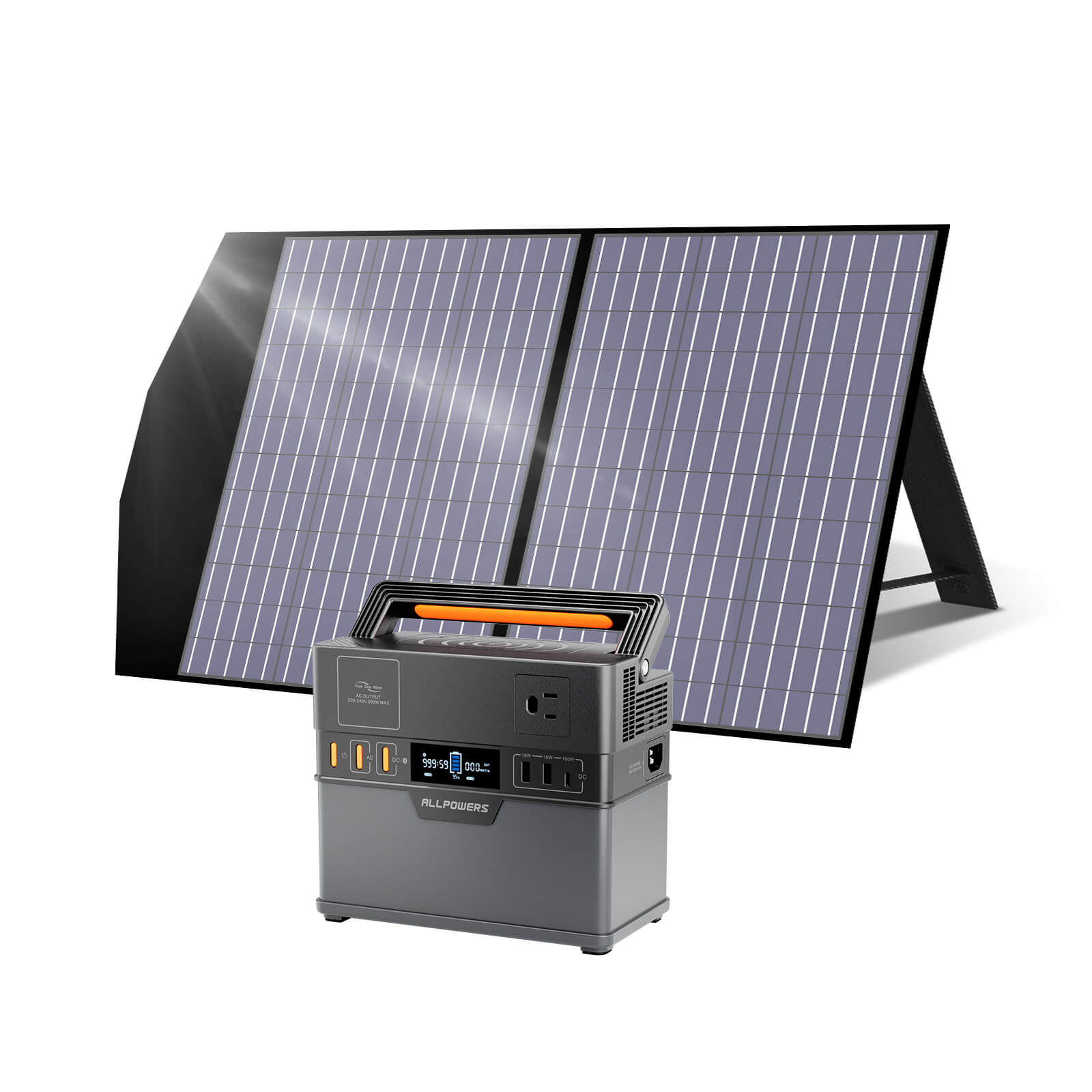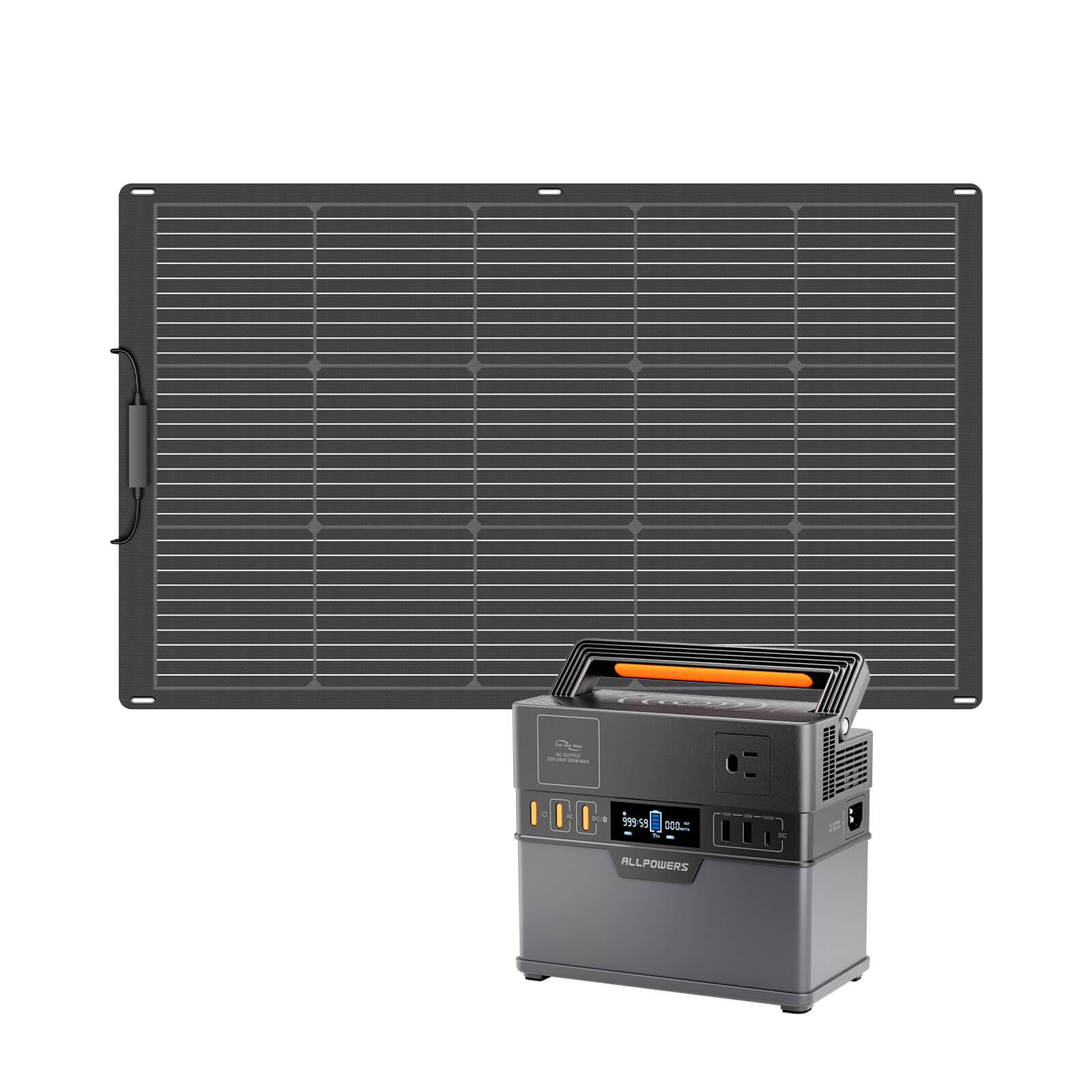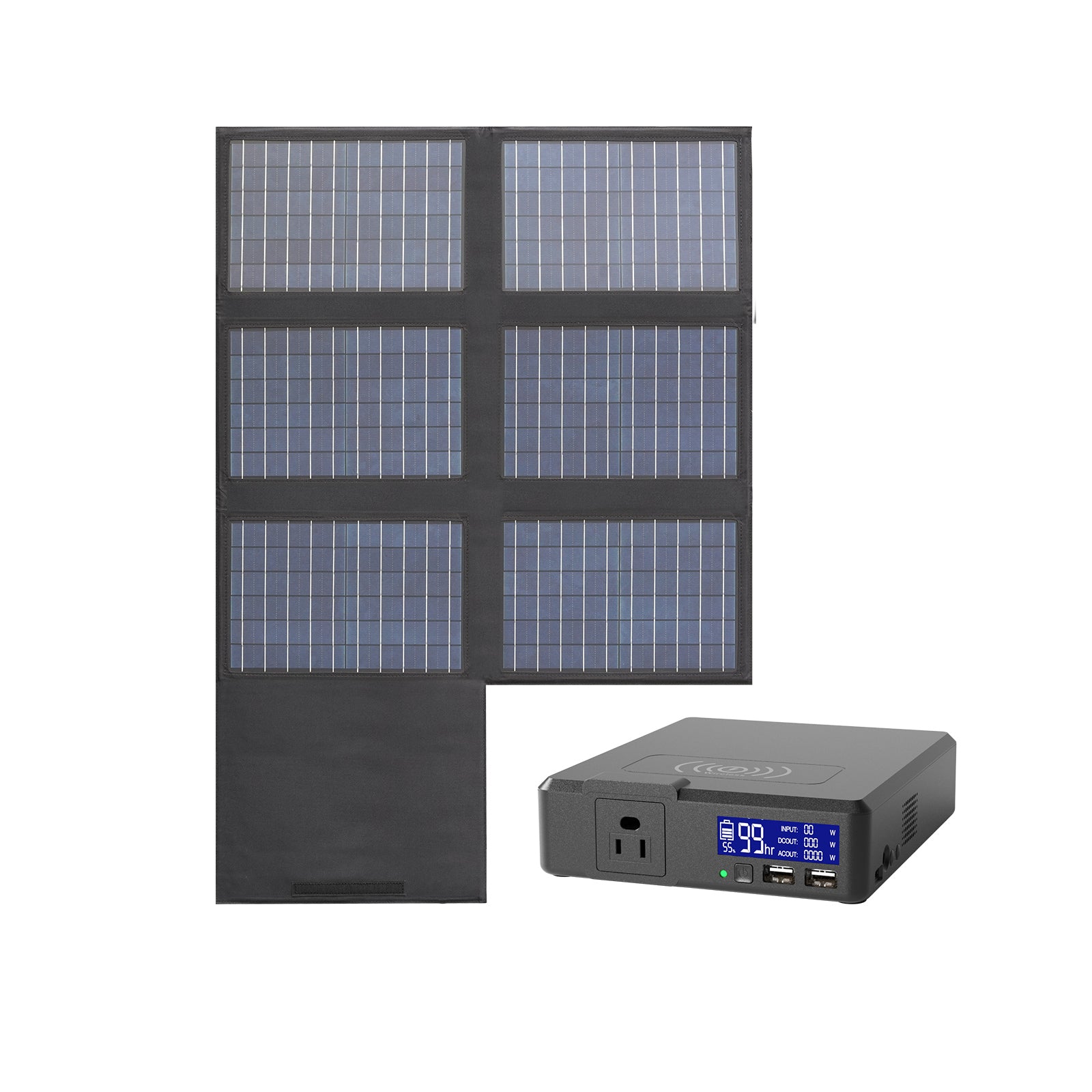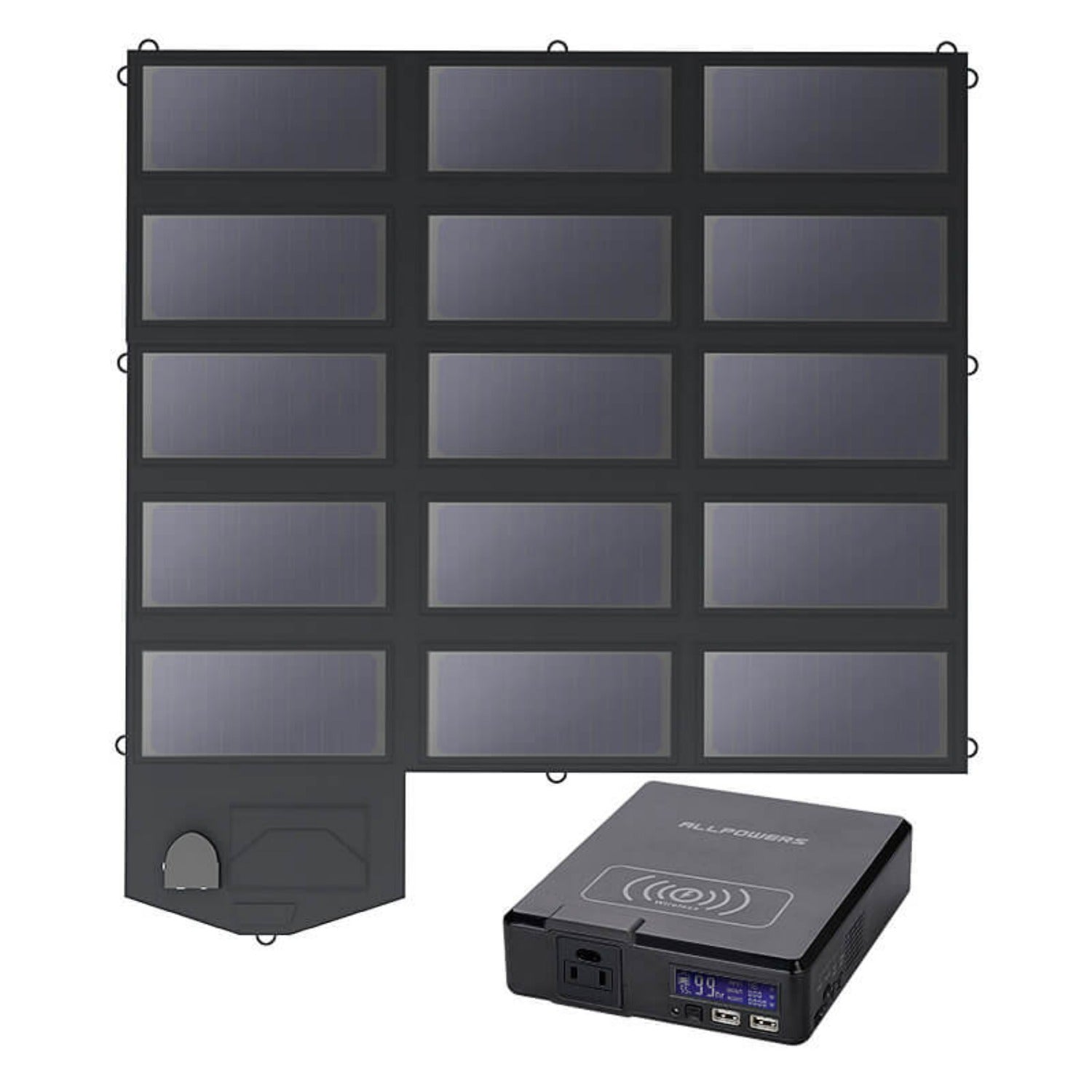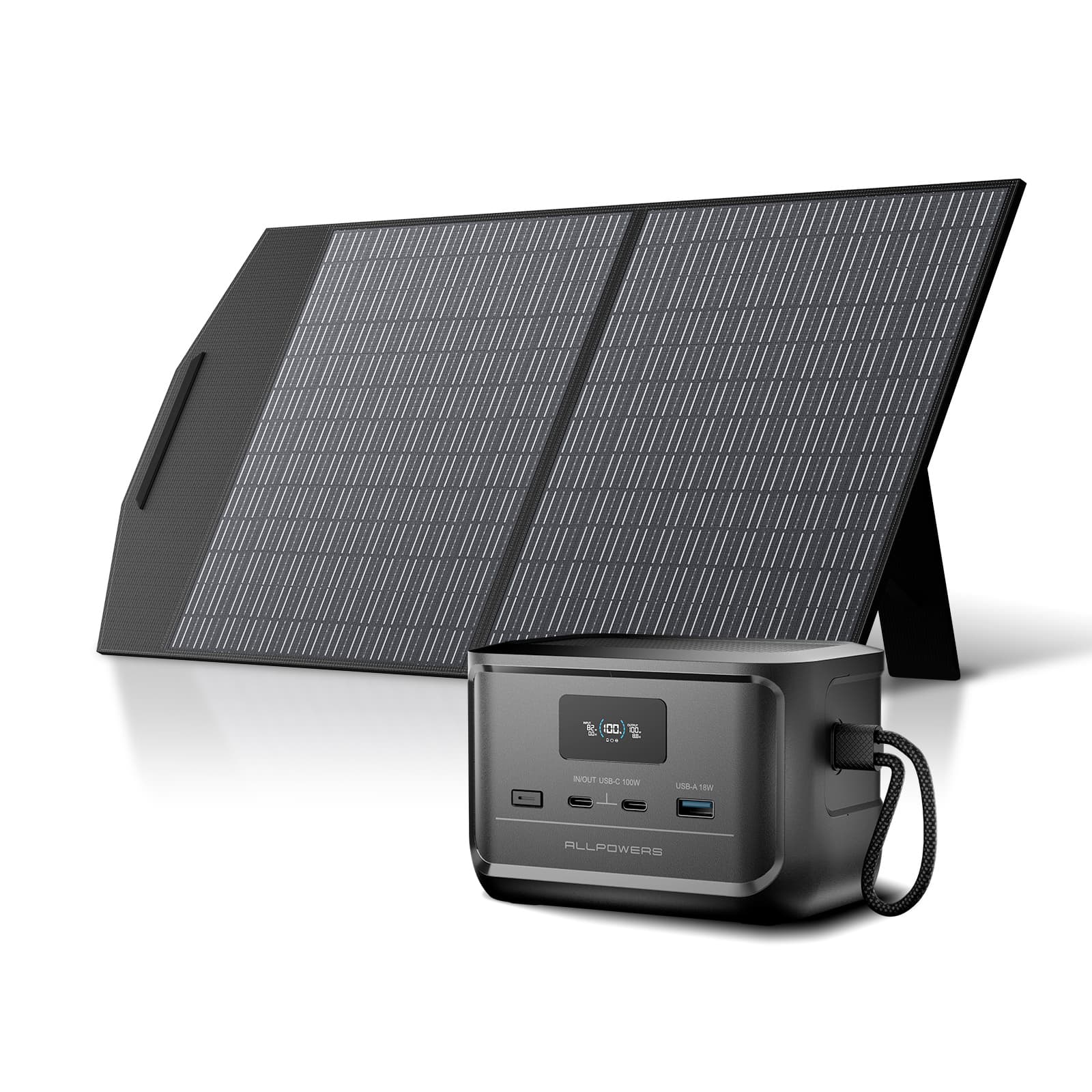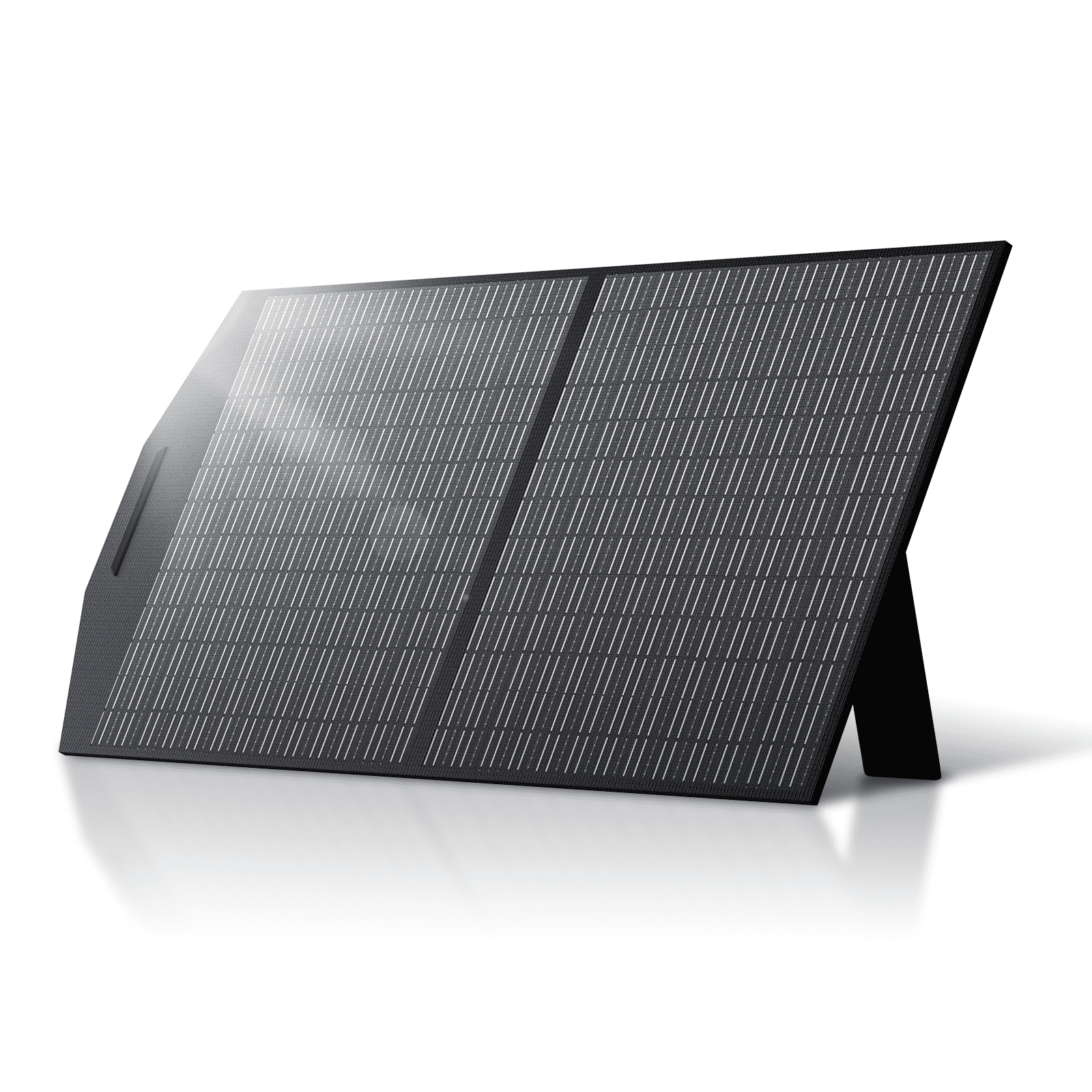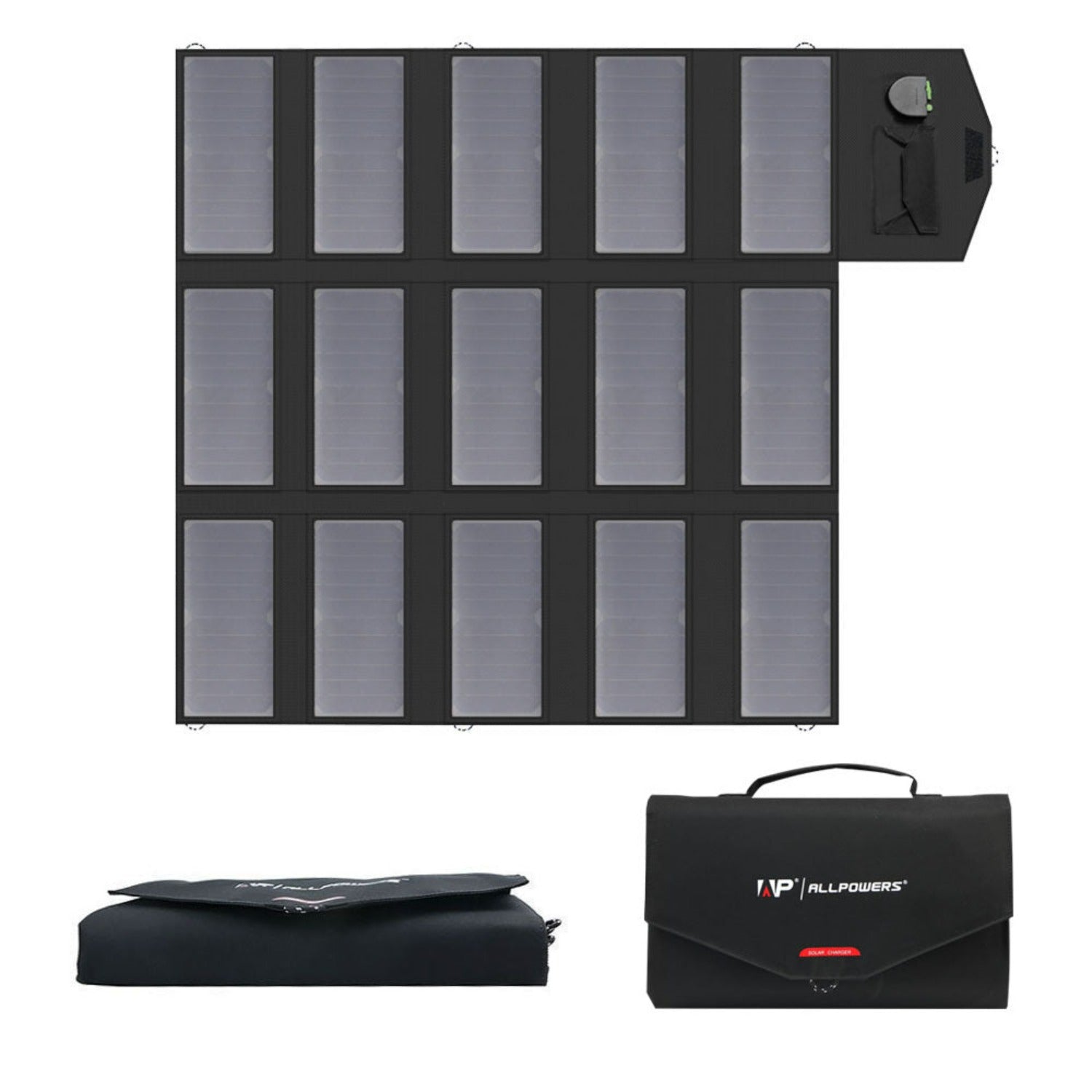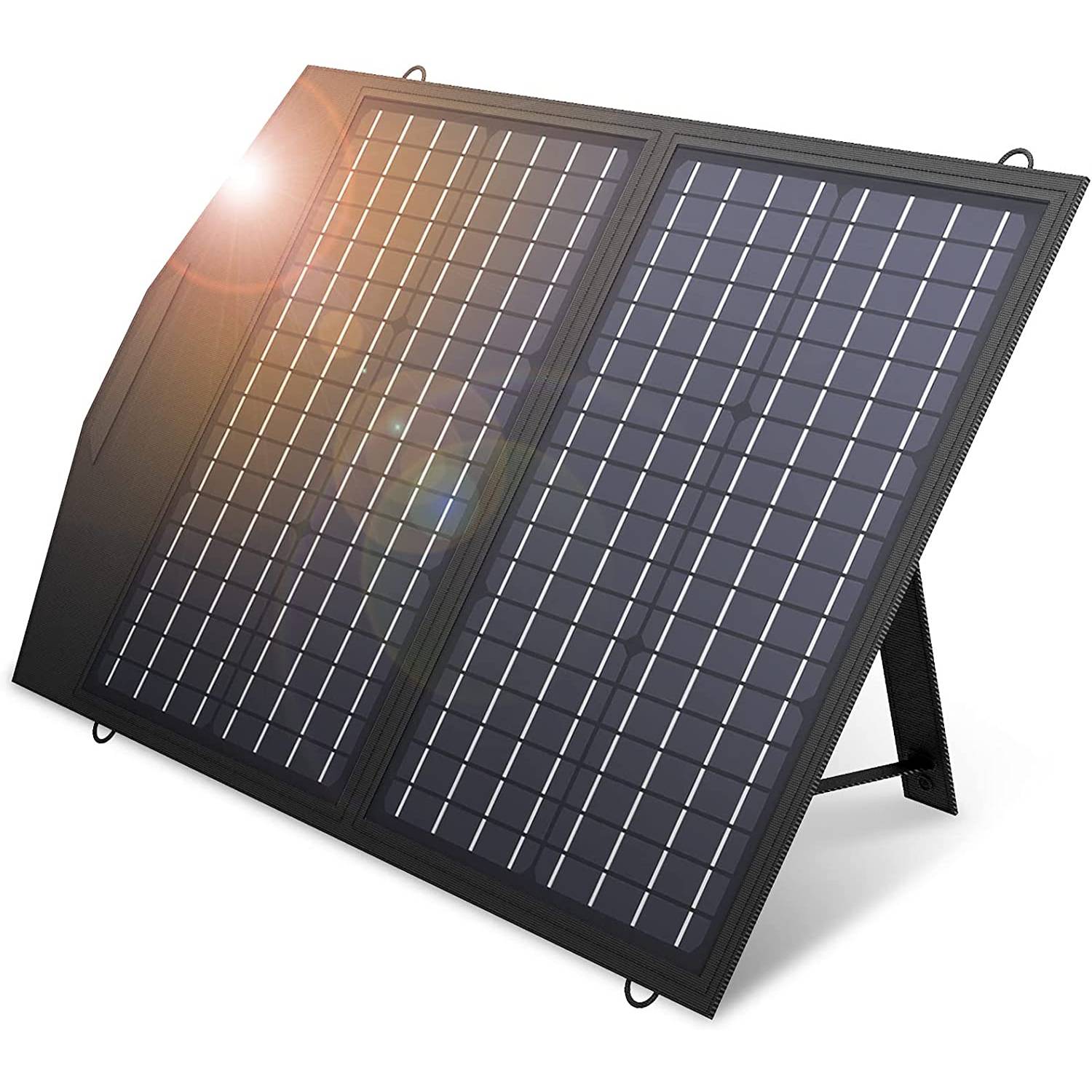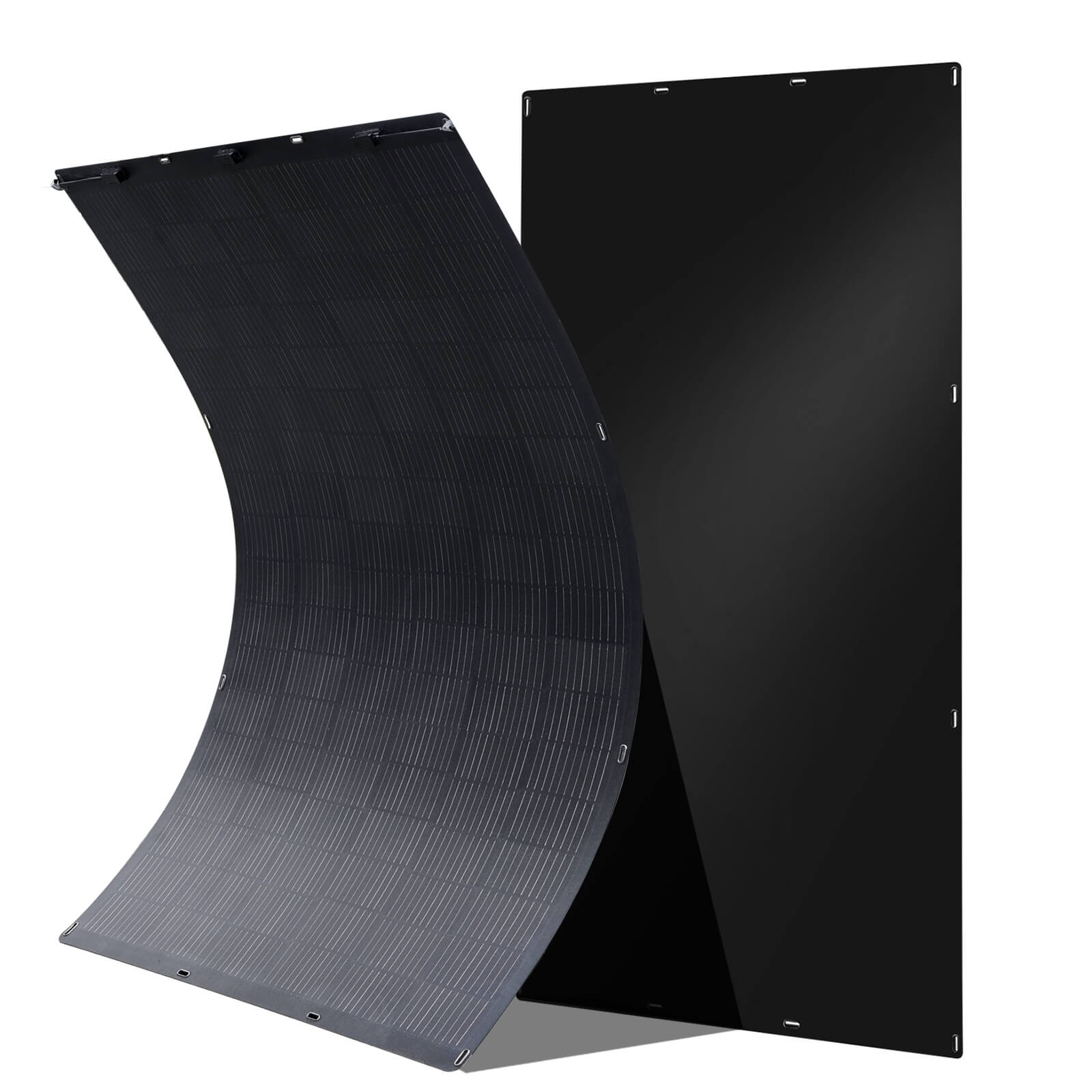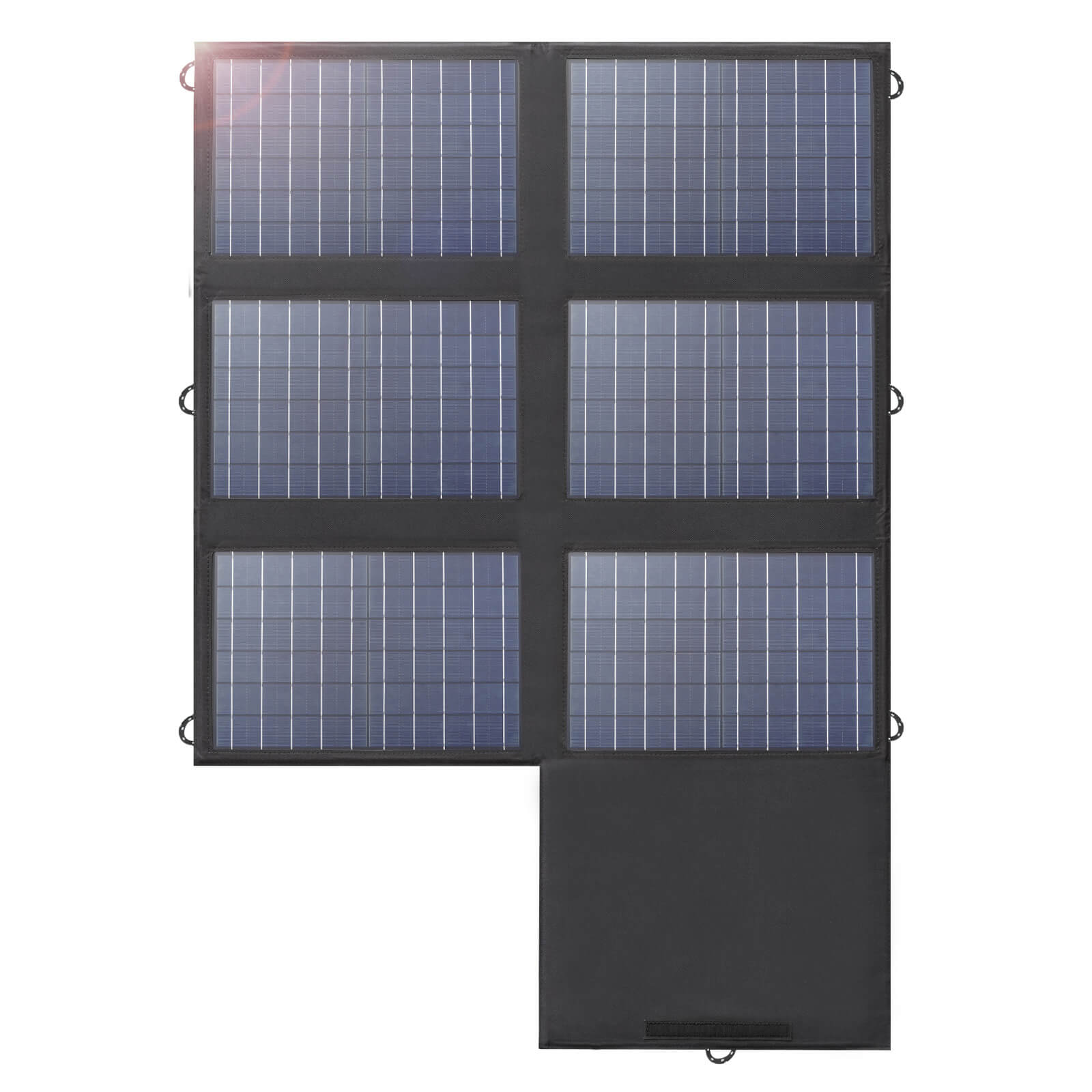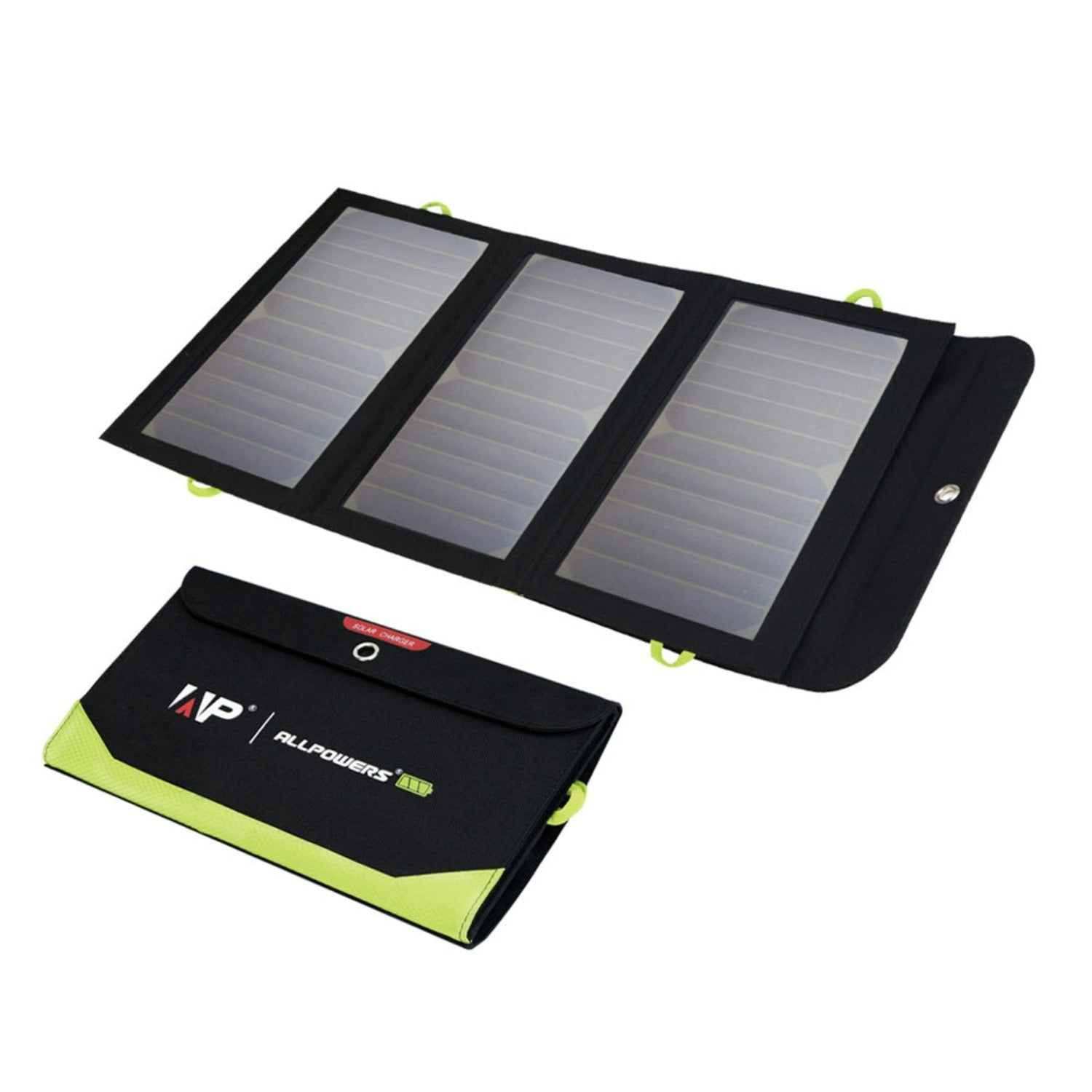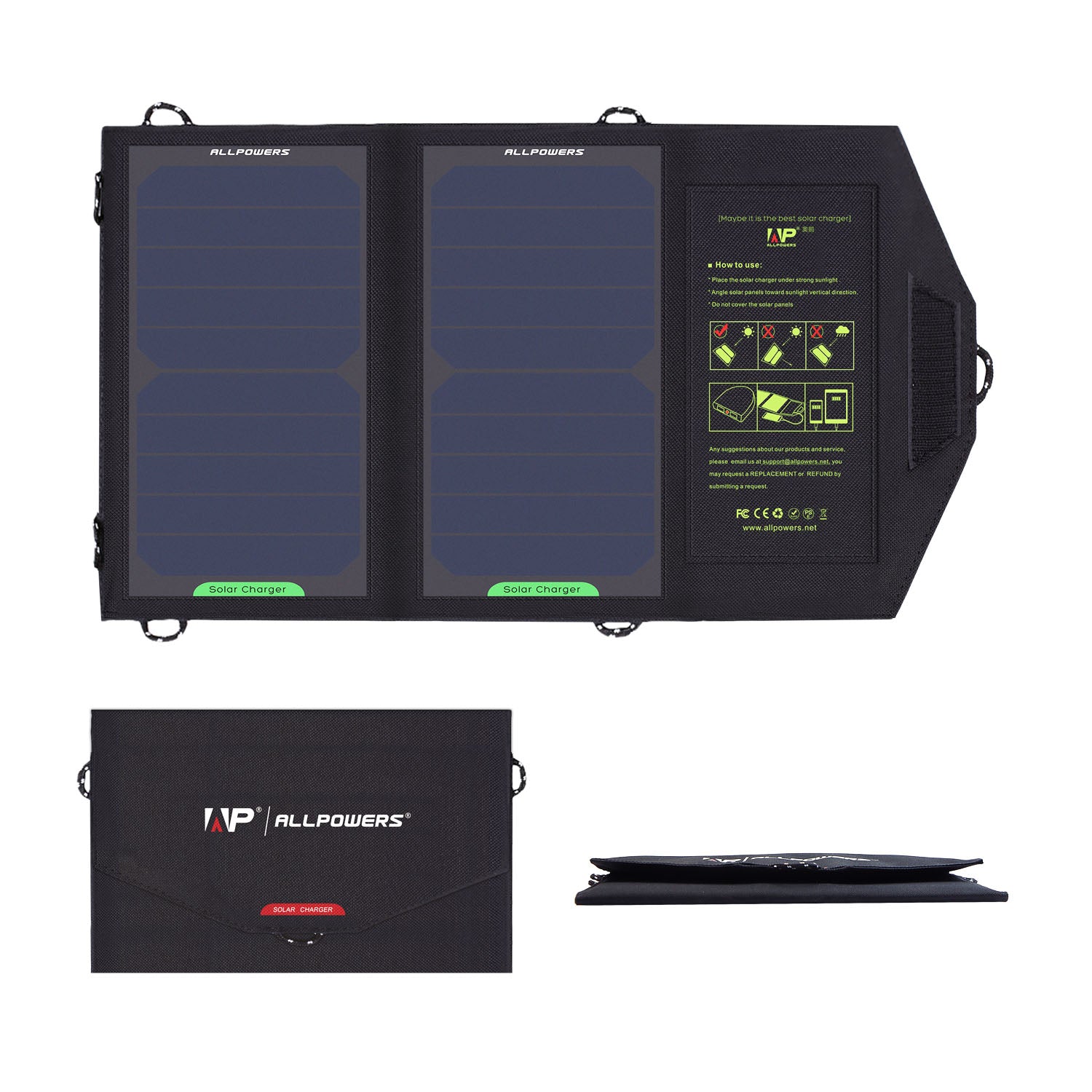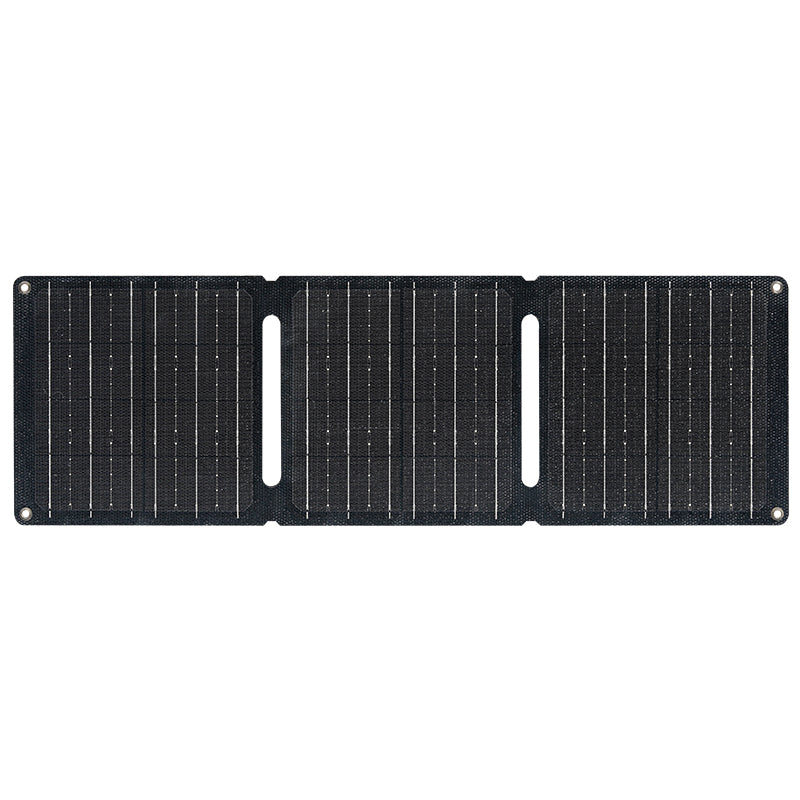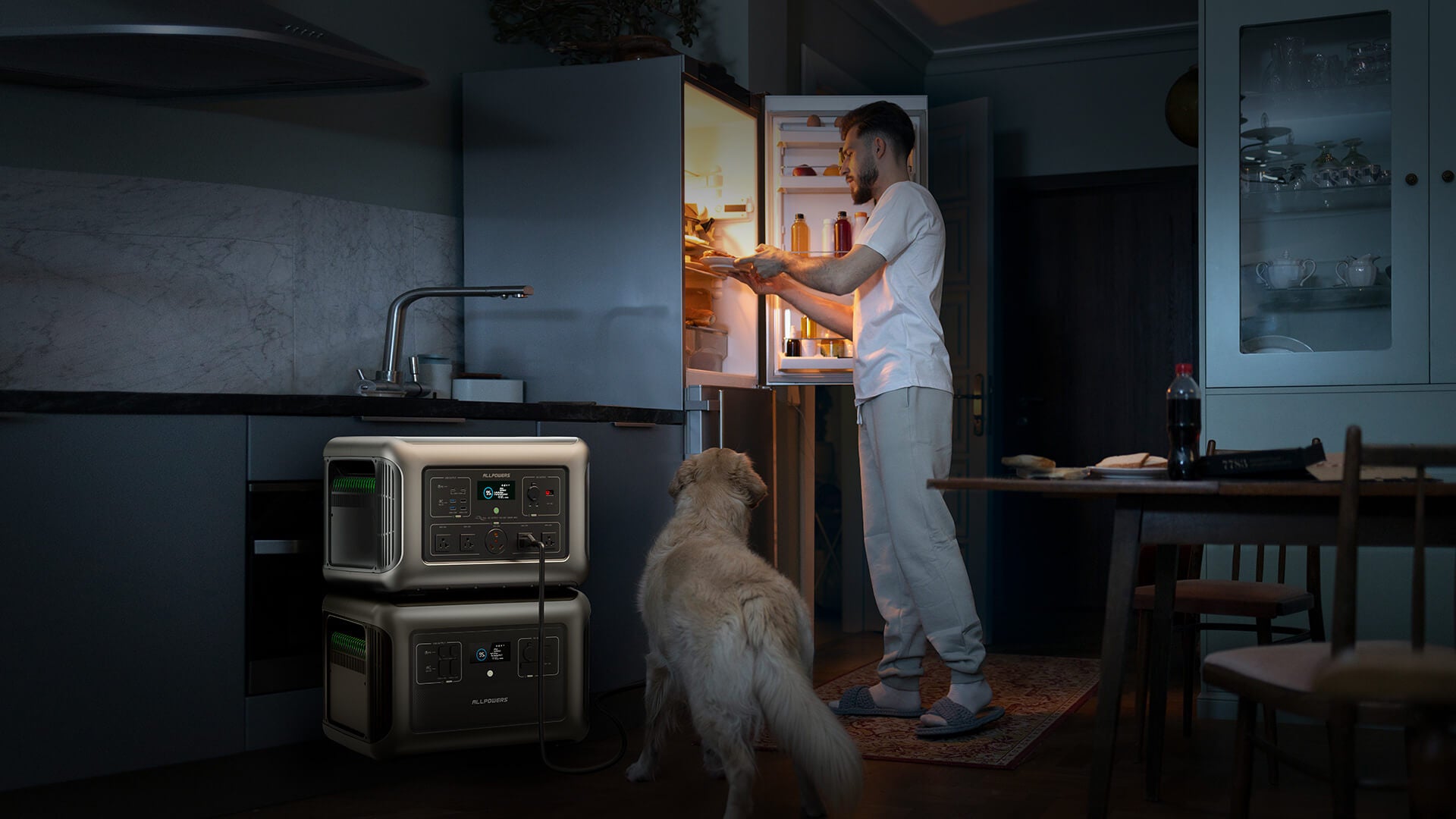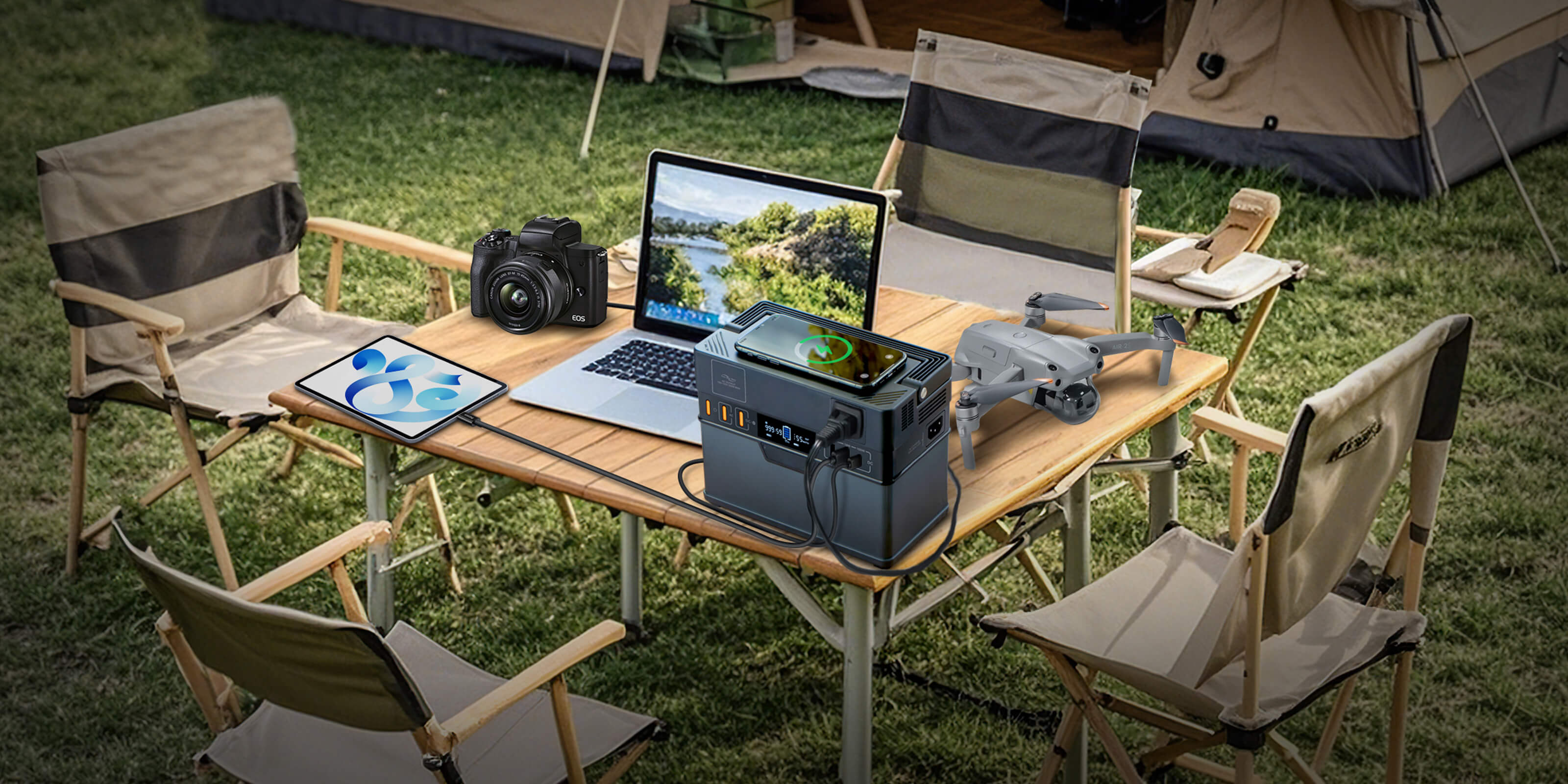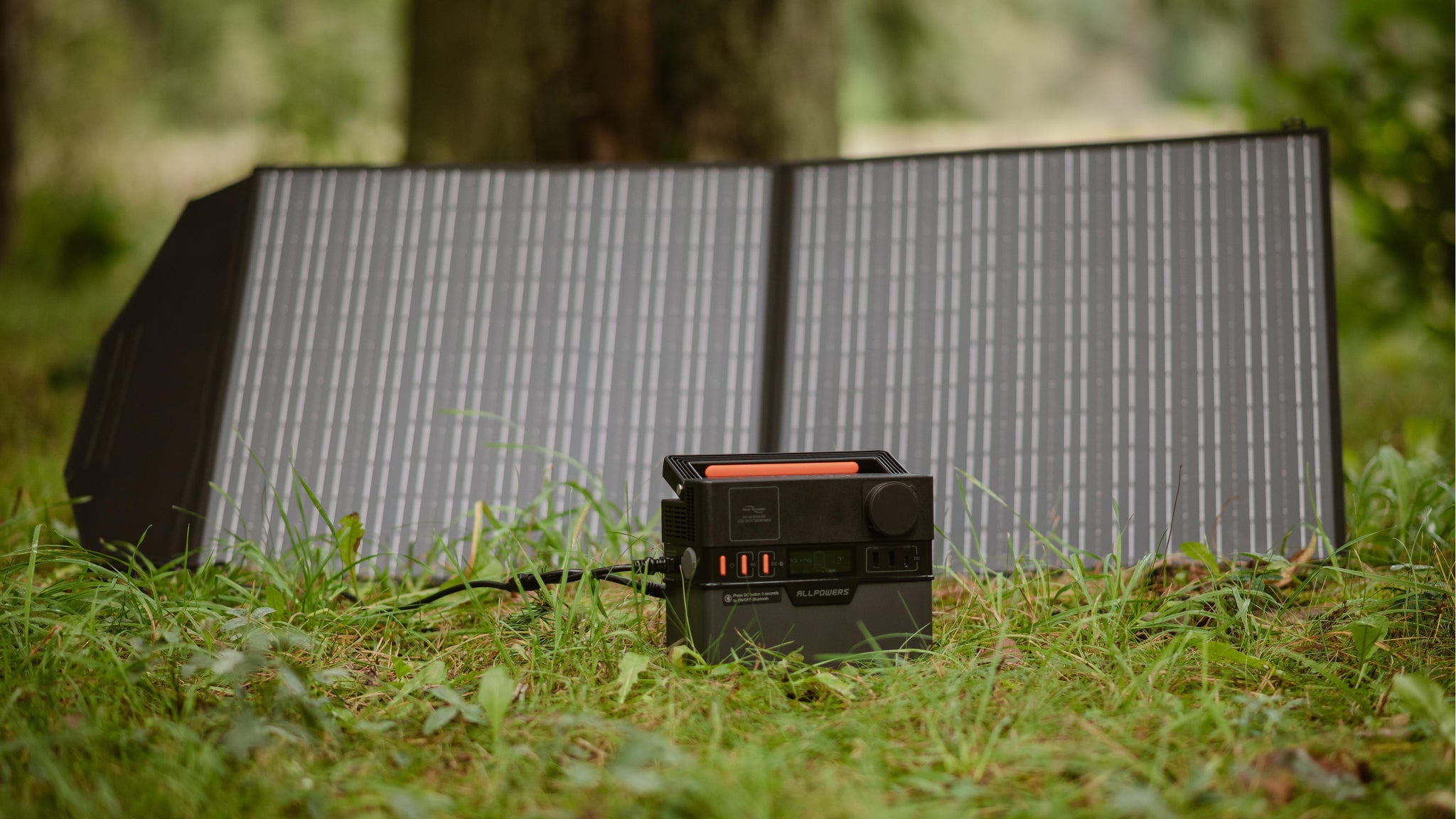When it comes to solar panels, everyone seems to simply think they just need to slap them on the roof or stick them in the backyard.
But here’s the part many people overlook: the direction those panels face can make or break how much power they produce.
So… what direction should solar panels actually face?
Why Solar Panel Direction Matters
Solar panels are like sunflowers—they follow the light.
Their entire purpose is to soak up as many rays as possible and turn them into usable electricity.
The direction and angle of your panels directly determine how much sunlight they get throughout the day.
Think of it like charging your phone. Plug it into a weak power source, and it’ll crawl from 5% to 50% over hours.
Plug it into a fast charger, and it jumps to full in no time. The “fast charger” for solar panels? Facing them the right way.
Learn More: Do Solar Panels Need Direct Sunlight?
The Ideal Direction Depends on Where You Live
The truth is simple: solar panels work best when they face the sun for as long as possible.
But since the sun’s path changes with your location and the seasons, there’s no one-size-fits-all answer.
If you live in the northern hemisphere—say, the United States, Europe, or most of Asia—solar panels should face south.
That’s because the sun travels across the southern part of the sky, offering the longest and strongest exposure during the day.
Now, flip the globe. If you’re in the southern hemisphere—like Australia or South Africa—the rule reverses. Panels should face north.
Or, maybe your home faces east-west, or architectural features limit your options. In those cases, east or west orientations also work, just expect slightly lower yields.
Pretty simple, right? Well, not quite. Don't forget shade.
Even a small shadow from a chimney or nearby tree can cut panel output dramatically.
Before installation, always check for potential obstructions—trees, chimneys, antennas, or nearby buildings.
And here’s a tip pros often mention: use solar mapping tools like PVWatts or Google’s Project Sunroof.
They’ll show how much sunlight your roof actually gets throughout the year, so you can plan accordingly.
Angle Matters Just as Much as Direction
The direction gets all the attention, but the tilt angle—how steeply your panels are set—matters just as much.
As a rule of thumb, the optimal tilt angle should roughly match your latitude.
If you live around 30° latitude, say Texas or southern Spain, your panels should tilt roughly 30° from horizontal.
Farther north, closer to 45° like in France or Oregon, you’ll want a steeper tilt—closer to 40° or 45°.
Why? Because the sun’s arc gets lower as you move away from the equator, and a steeper angle helps your panels “see” more light during shorter winter days.
But here’s the thing—your optimal tilt might change with the seasons.
In winter, the sun sits lower in the sky, so a steeper tilt helps catch those lower rays. In summer, when the sun is high, a flatter angle captures more light.
Learn More: Do Solar Panels Work in Winter?
Some homeowners even install adjustable mounts, allowing them to tweak the angle a few times a year.
And if your home layout really isn’t ideal, portable solar setups can give you freedom to position panels wherever the sun hits best.
That’s a big reason why portable solar panels have exploded in popularity—they can follow the sun, not fight it.
Does Geography Change Everything?
Absolutely. The farther north you live, the lower the sun sits on the horizon—and the more important tilt becomes.
For example, in places like Canada or northern Europe, panels are often set at steeper angles to capture weak winter sunlight.
In southern regions like Texas or Spain, a shallower angle works just fine since the sun stays higher in the sky.
And if you’re in the Southern Hemisphere? Flip everything. Panels should face true north instead, since the sun moves across the northern part of the sky there.
Portable solar panels are a whole different game.
Unlike roof installations, you can point them wherever you want. Campers and travelers love that freedom.
Morning sun from the east? Tilt that way. Midday sun overhead? Flatten them out. Late afternoon glow? Turn slightly west.
It might sound tedious, but if you’re running a power station for your lights, fridge, or drone batteries, those small tweaks can stretch your power time dramatically.
Some modern panels even come with integrated kickstands that make repositioning effortless.
Conclusion
So, what direction should solar panels face?
In most cases, true south in the Northern Hemisphere (true north in the Southern) is your starting point.
But it’s not just a compass heading—factors like local climate, shading, and tilt angles all play into the ultimate decision.
At the end of the day, solar power is less about chasing the “perfect direction” and more about learning to work with nature.

